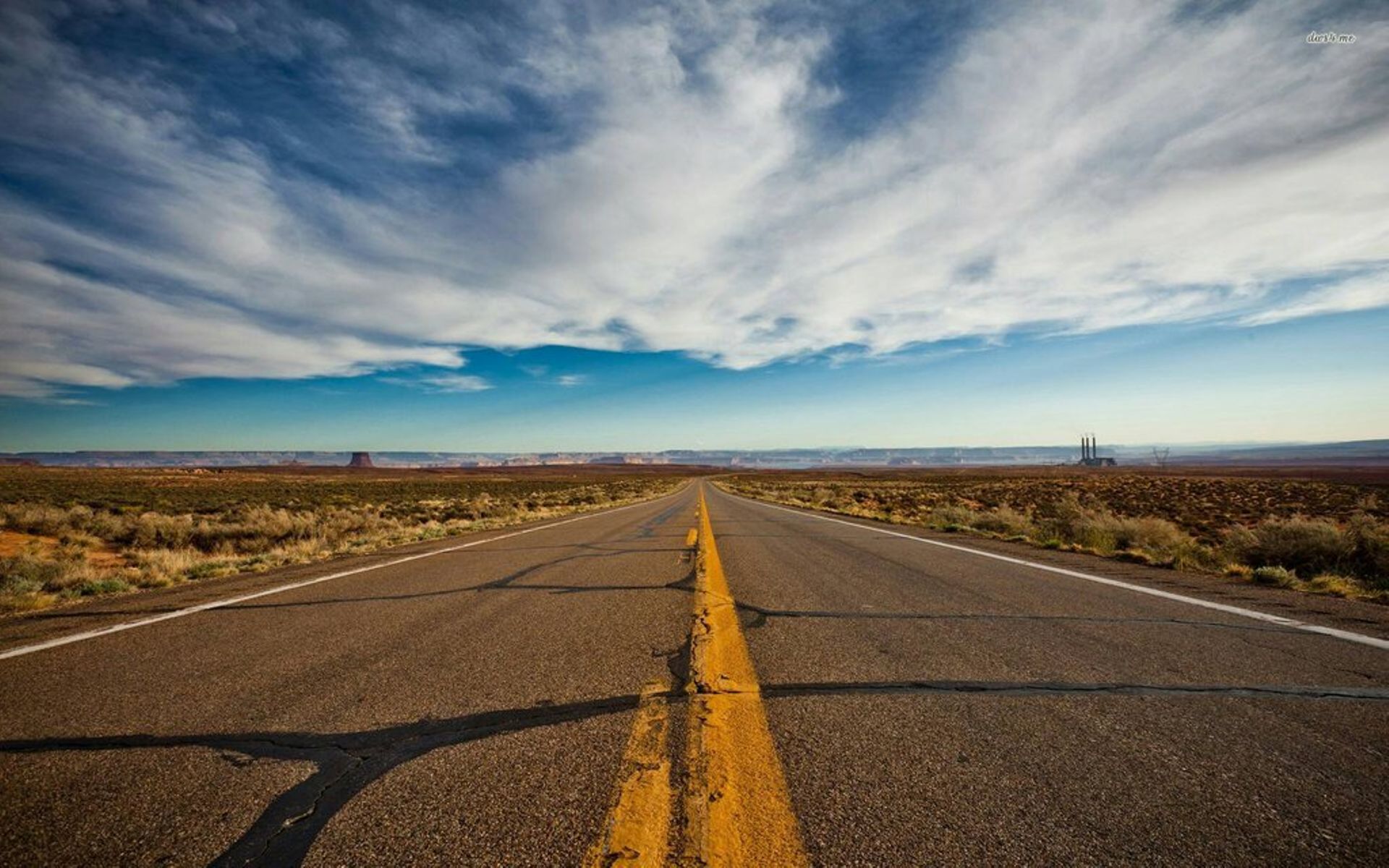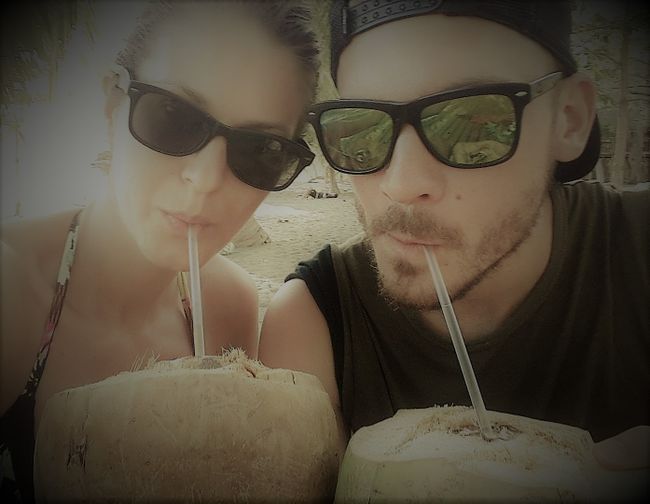Out of this World! - Uyuni
Publicado: 11.01.2018
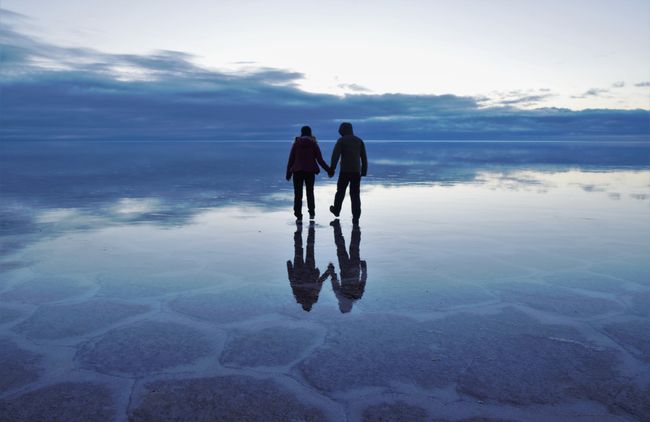
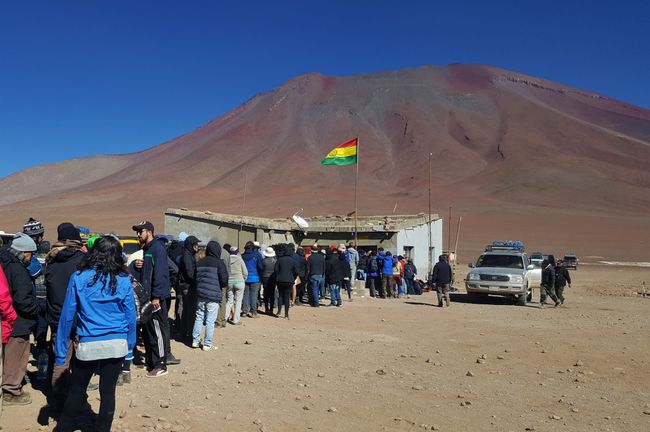
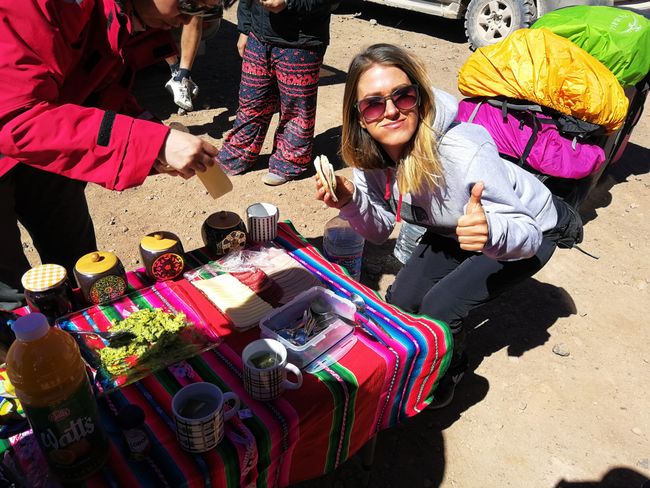
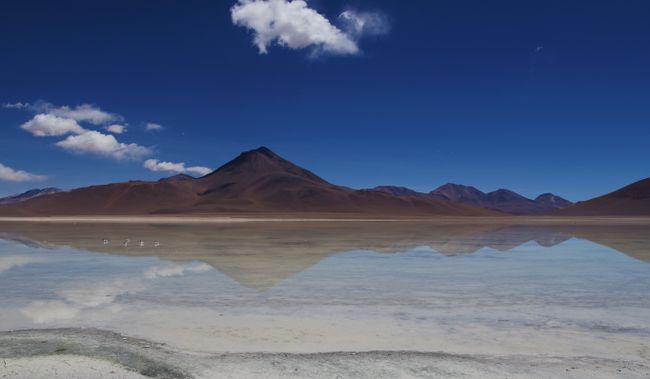
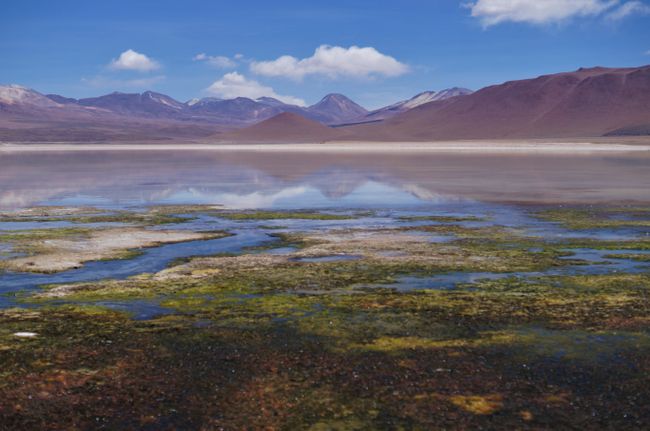
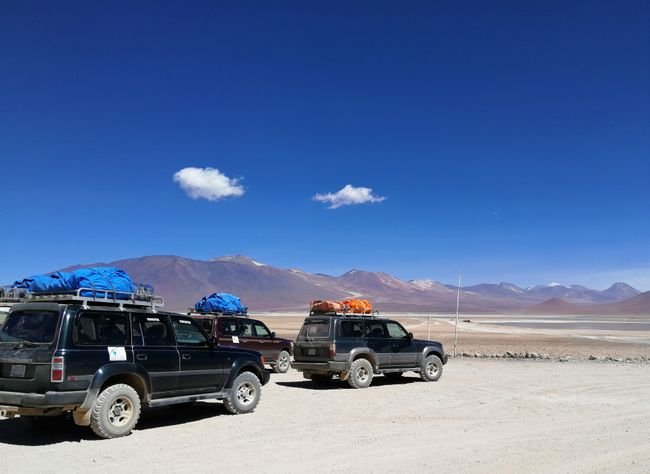
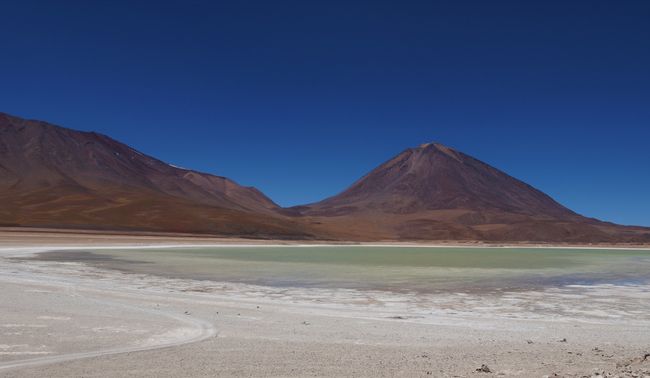
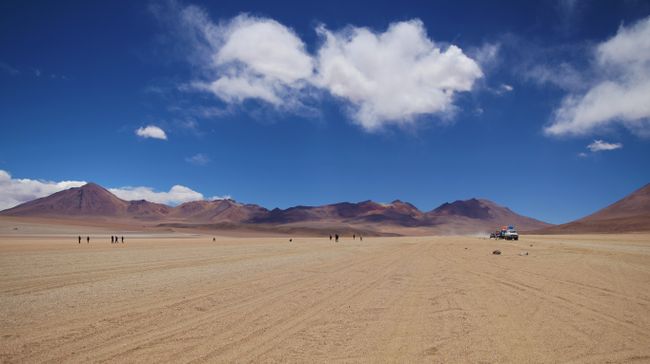
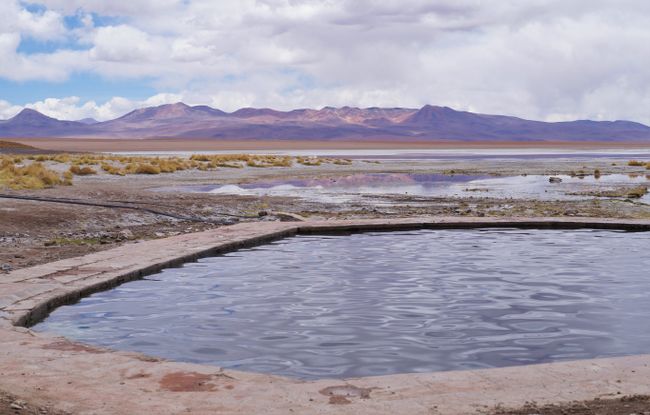
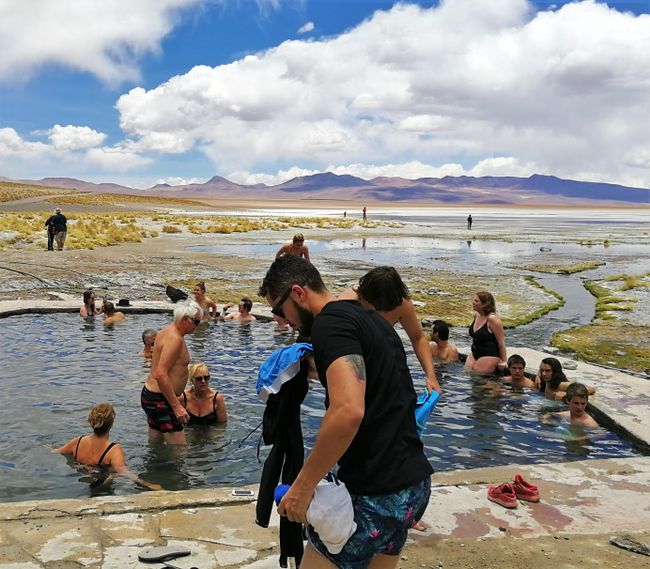
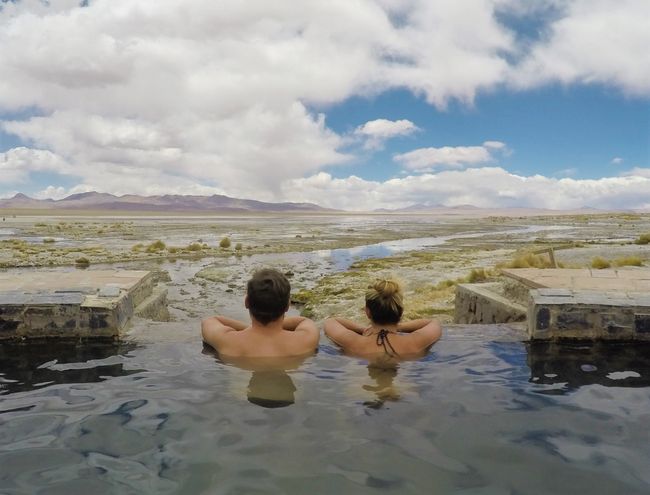
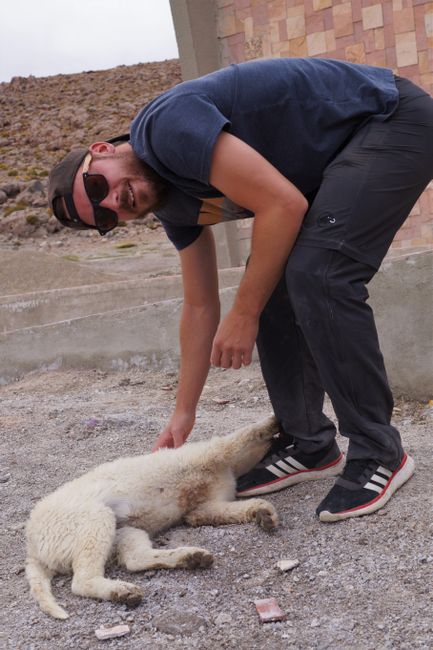
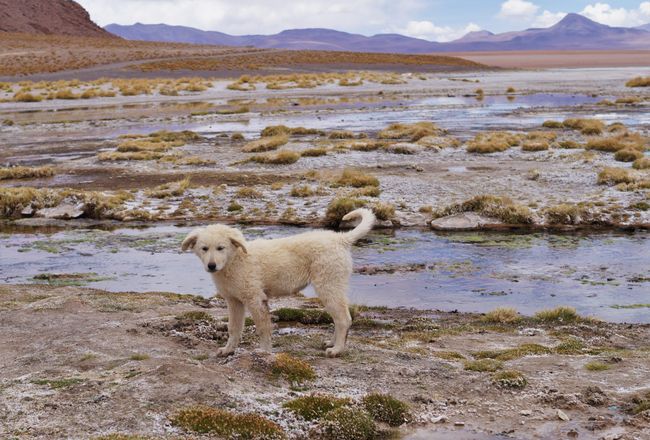
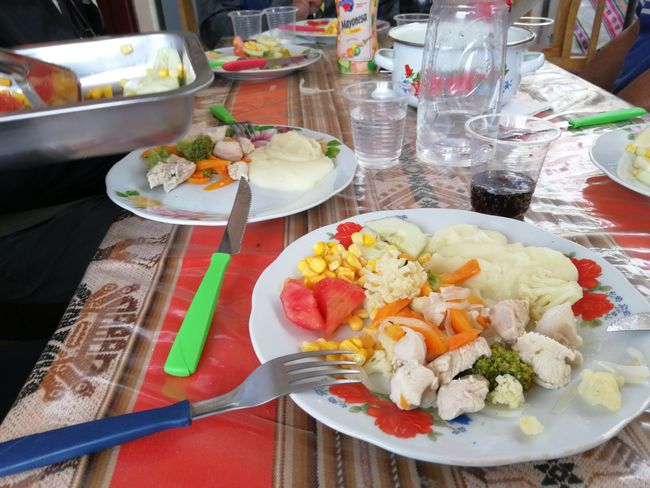
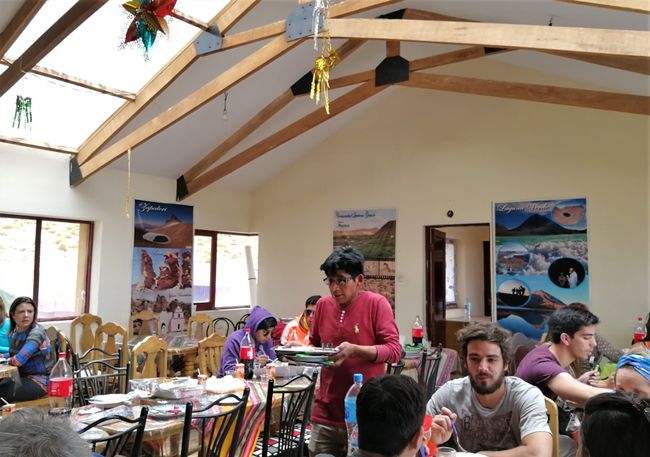
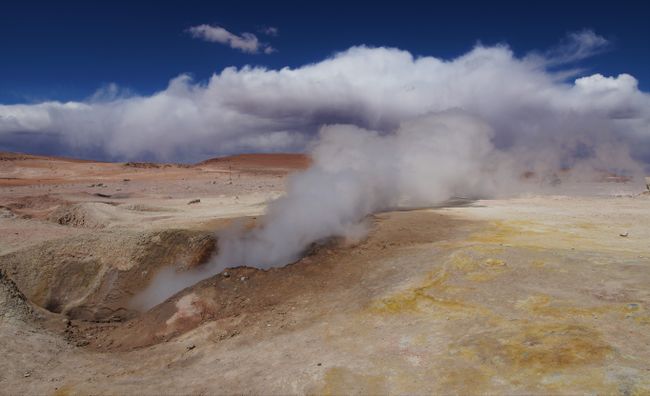
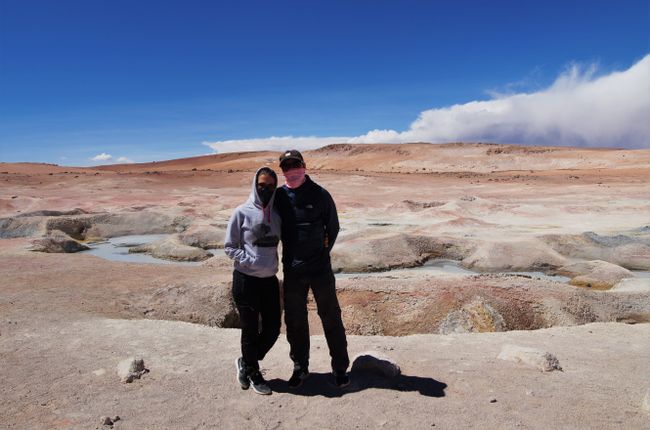
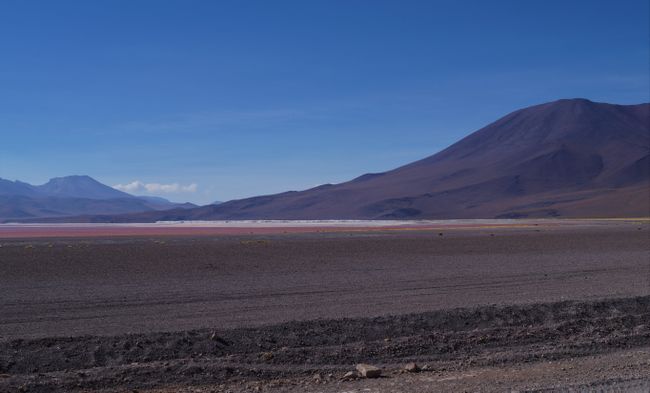
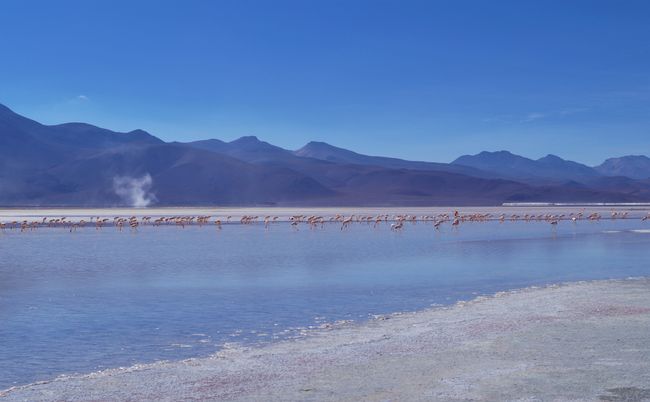
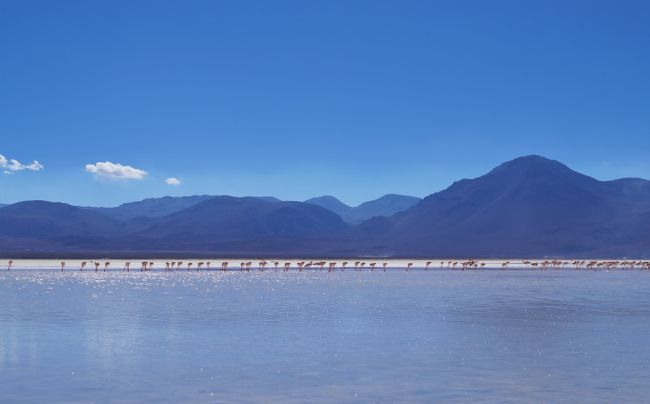
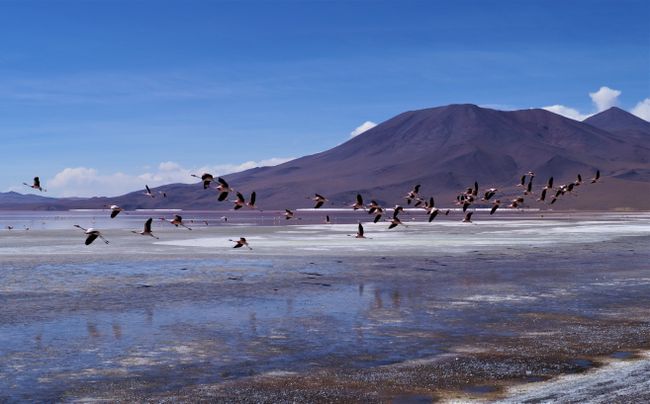
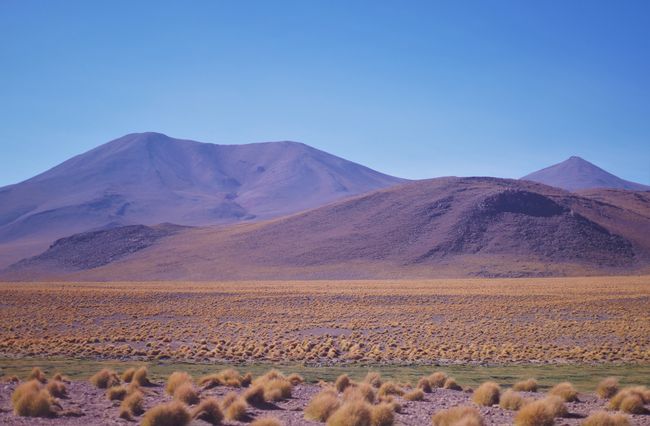
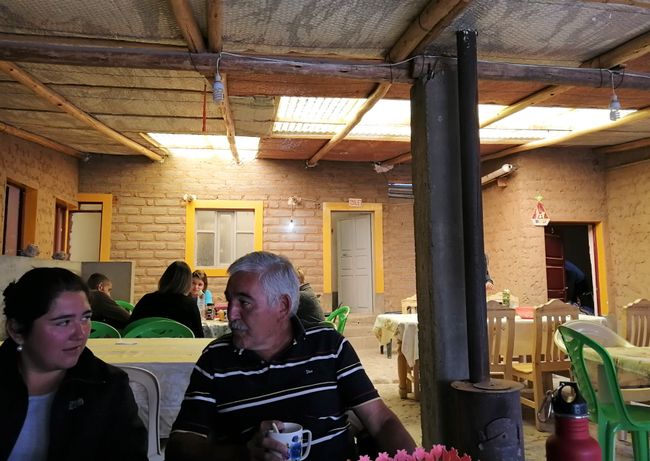
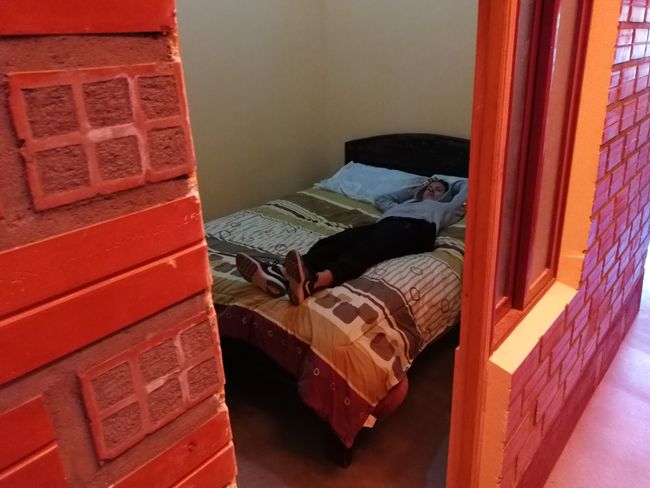
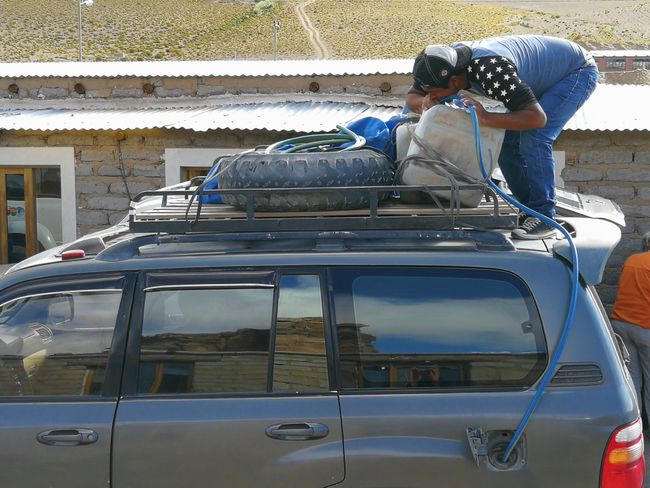
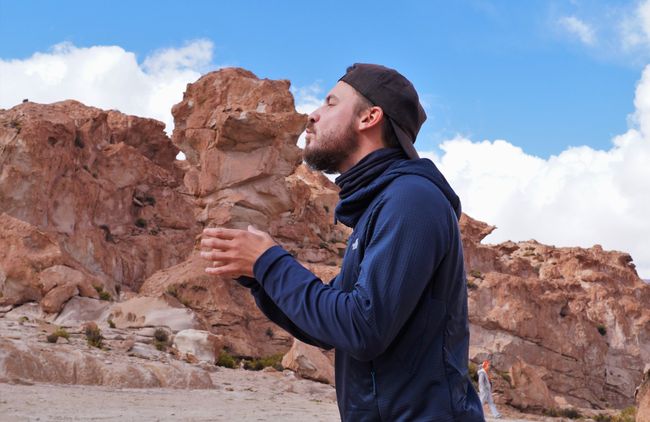
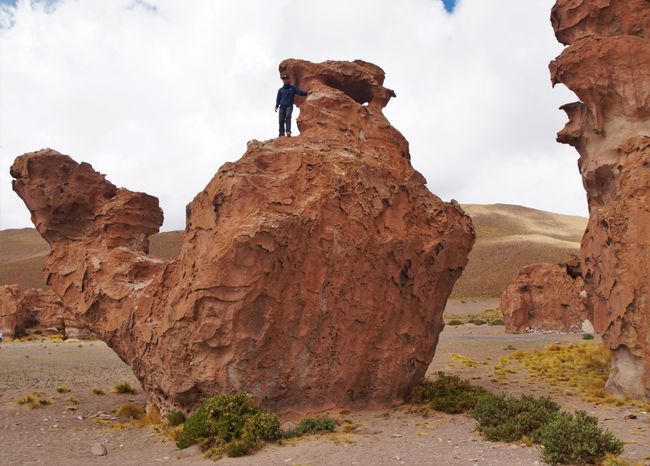
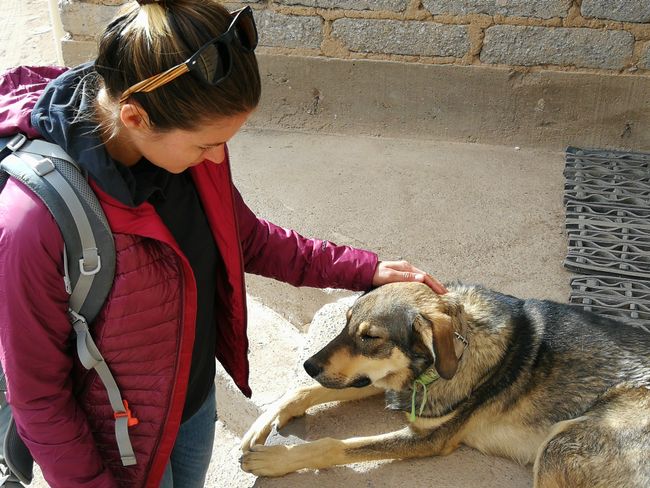
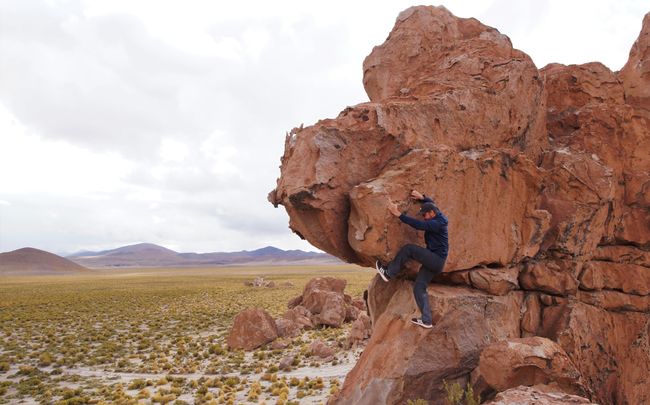
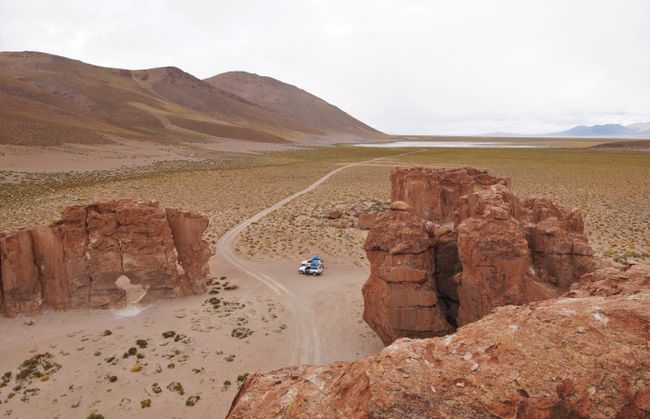
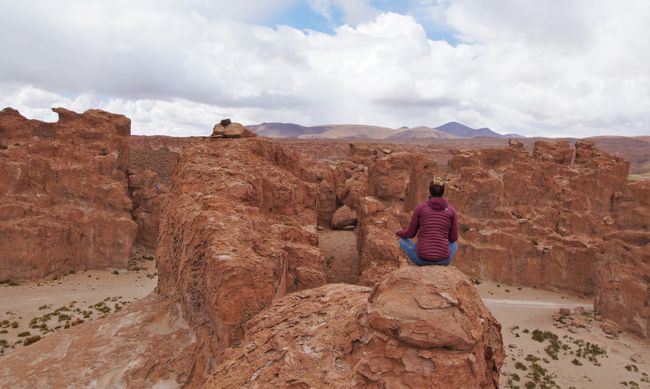
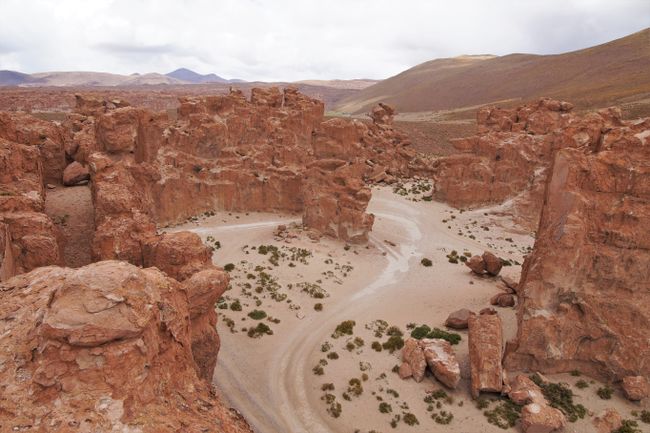
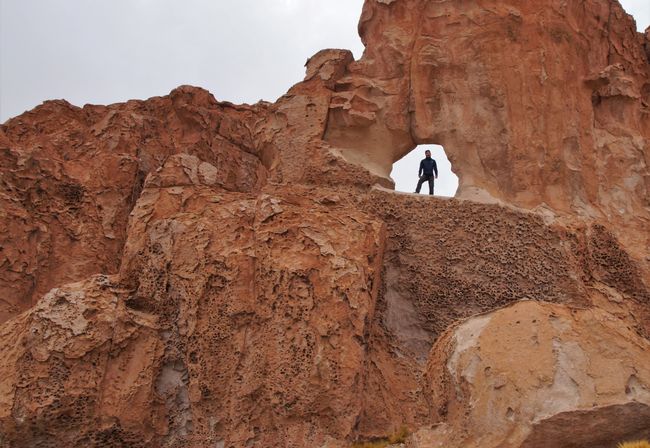
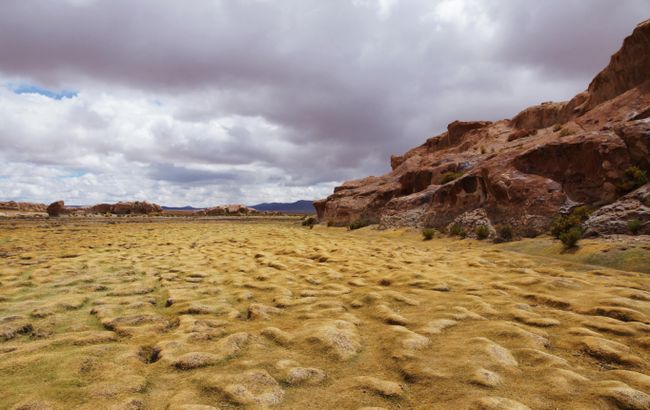
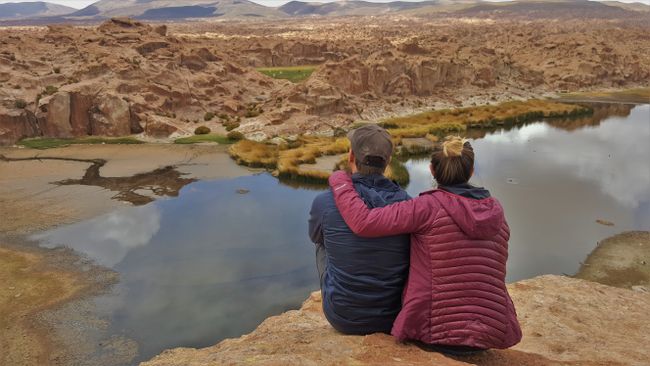
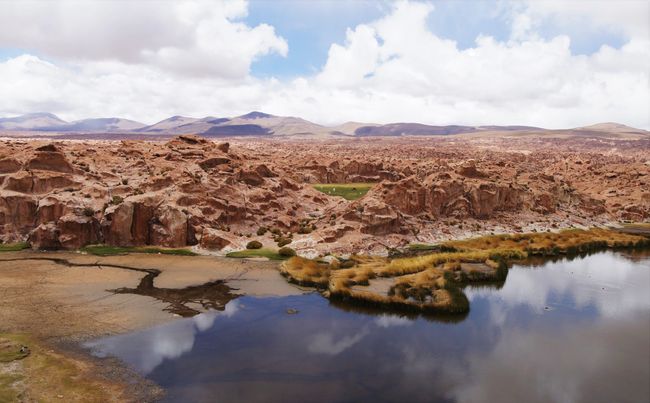
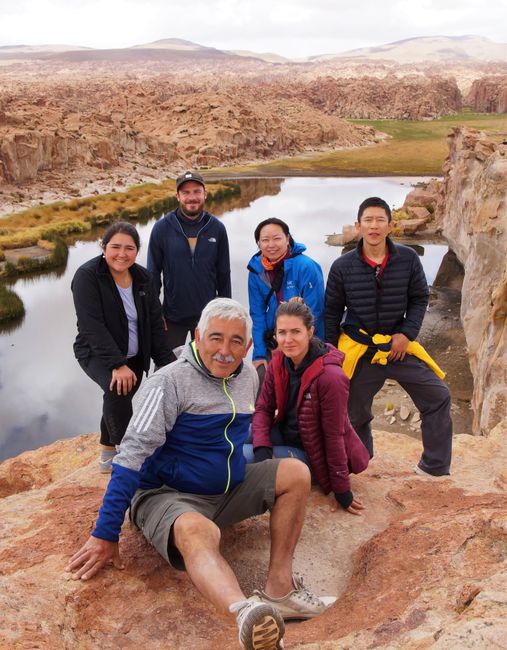
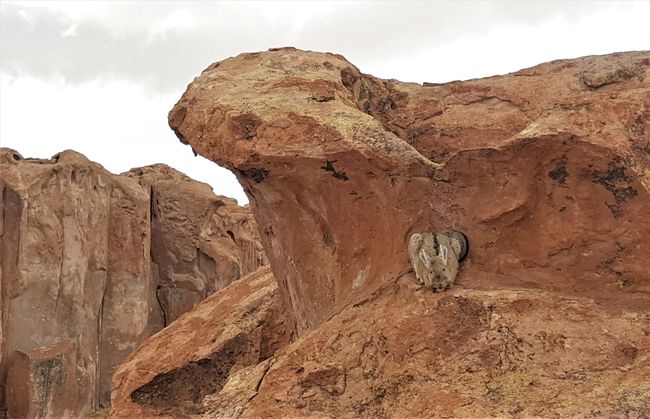
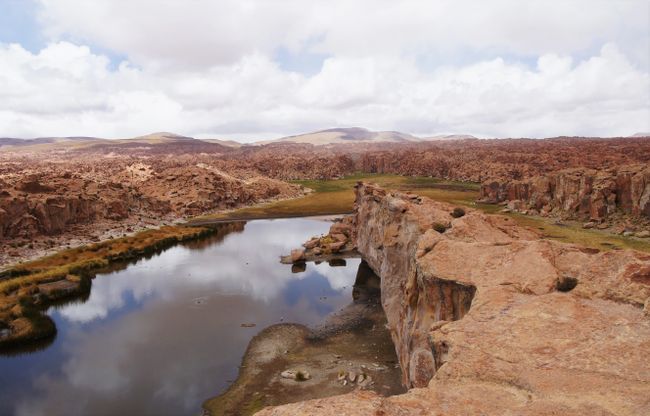
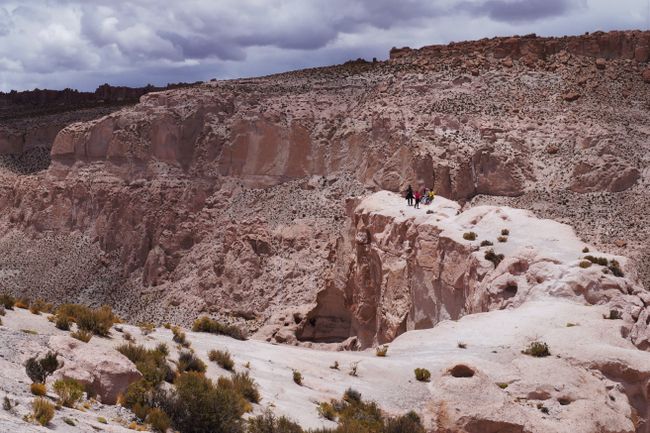
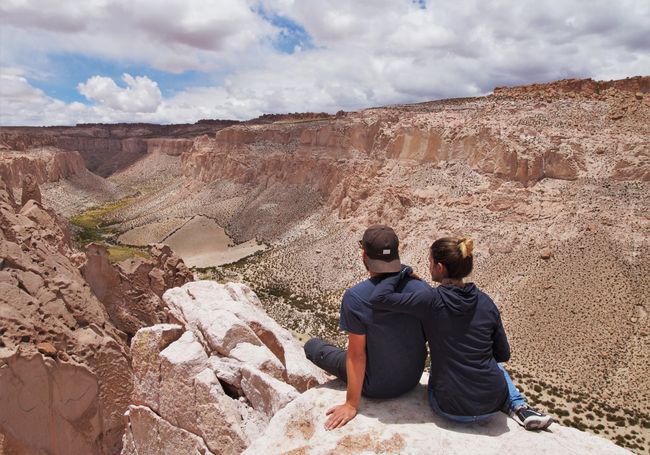
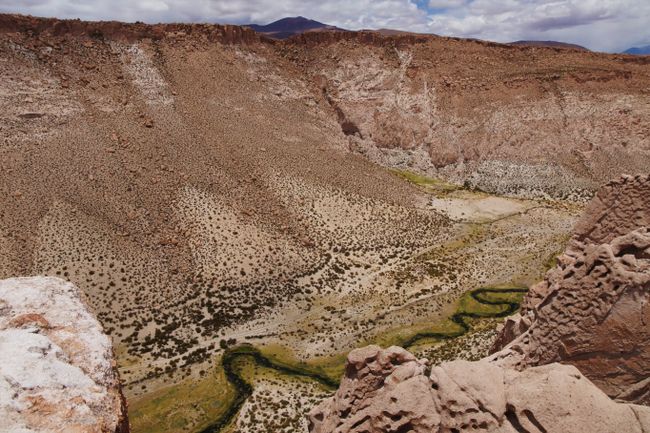
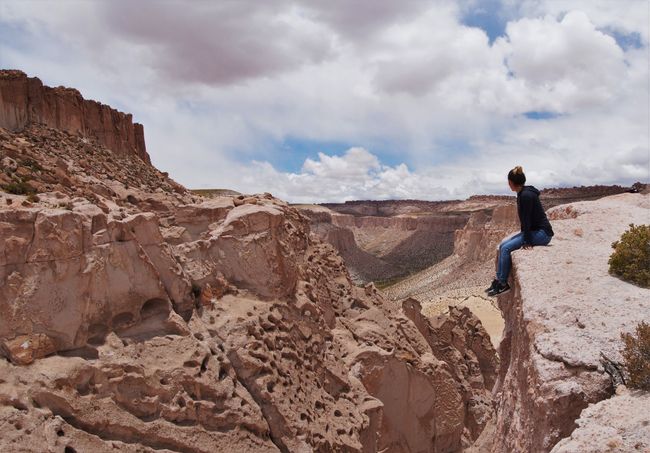
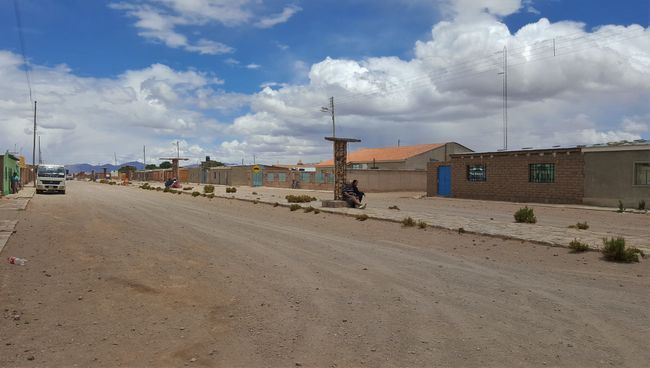
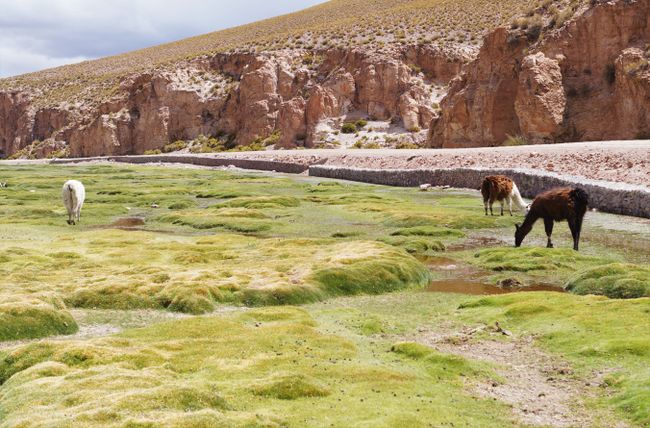
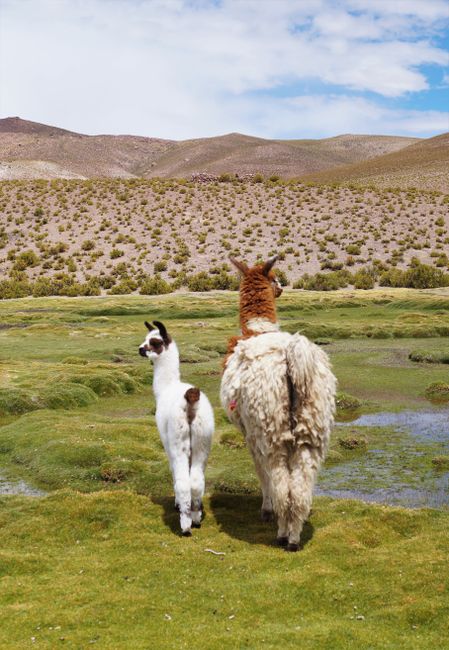
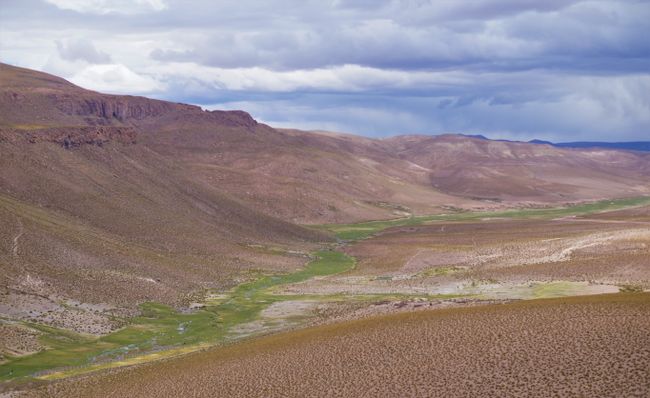
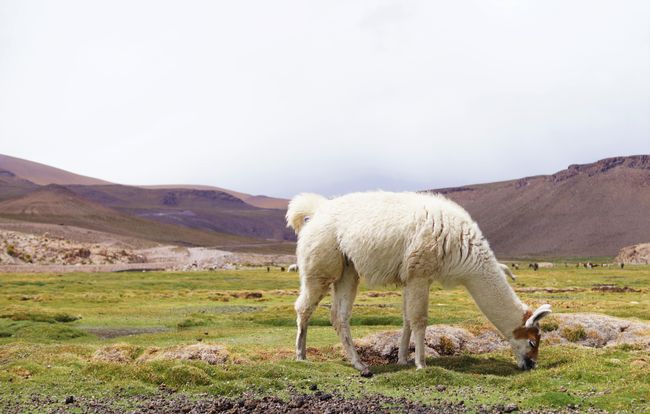
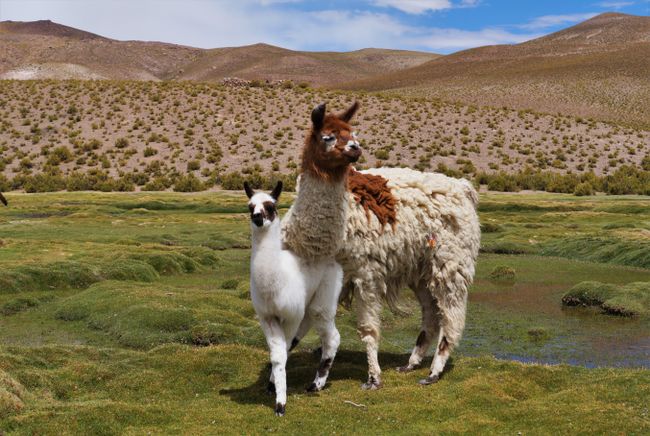
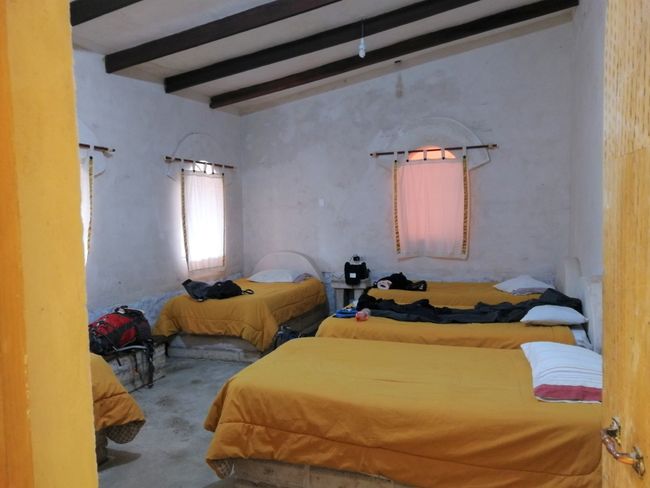
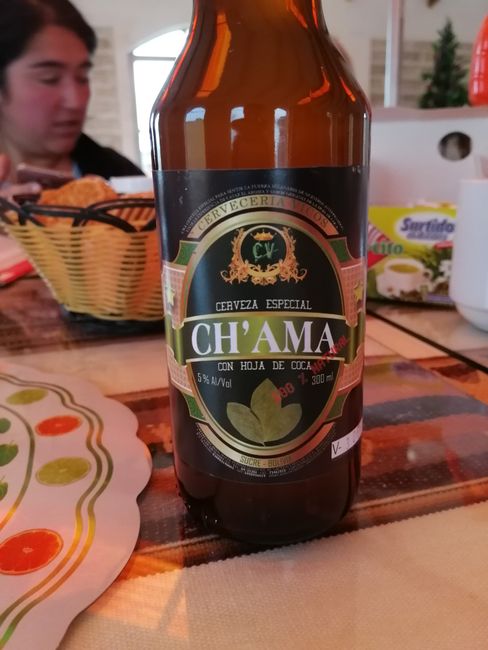
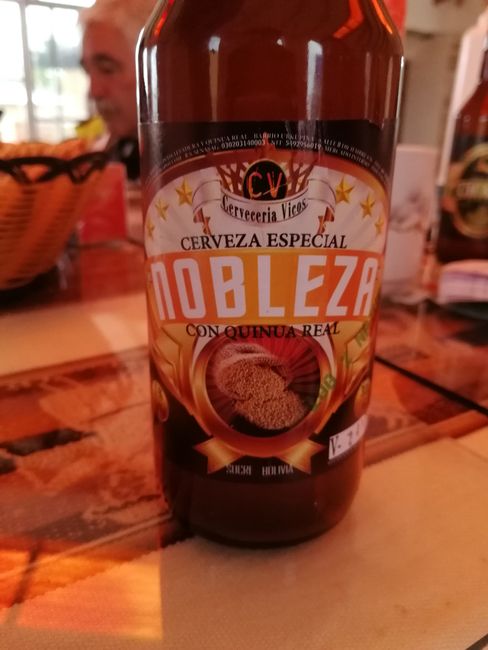
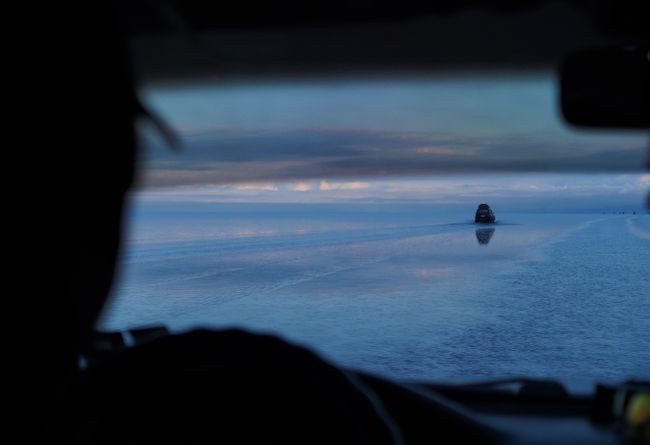
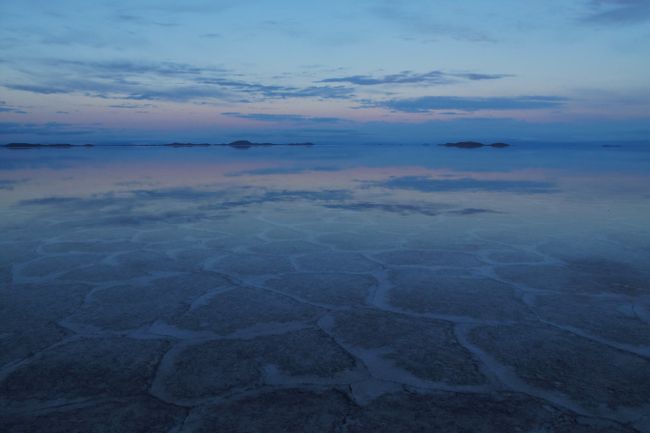
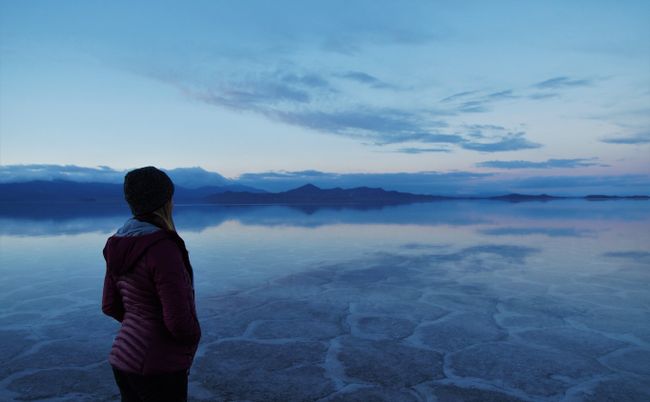
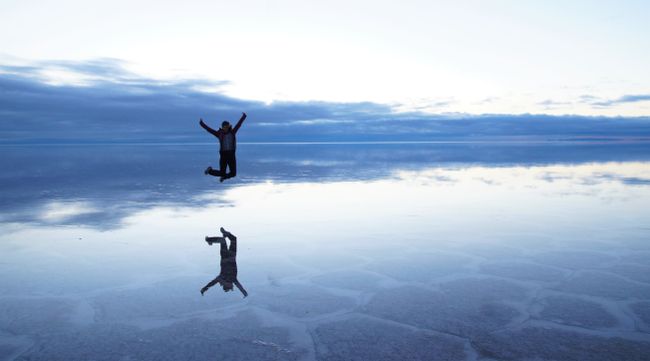
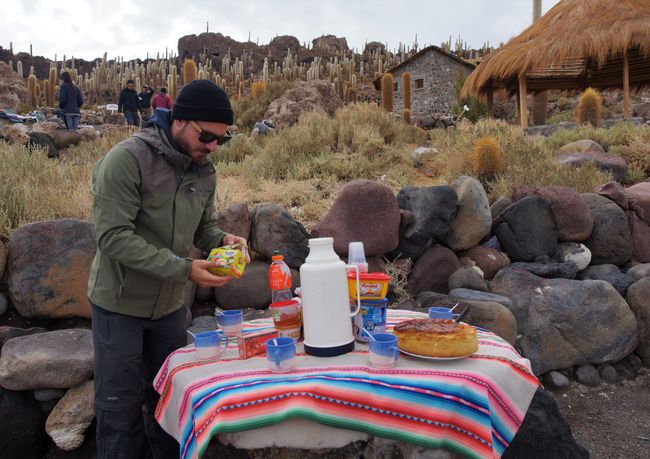
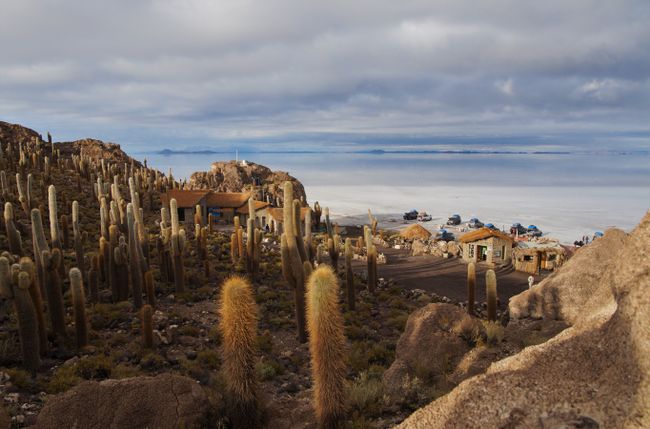
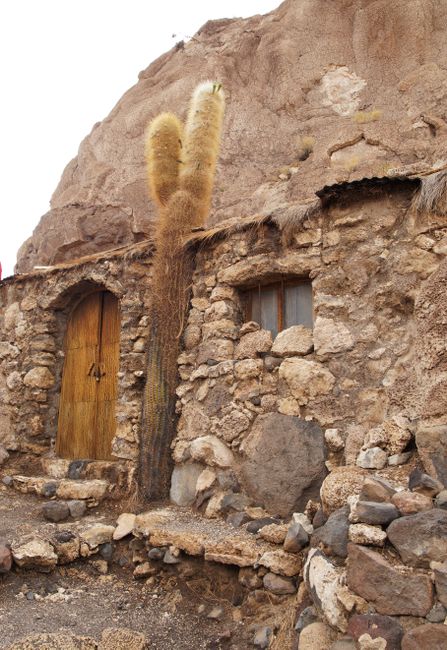
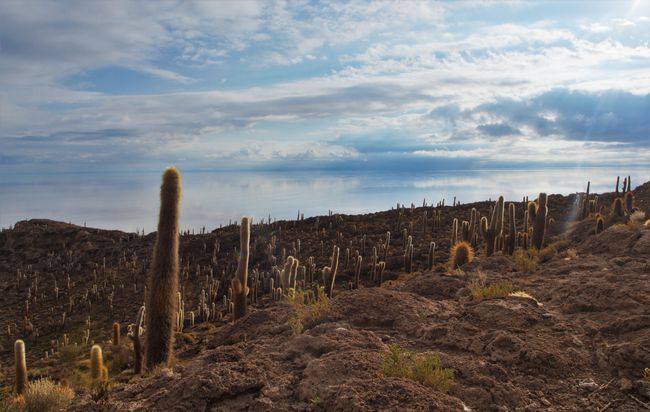
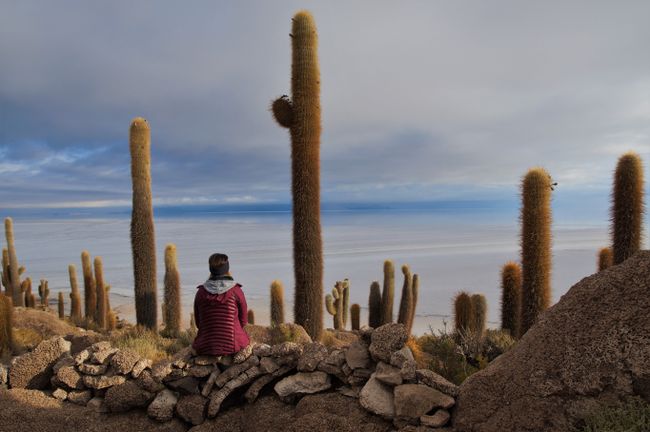
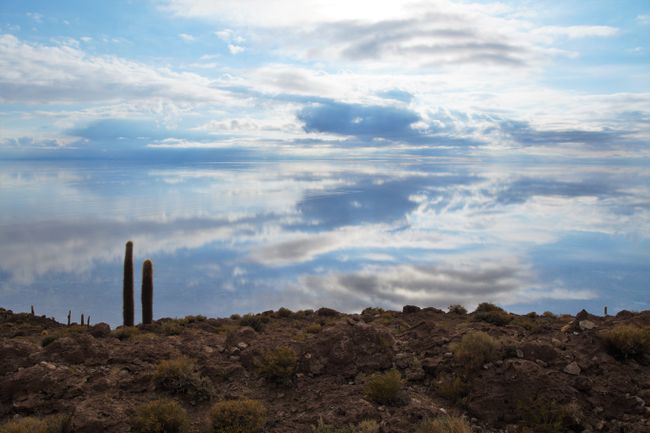
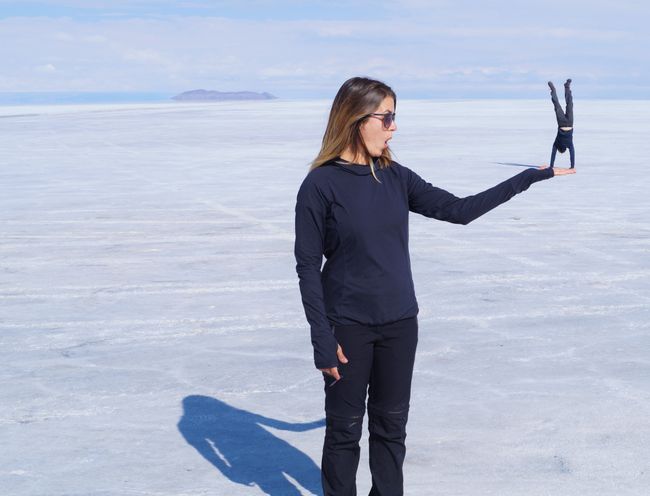
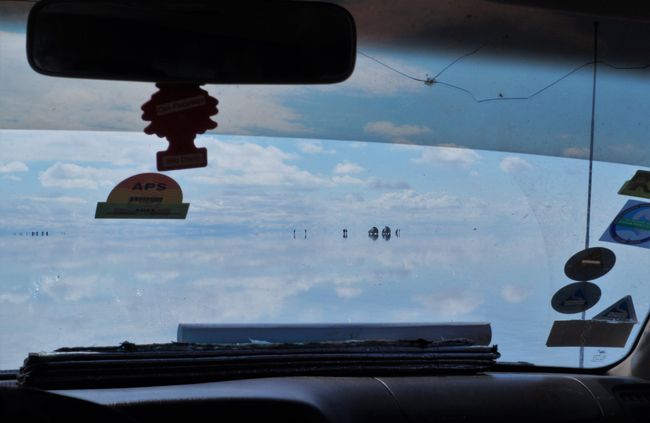
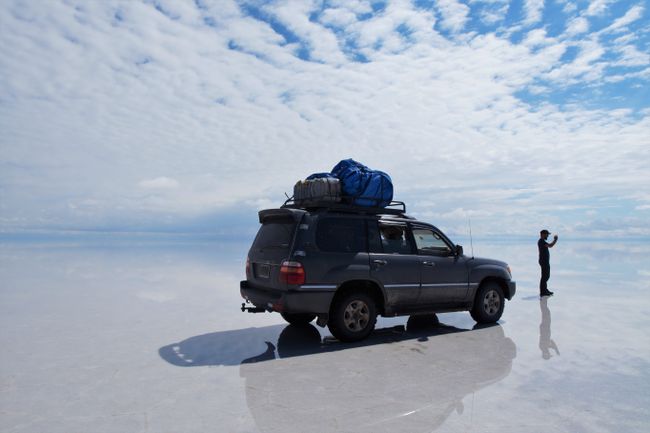
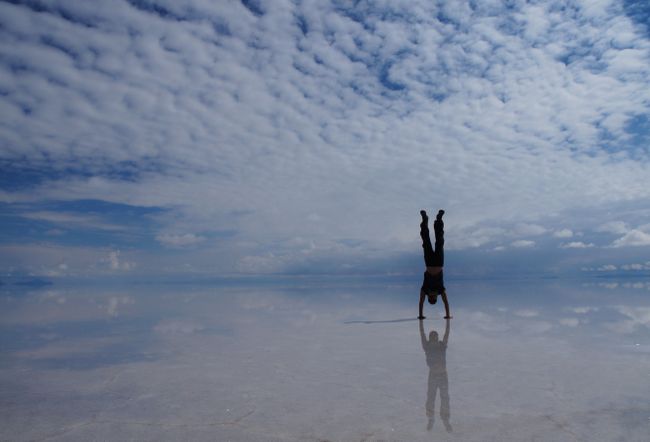
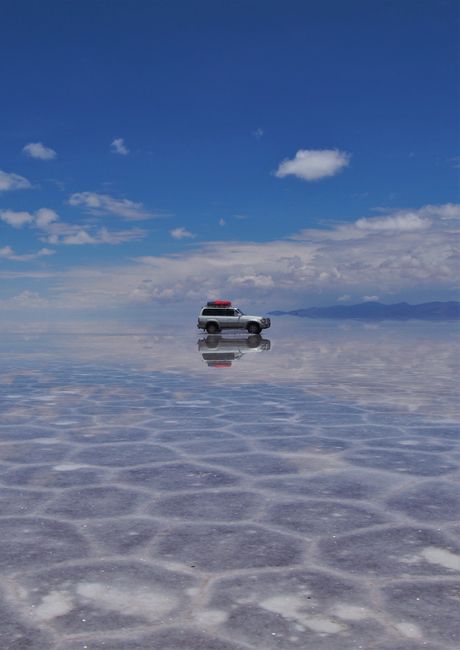
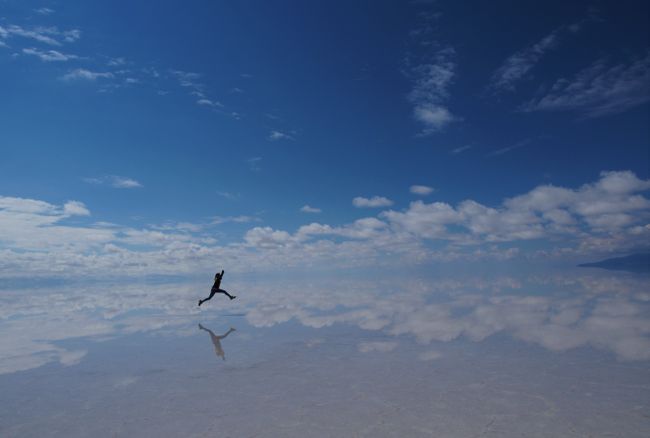
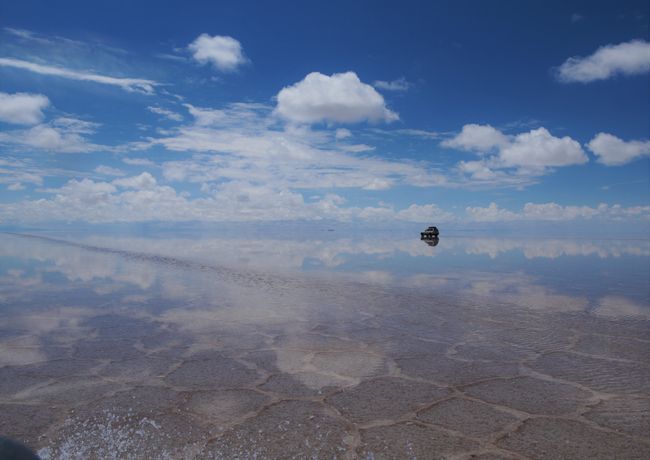
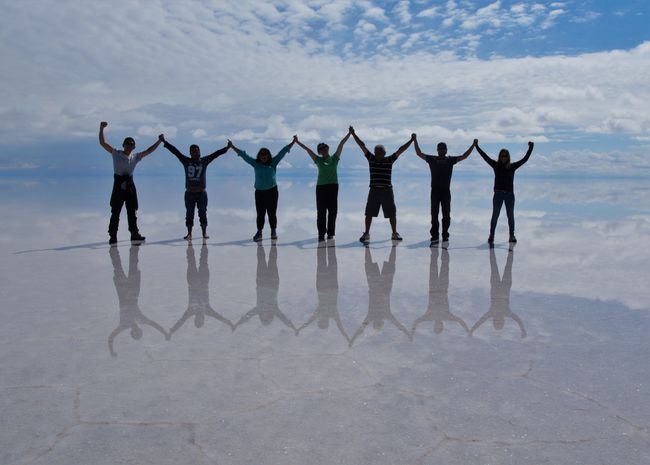
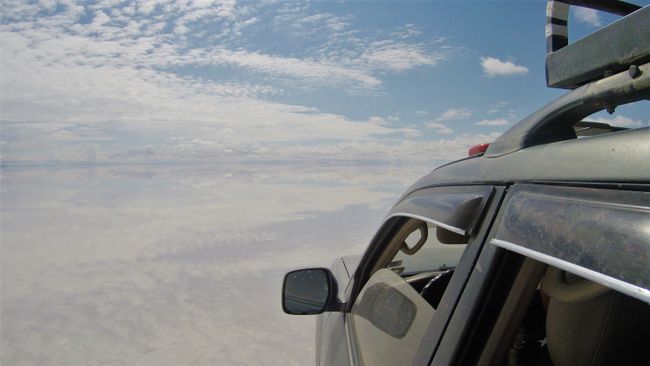
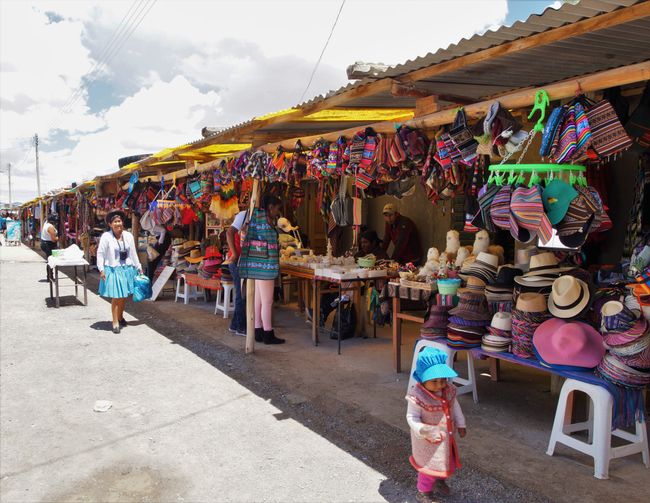
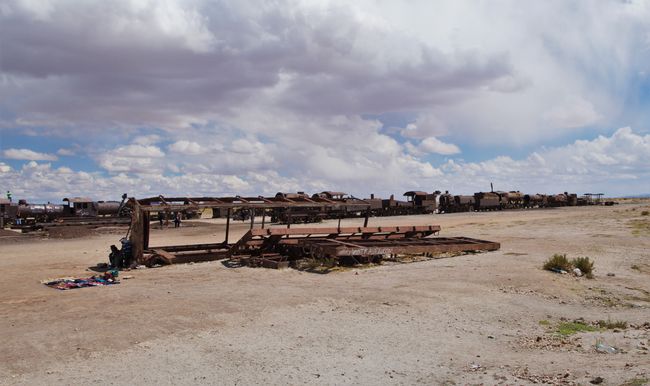
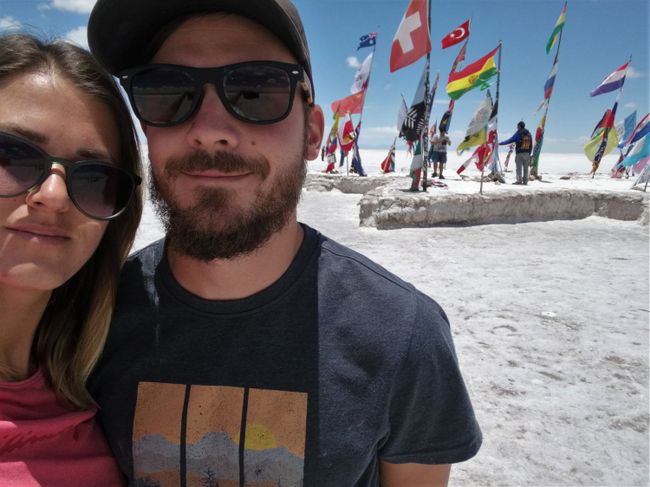
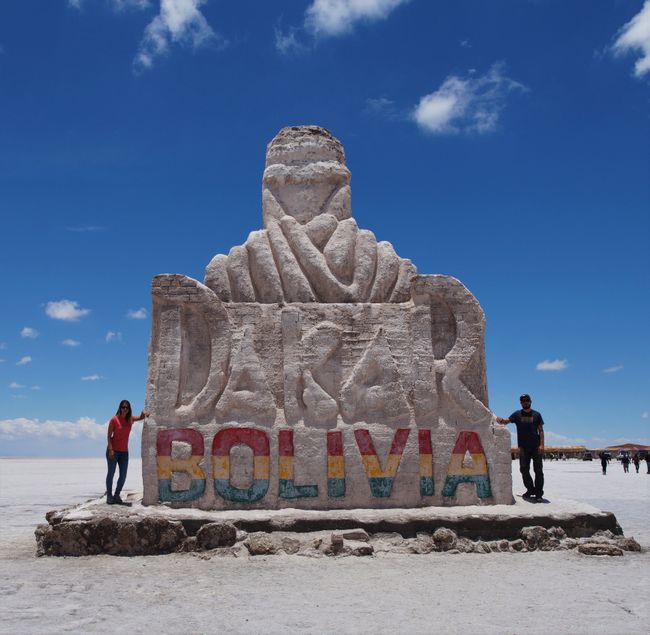
Subscríbete ao Newsletter
07/01 - 09/01
We stop in the middle of nowhere and get out of our jeep. The ground is lightly covered with water and the distant view only vaguely reveals the horizon. Around us is a sight that is hard to put into words. A landscape out of this world and of indescribable beauty - we are talking about the salt desert in the south of Bolivia, the Salar de Uyuni.
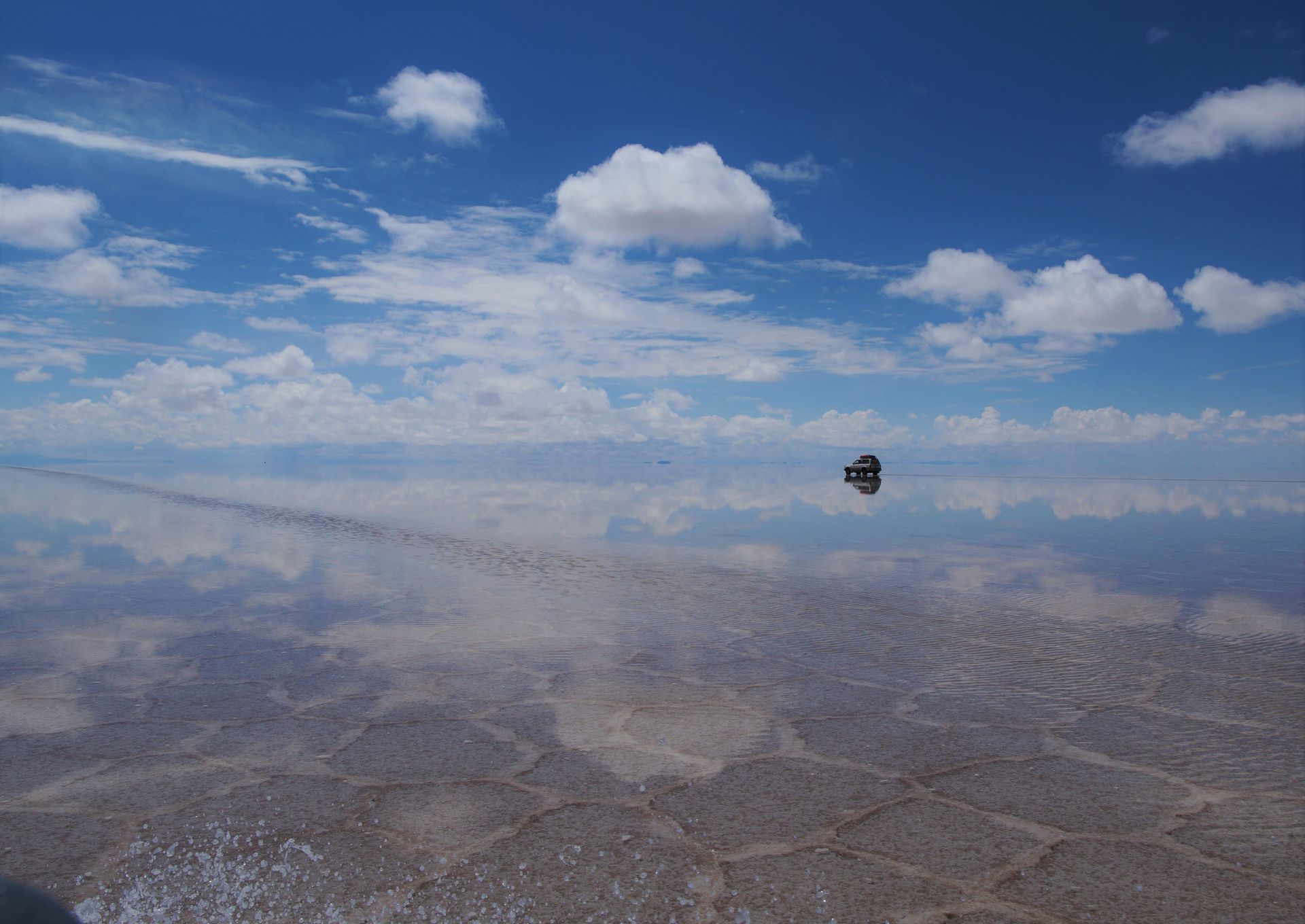
If you want to travel from San Pedro de Atacama to Bolivia in the north, there is actually only one logical way - straight through the wilderness to Uyuni. However, you cannot get very far on your own, so we - like many other tourists - booked a 3 days/ 2 nights tour from San Pedro de Atacama. The reverse direction is actually much more popular, which has a simple reason, which we experienced painfully.
We started in San Pedro at an altitude of 2,400 m. When we got off at the Bolivian border 30 minutes later, we suddenly were at 4,300 m. This difference in altitude in such a short time does not go unnoticed. We Austrians are used to steep uphill climbs when gaining altitude. Here in the Andes, you gain almost 2,000 meters in altitude without realizing it. The road from San Pedro goes straight on for a long time, always with a slight incline. It's only when you get off the vehicle that you suddenly notice the thin air.
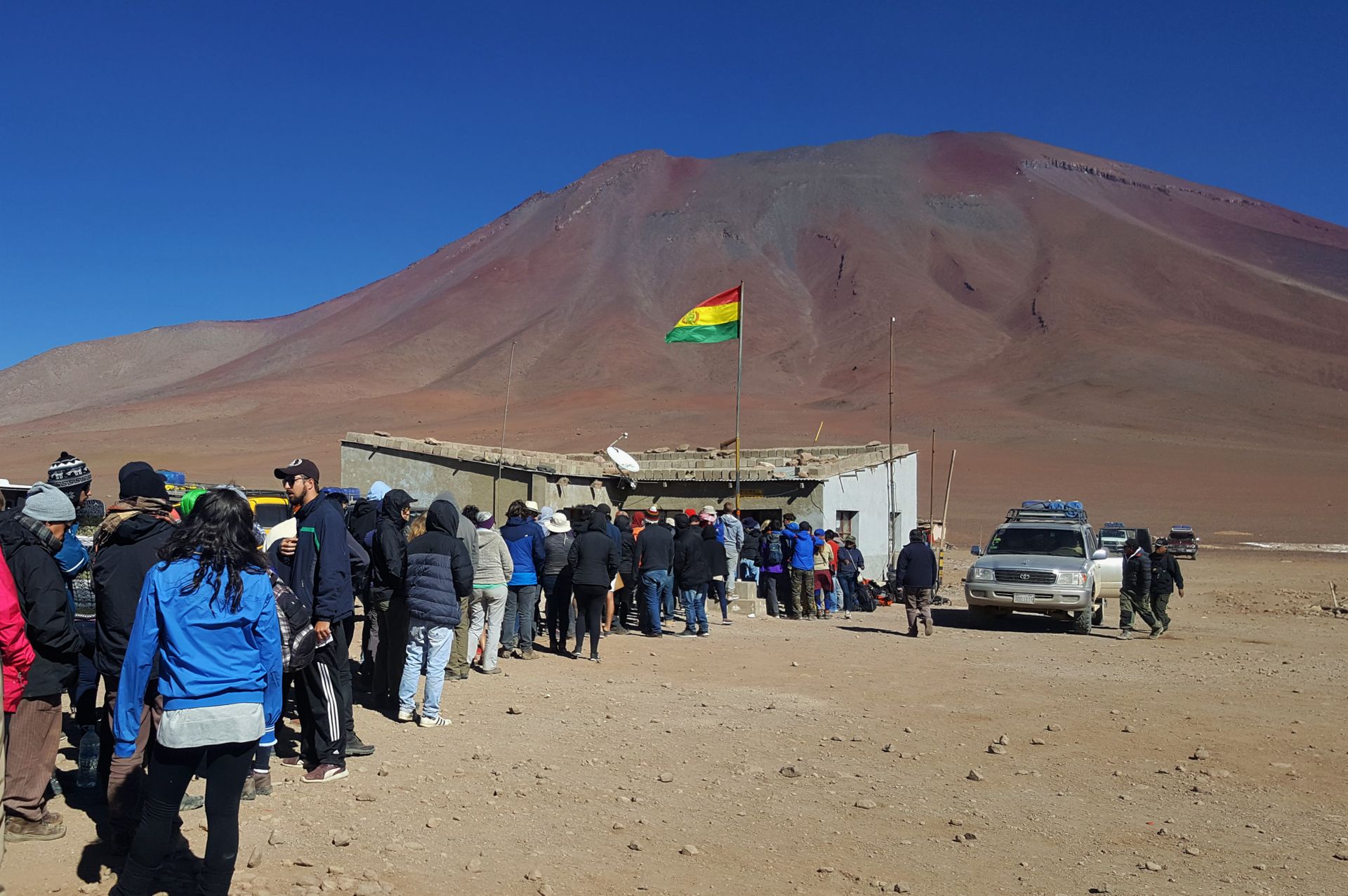
After entering Bolivia, which was a joke - handing over the passport, 'Ah, Australia', 'No, Austria!', 'Aha',
stamp,
goodbye - we had a nice breakfast in the parking lot. There we were divided into groups and loaded into our jeeps. The terrain we entered could only be driven with four-wheel drive - there was no sign of paved roads.
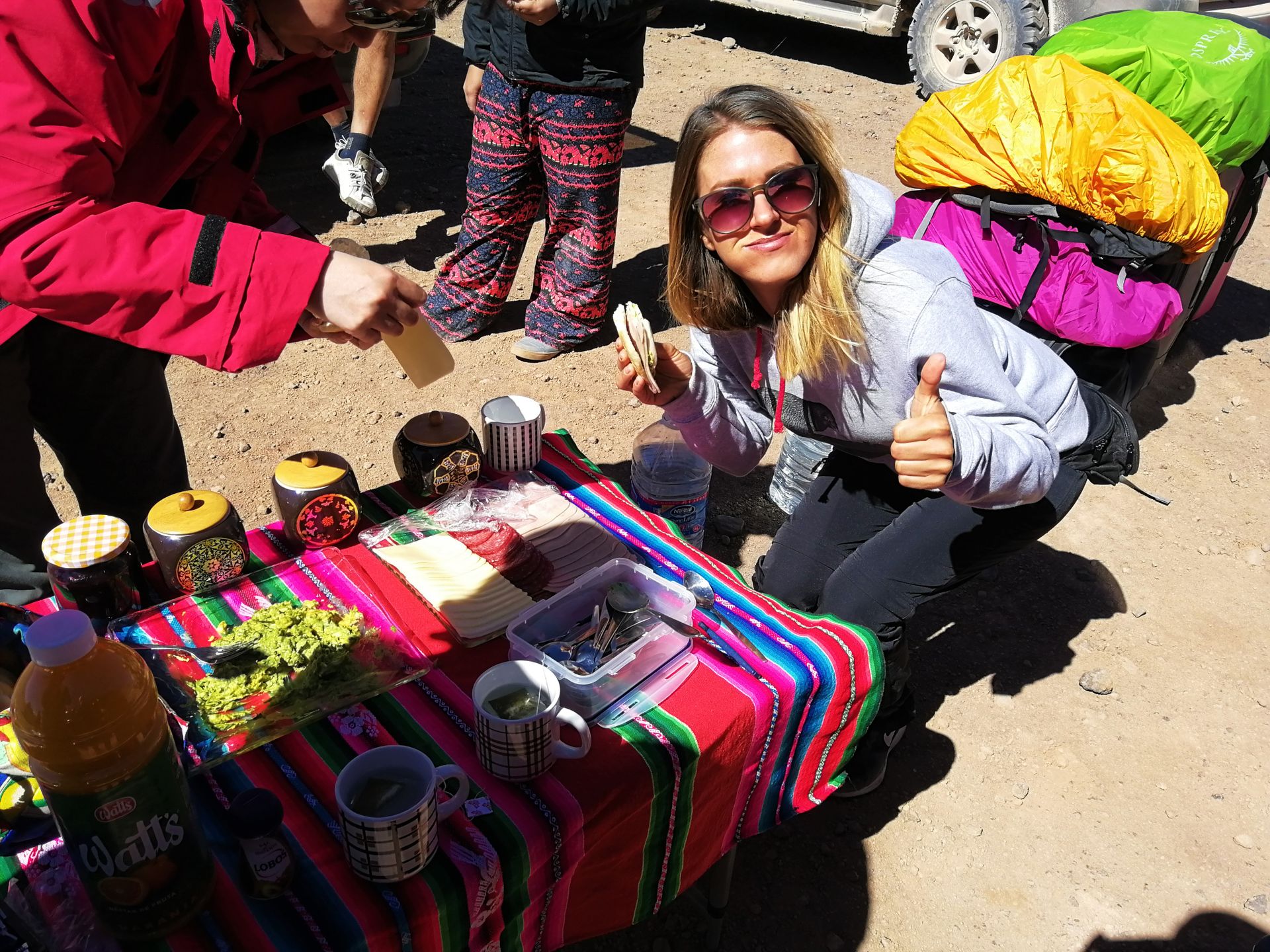
We were assigned to our driver Miguel and shared the jeep with four other tourists: two Chinese - Judy and Harry (I doubt that these are their actual Chinese names) and a father-daughter duo from Uruguay - Sofia and Papa Toni (with this name you could almost open a pizzeria). Let me tell you, we got along better with the Uruguayans...
The first day gradually introduced us to the nature of southern Bolivia. We stopped at some lagoons that were inhabited only by a few flamingos (we would see many more later) and got used to life in the jeep. For lunch, we stopped at a 'thermal bath', where we enjoyed the landscape in perfectly temperate water.

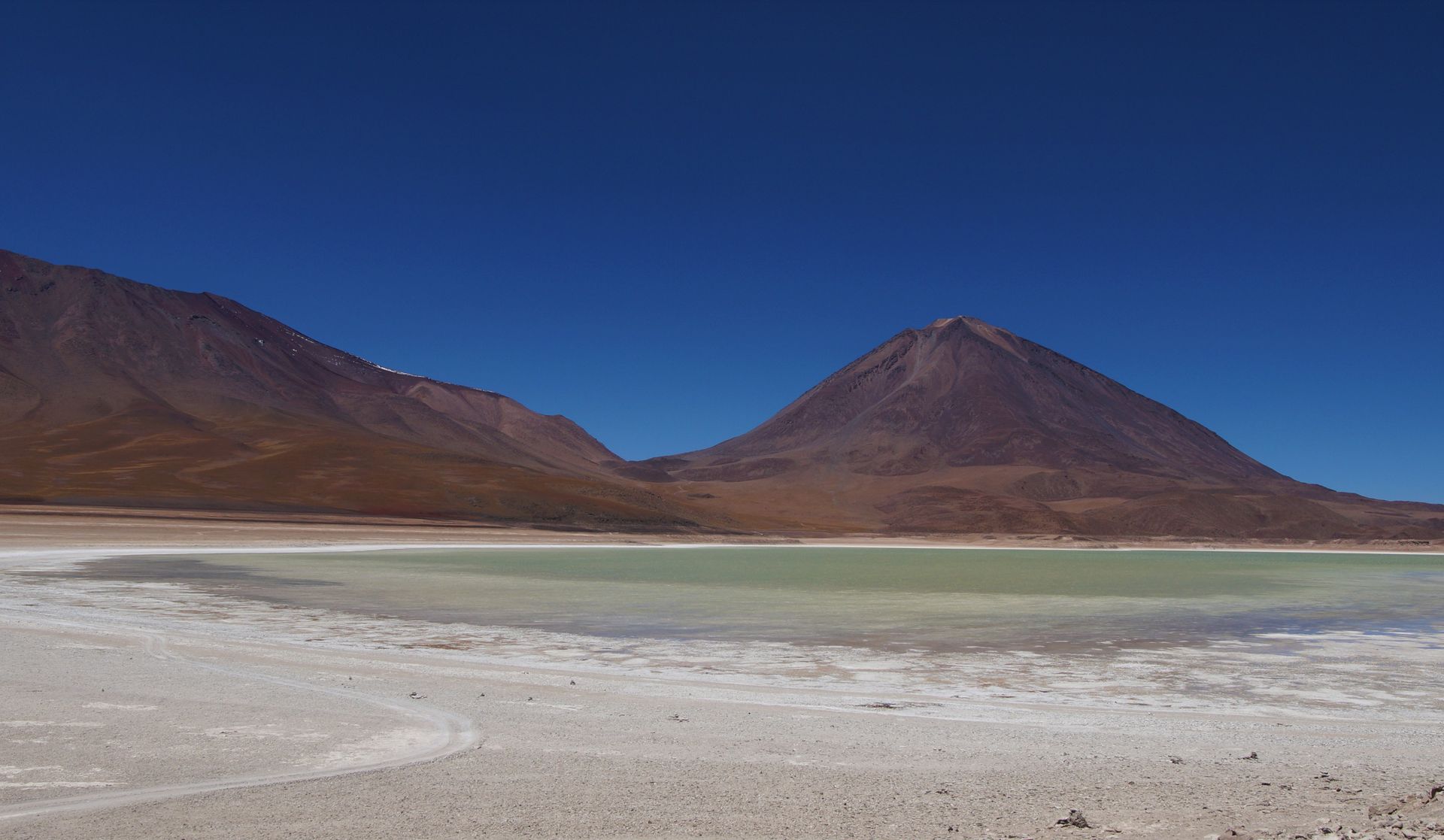
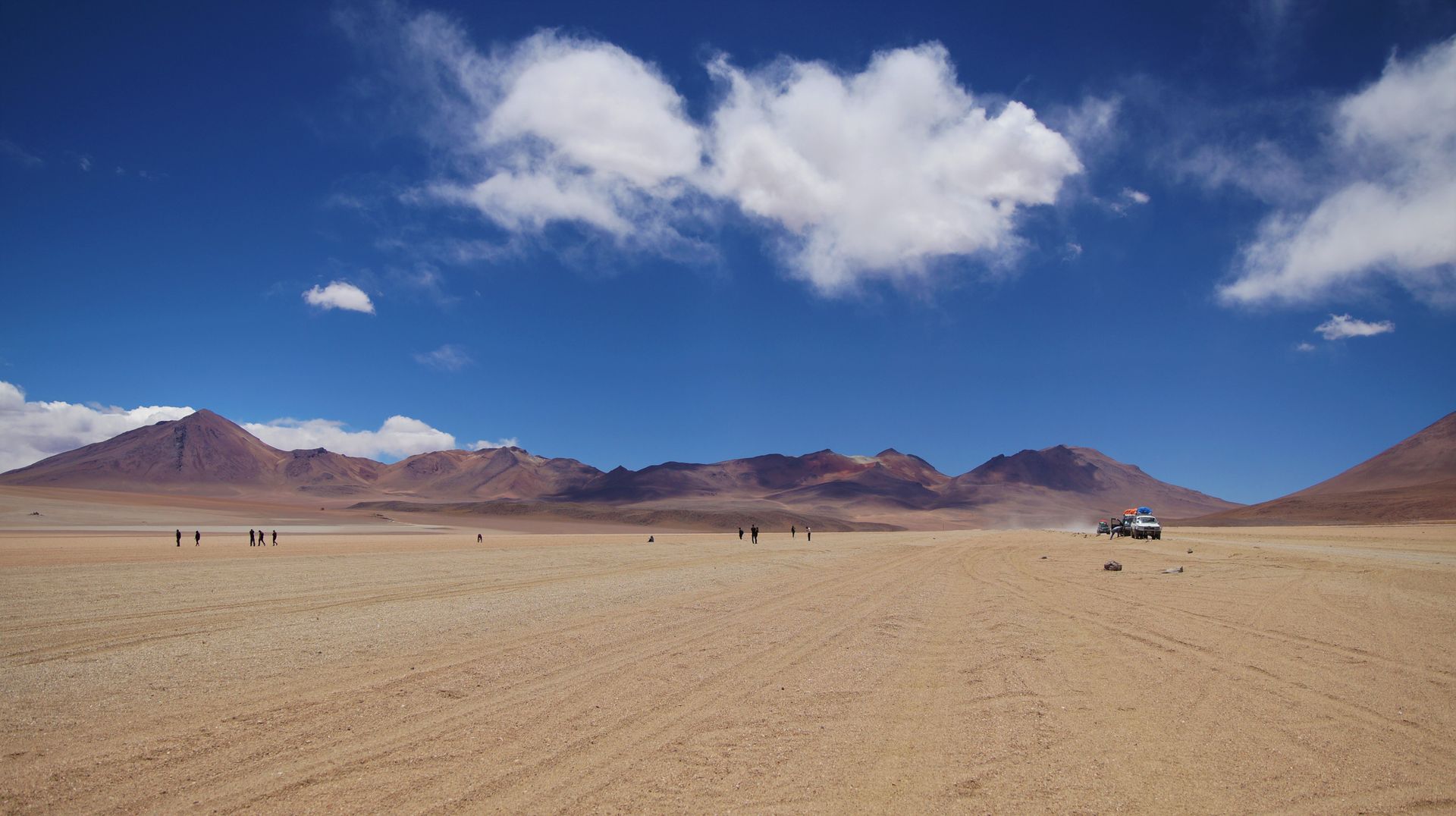
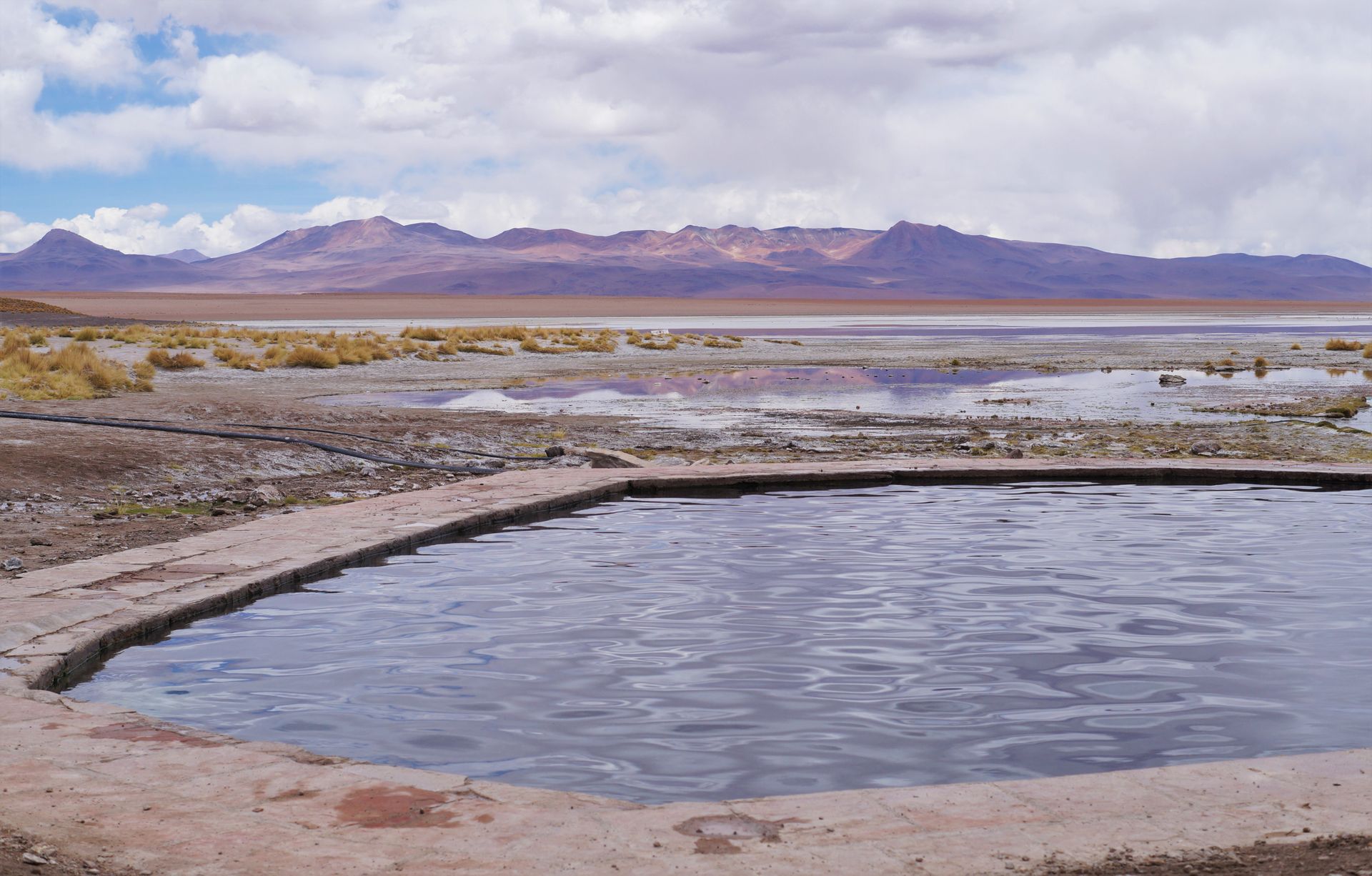
Hot Spring Pool

Then the first warm meal was served. On the tour, there are fixed places where all jeeps - and there are quite a few - stop and the passengers are served in order. Our driver also acted as a waiter. The food was very simple but surprisingly healthy and tasty. However, at this altitude, it takes a lot of energy to digest even light food, so collective sleeping was on the program for the rest of the journey.
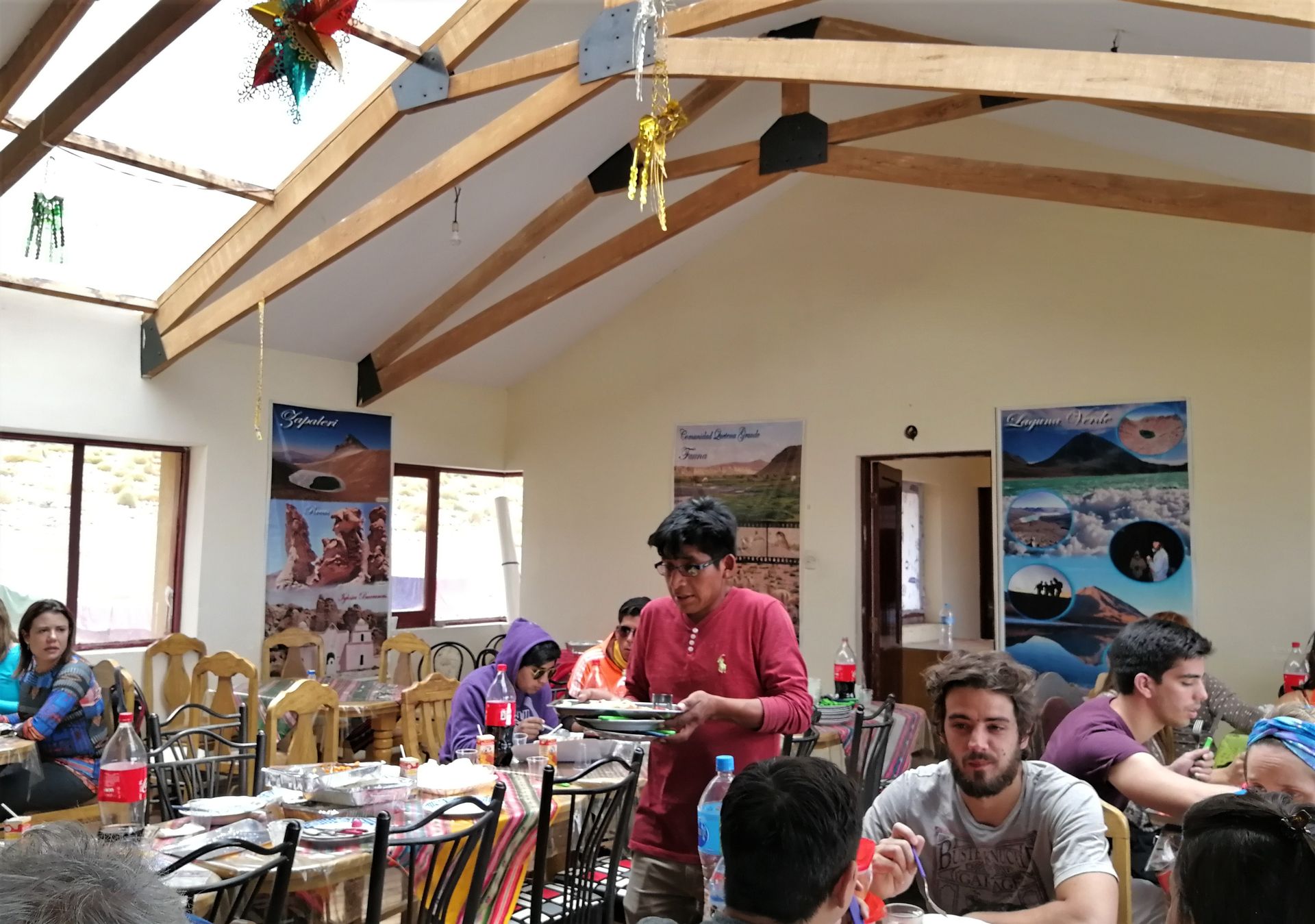
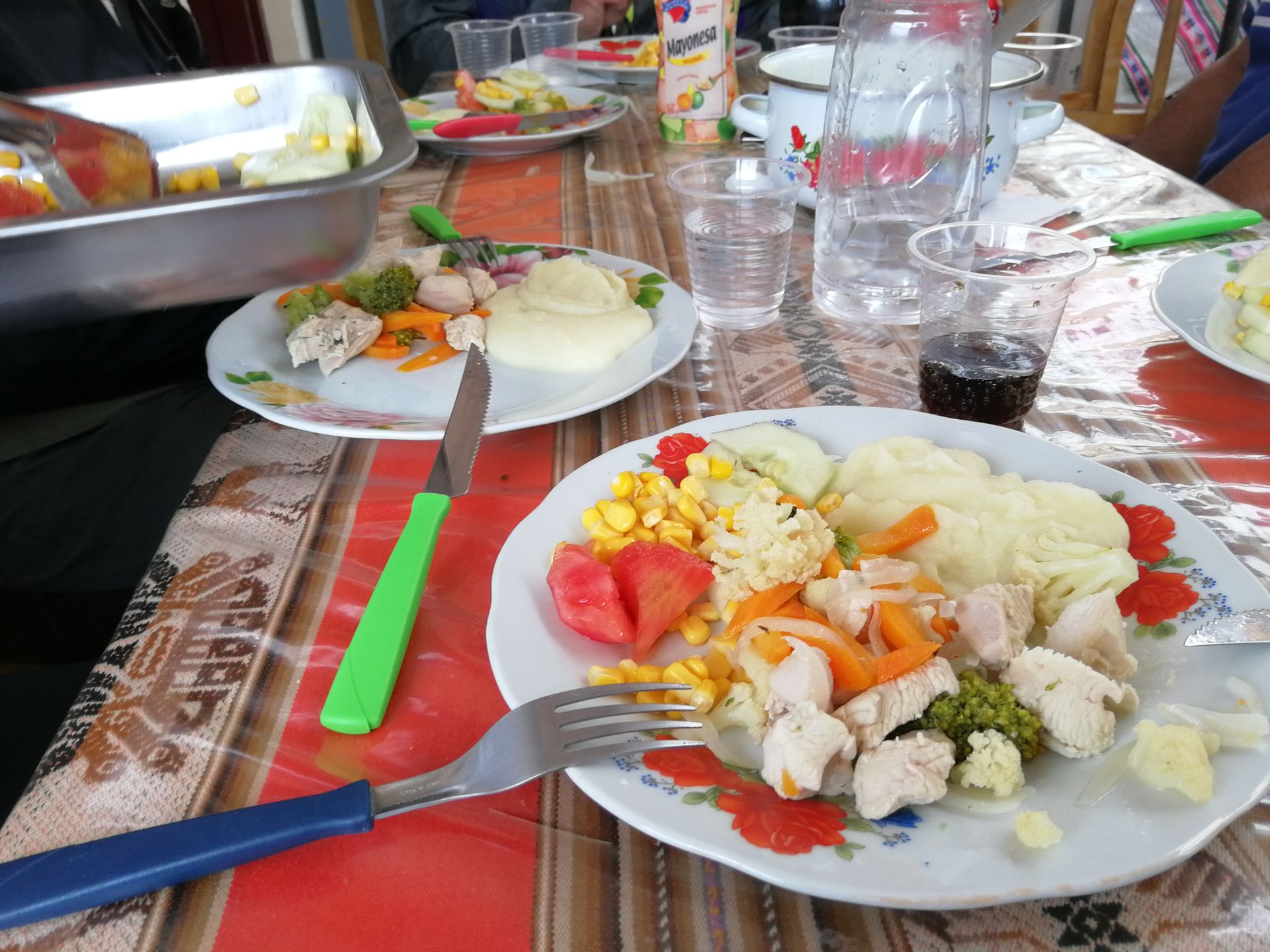
The next stop was a geyser field at nearly 5,000 m, which also represented the highest point of our tour. The geysers themselves were only noticeable by their sulfur smell, but the altitude was now really noticeable. I was able to counteract the headache and lack of oxygen by sleeping in the car constantly. We also stocked up on coca candies in San Pedro, which I consumed diligently. However, despite the candies, Emi always had a hard time falling asleep in the car and was increasingly plagued by strong headaches.

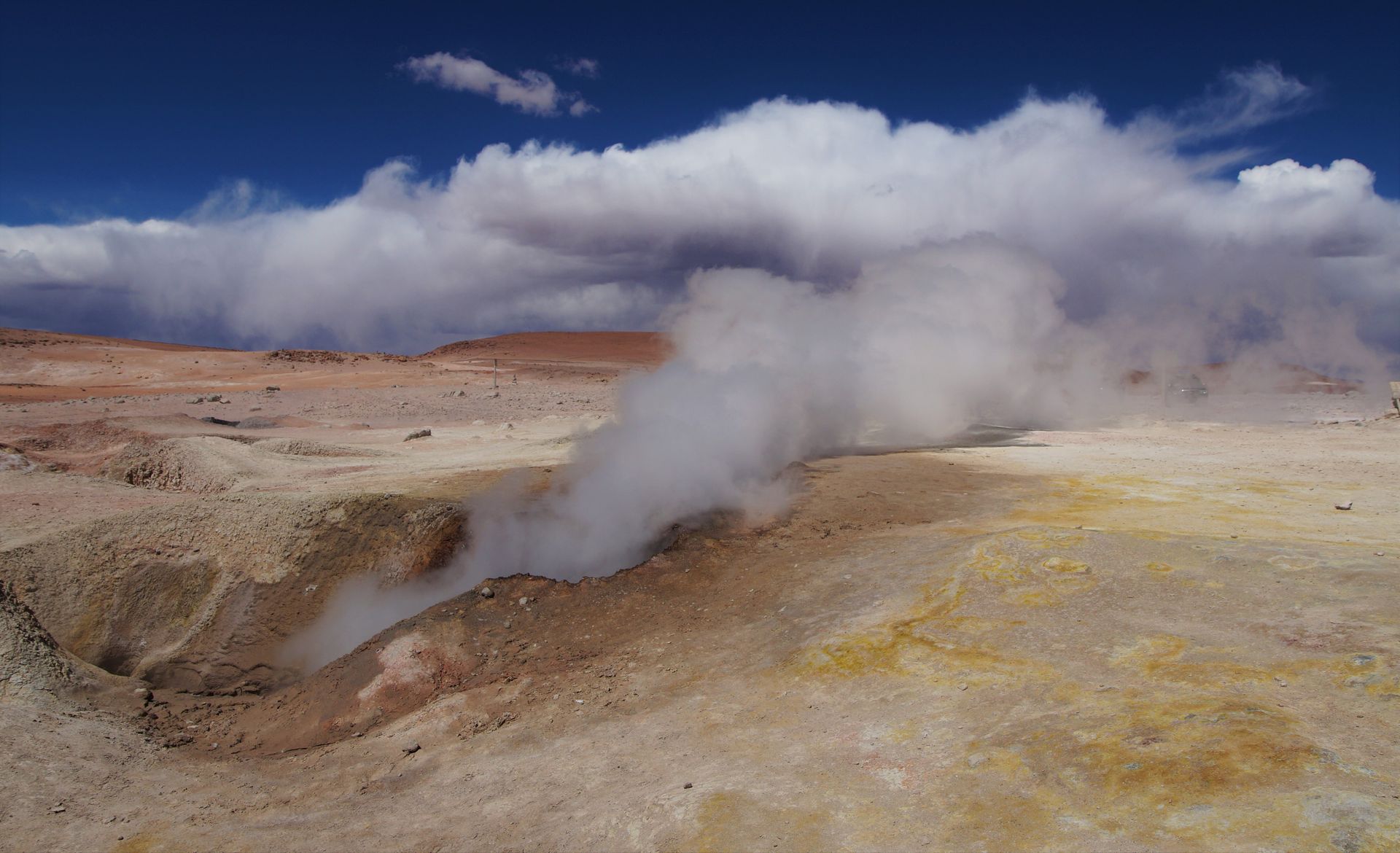
After a stop at Laguna Colorada with countless flamingos, we drove for several hours and many kilometers on 'roads' that were hardly recognizable as such, and arrived at a small village in the middle of nowhere. 500 inhabitants live here at an altitude of 4,000 m. The houses, as is customary in Bolivia, are unpainted and partially unfinished, and only a handful of people here have ever heard of heating. The accommodation was very simple and rustic, but more than adequate for our needs. For 10 Bolivianos (1.20 €), you could also afford a hot shower. Toilet paper was nowhere to be found, we had to bring our own. Also the drinking water for the entire tour, which is why each of us was equipped with a 6-liter jerry can.
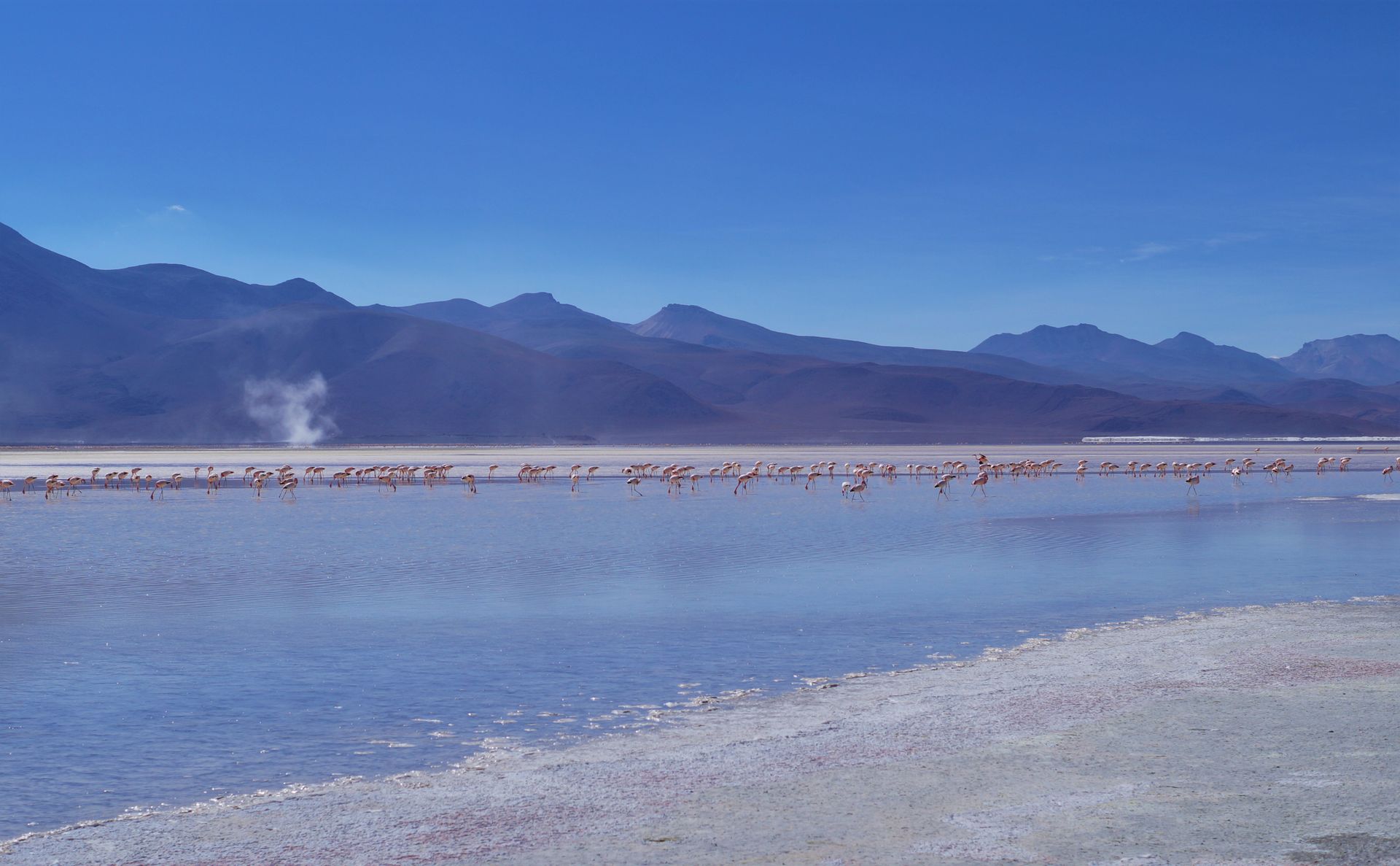
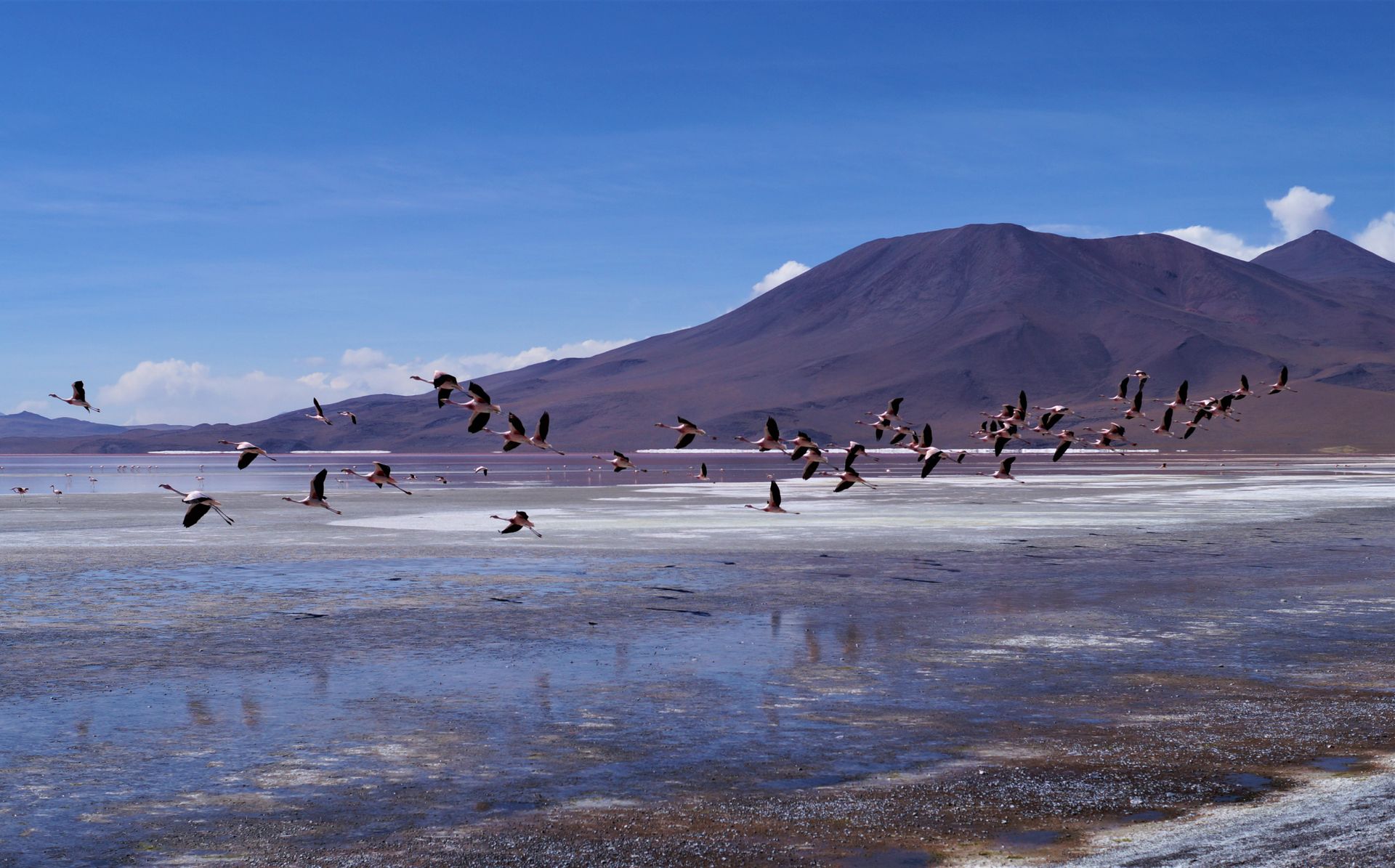
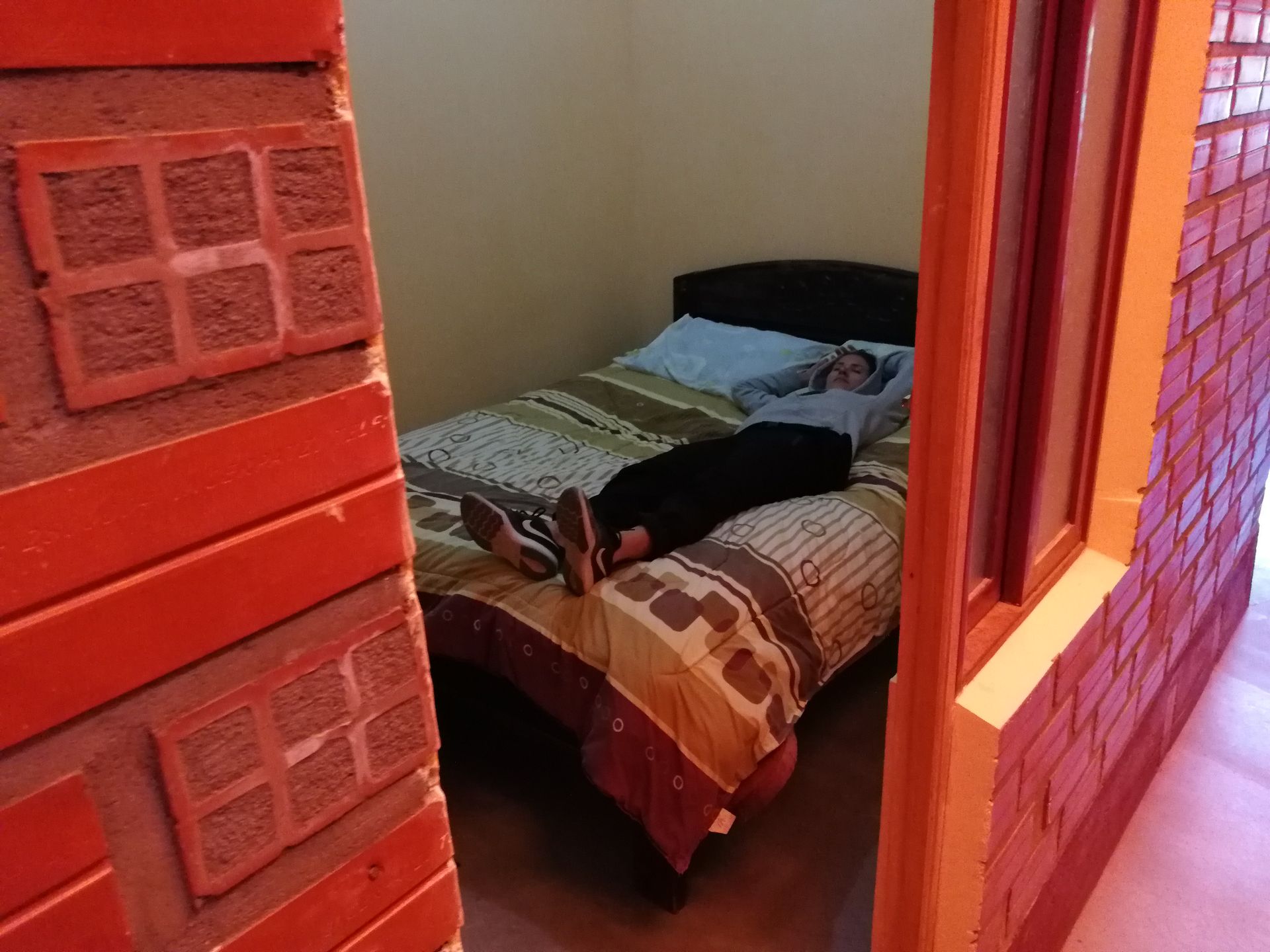
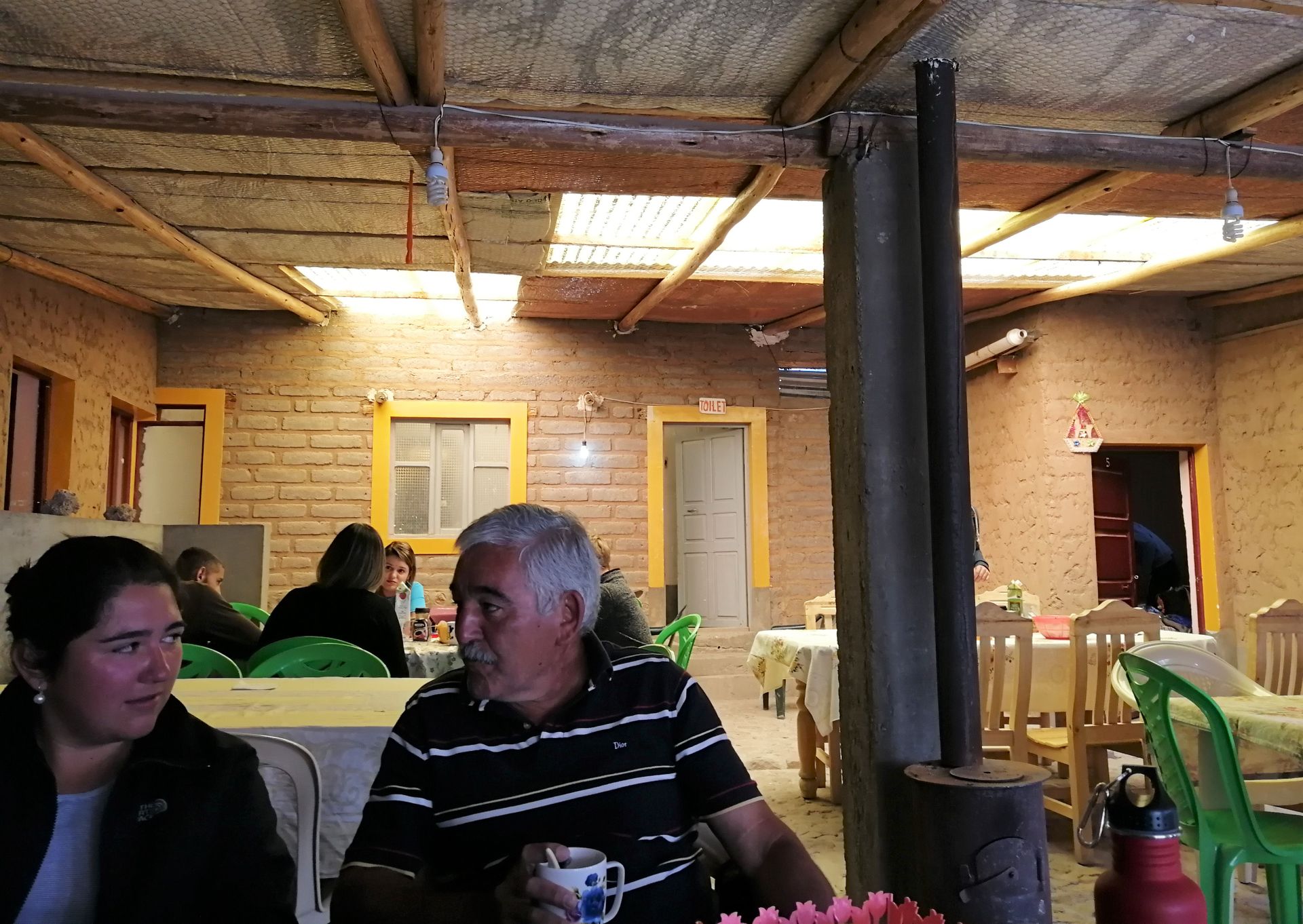
In the simple communal room, tea and coffee were provided and the impressions of the first day were shared. Sofia spoke a little English and we were able to improve our Spanish skills with her and Papa Toni. For dinner, we had soup again - the Bolivians know how to make it well - and spaghetti with a sauce that consisted of 90% onions - much to Emi's 'delight'! But the main thing was something that provided energy. After dinner, we went straight to bed because sleep was urgently needed at this altitude.
The next morning, I woke up as a new person. Apparently, my body had recovered and acclimatized perfectly overnight. The unpleasant pressure in my head had fortunately disappeared. When I turned to Emi, I could already tell from her expression that she was not feeling well. The headache had become extremely severe overnight and was unbearable for her. The daylight hurt her eyes, so she could hardly open them. Only a painkiller, several coca candies, and a balanced breakfast helped. We had pancakes and scrambled eggs with bread. There were no plates, but let's be honest, they are sometimes overrated! :)
In the meantime, our driver Miguel prepared the car for the onward journey. There are no gas stations here, so each jeep carries about three cans of fuel on the roof. The refueling is done with a hose connection between the canister and the tank and the tried and tested 'suction method'.
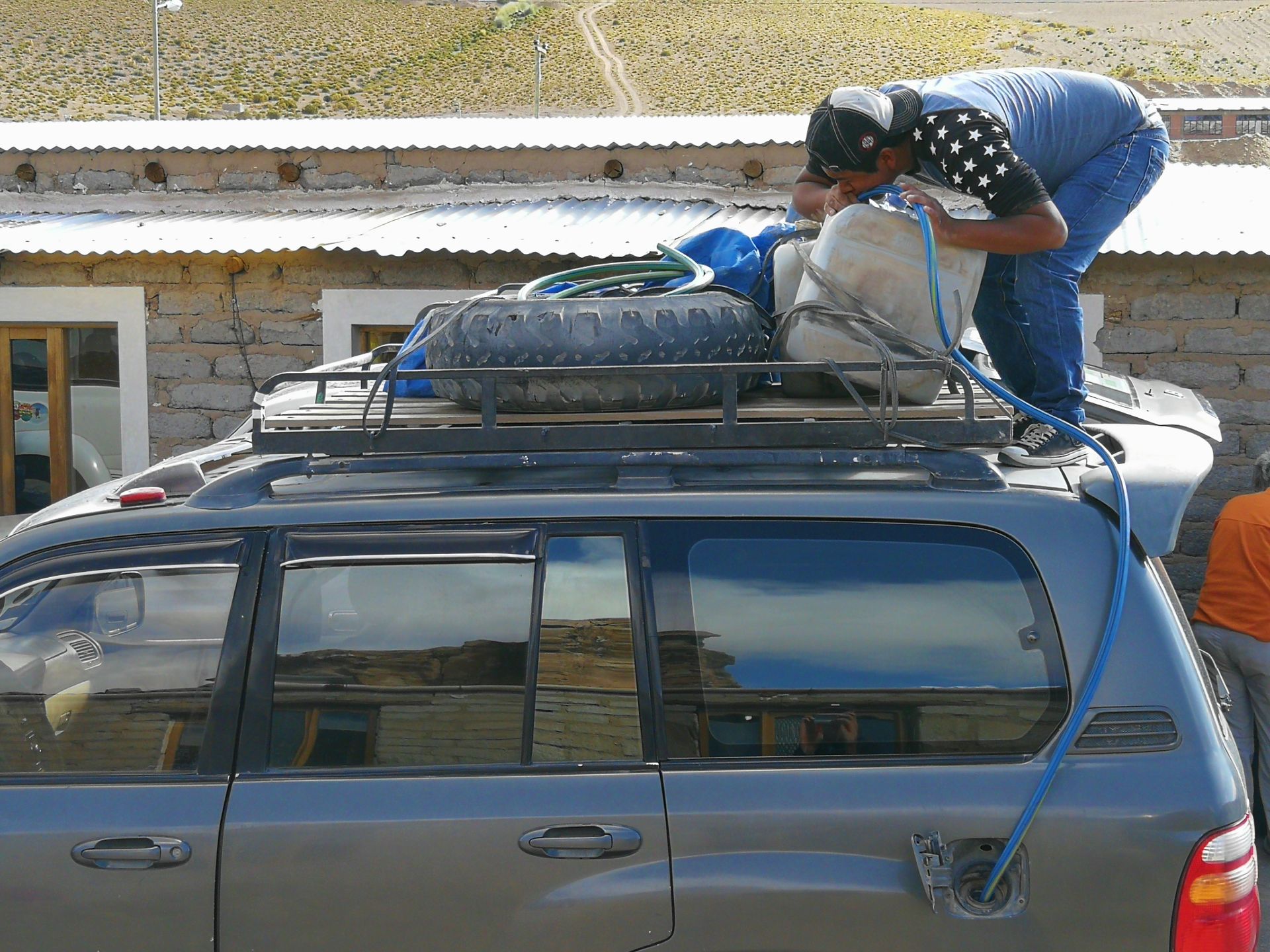
In the morning, we visited several rock formations - such as Copa del Mundo (a rock that looks like the FIFA World Cup trophy) or a camel-like formation.

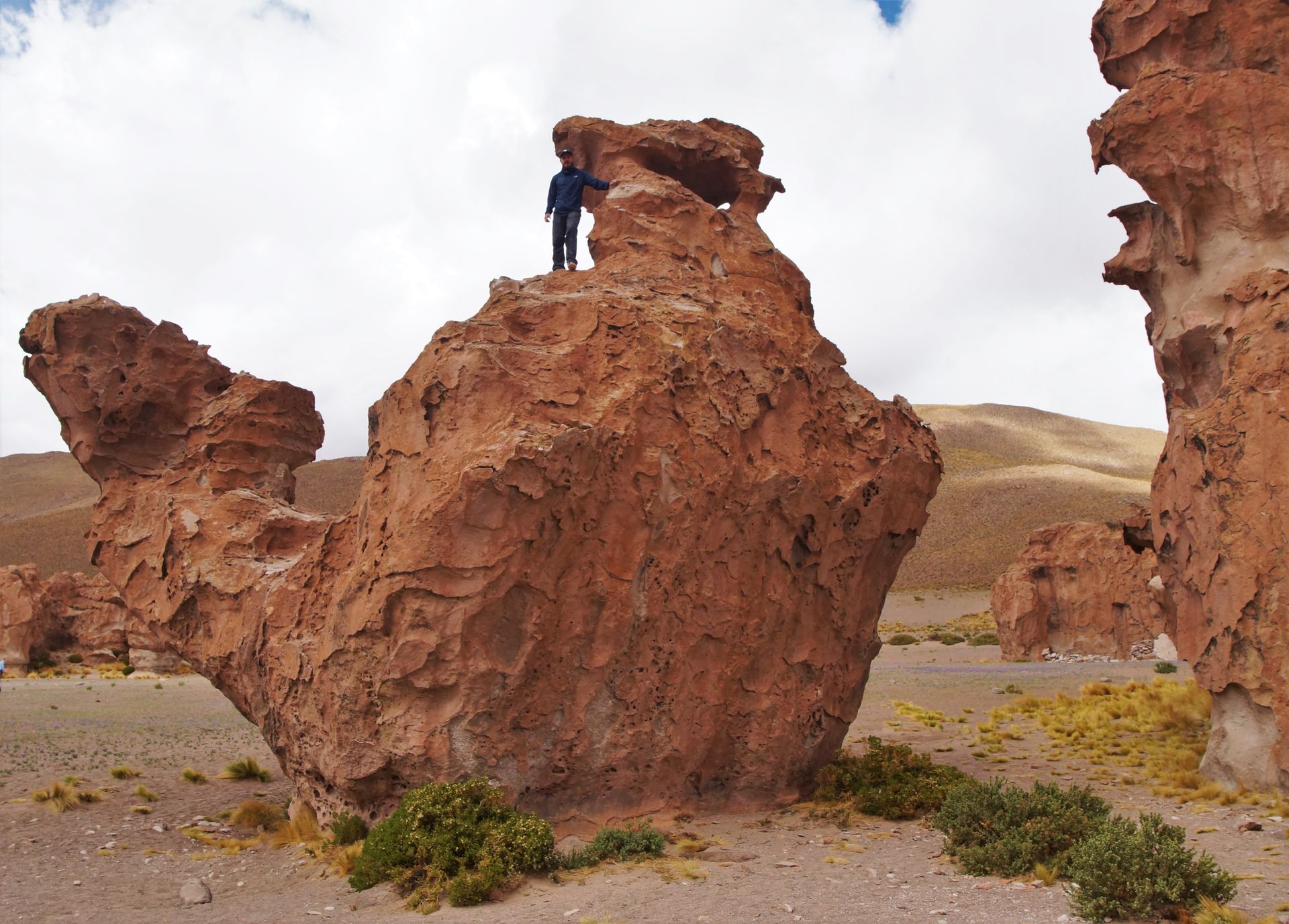
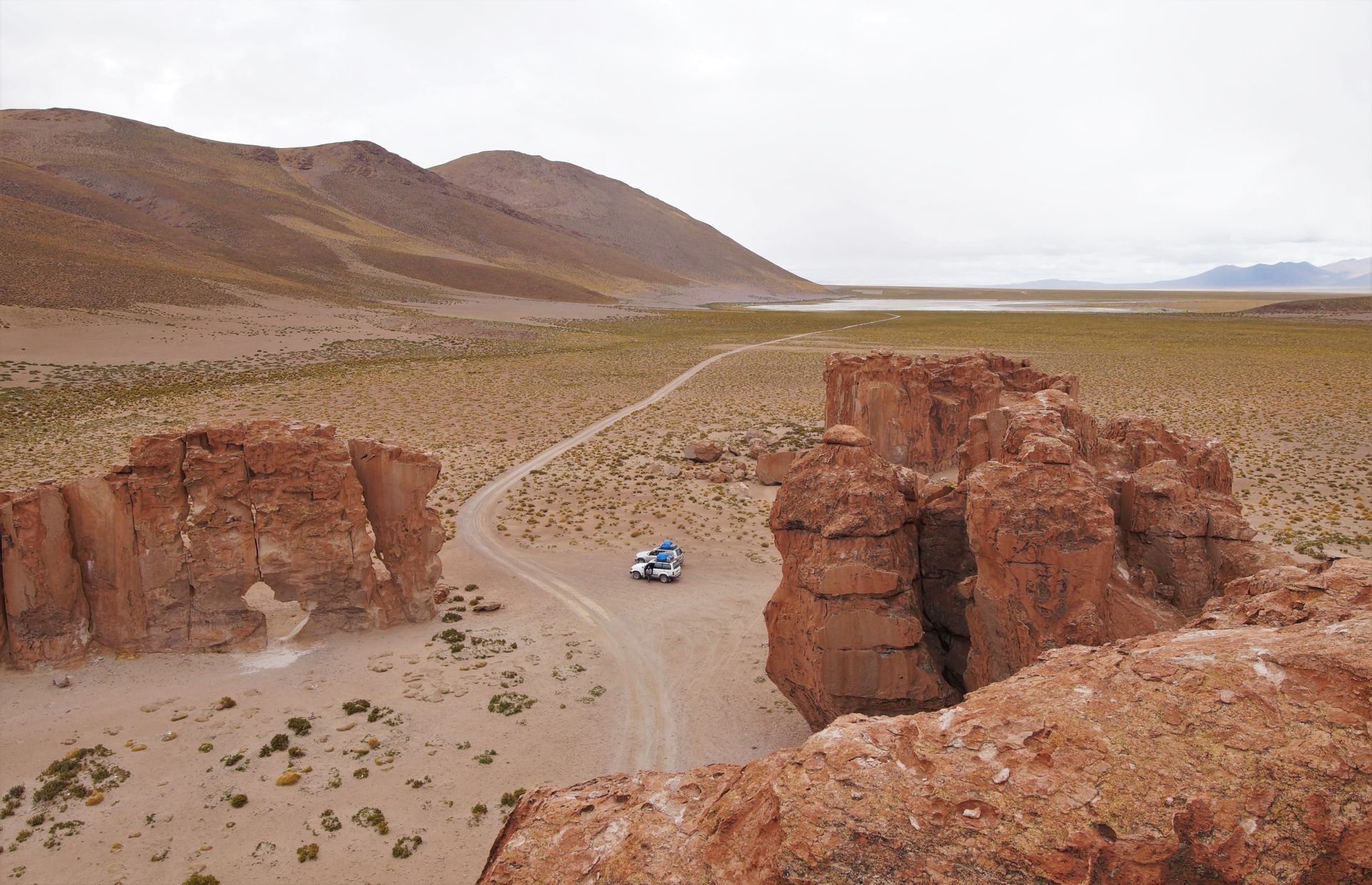

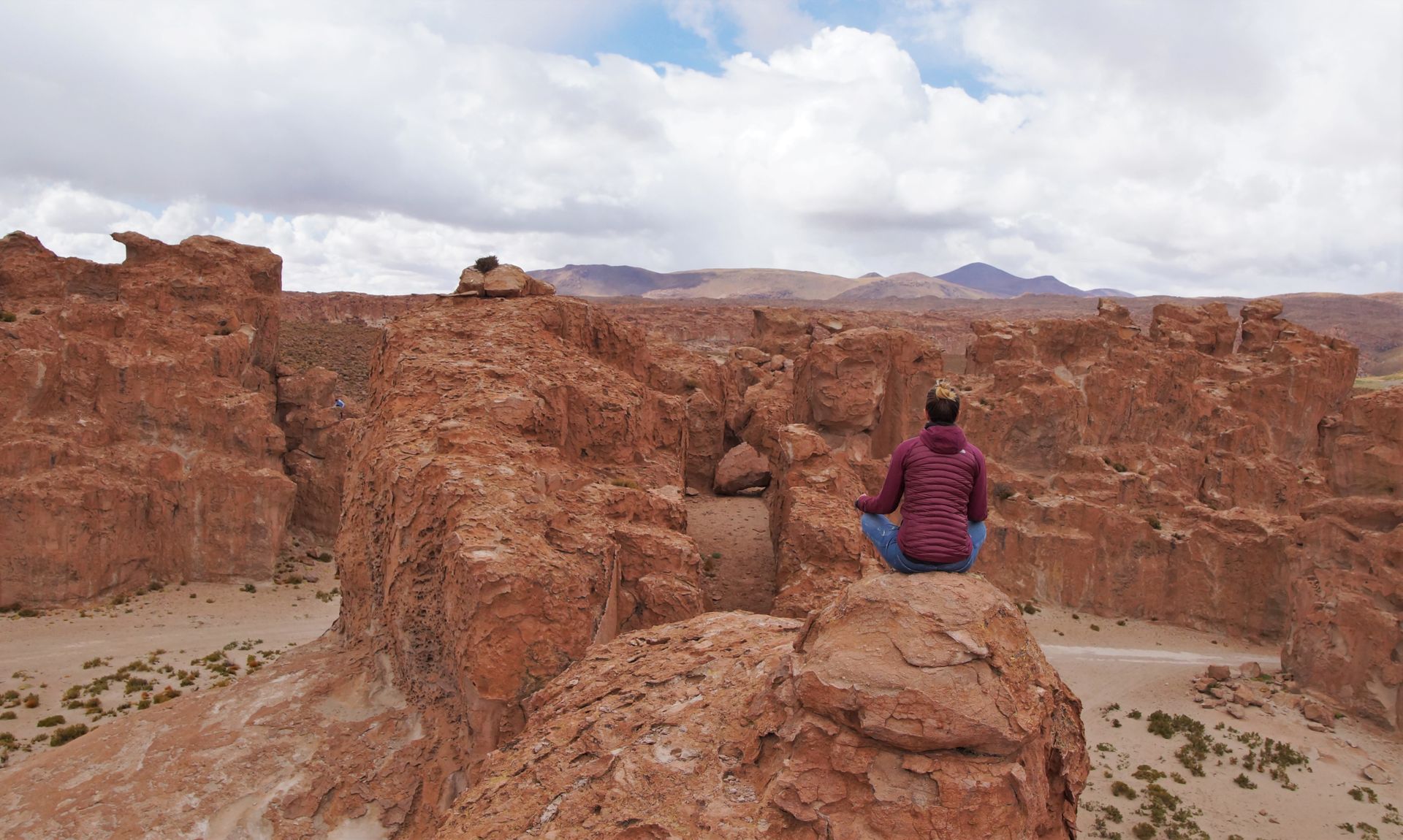
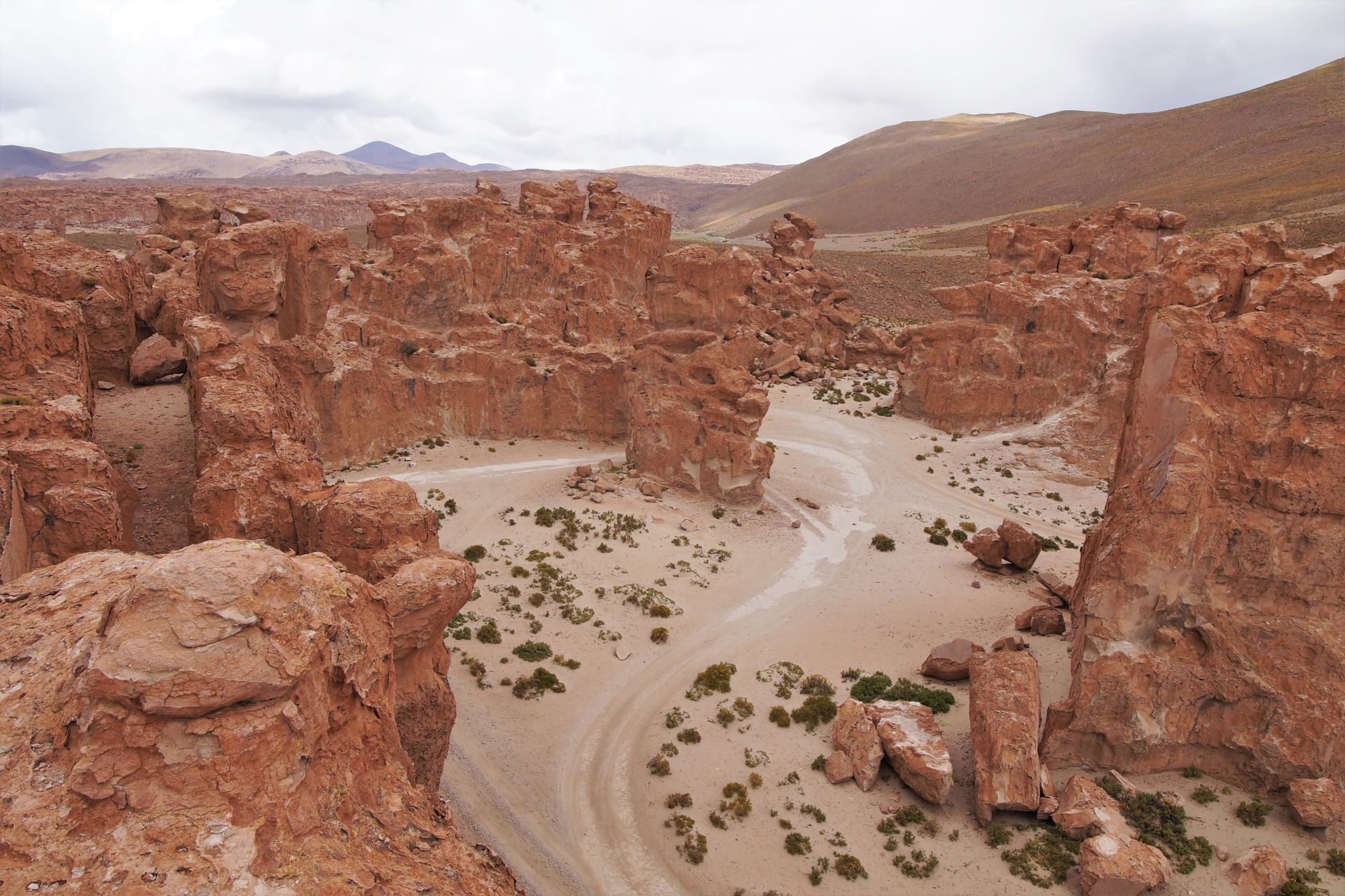
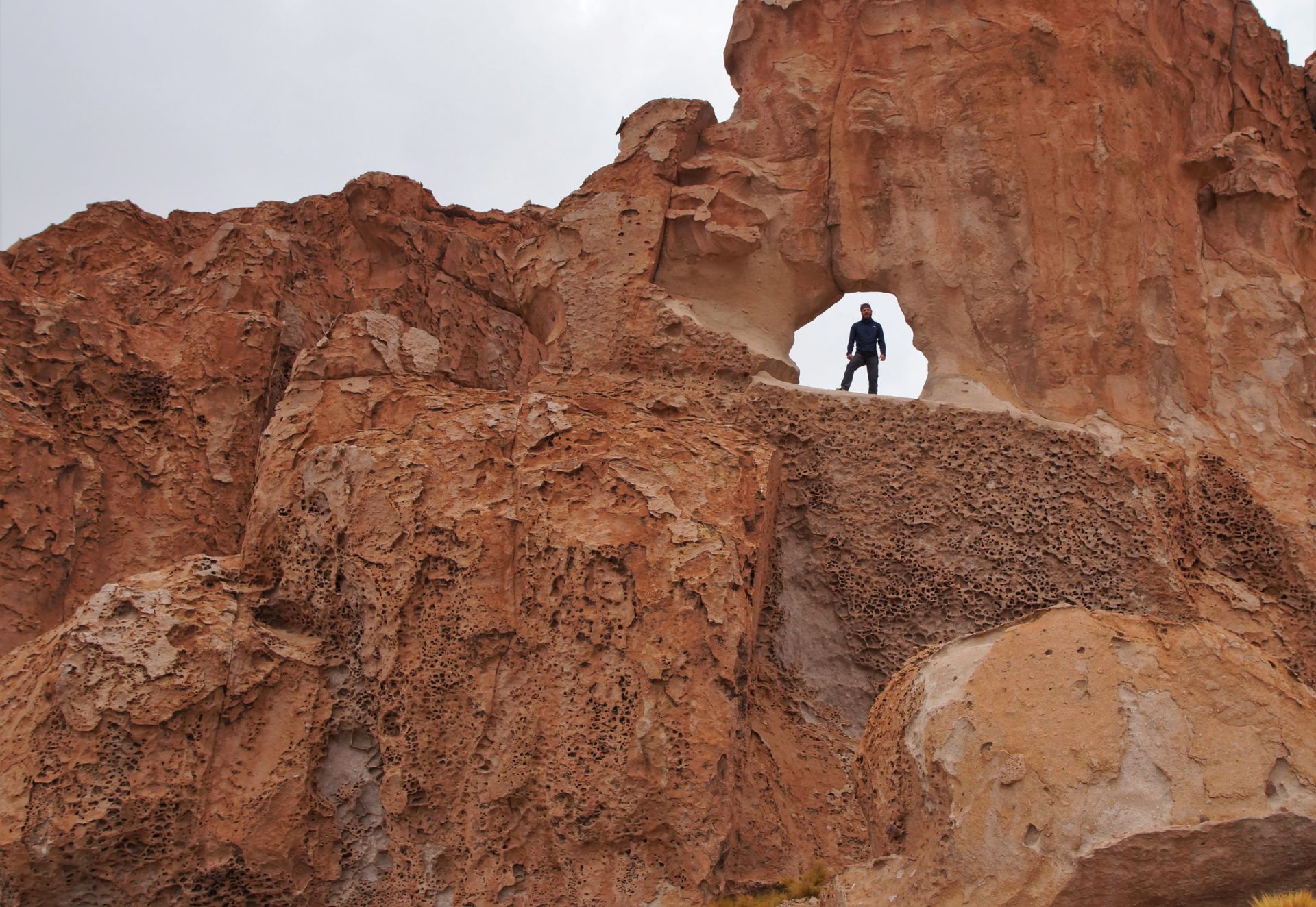
From stop to stop, the wow effect kept increasing. At the Valle Anaconda and the Laguna Misteriosa, we finally saw the extent of these landscapes. Especially the mysterious lagoon with its free-roaming and grazing llamas thrilled Emi, she didn't want to leave. We had no idea before the tour that there were so many other incredibly beautiful landscapes to see besides the salt desert. Needless to say, we were even more impressed.
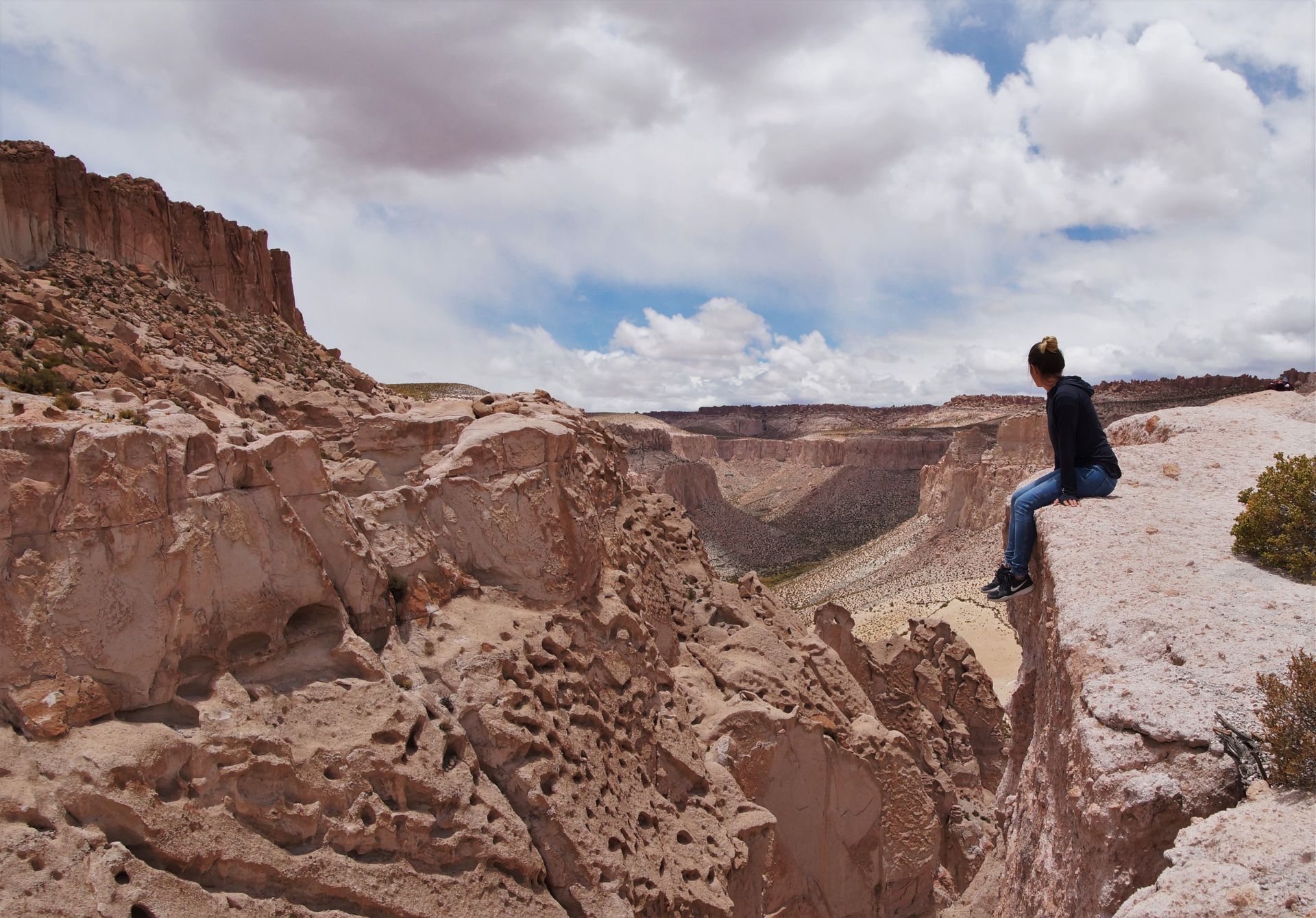
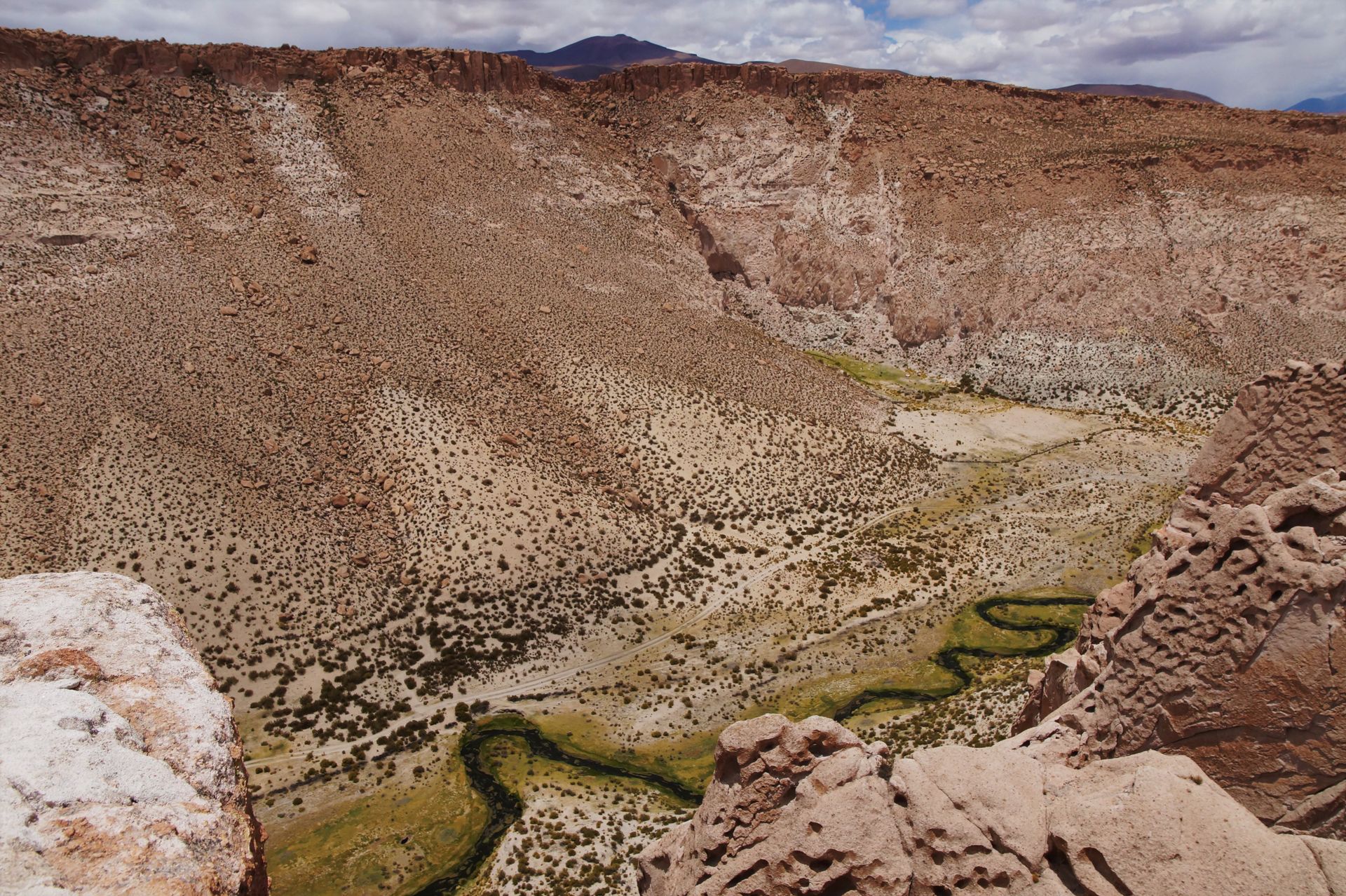
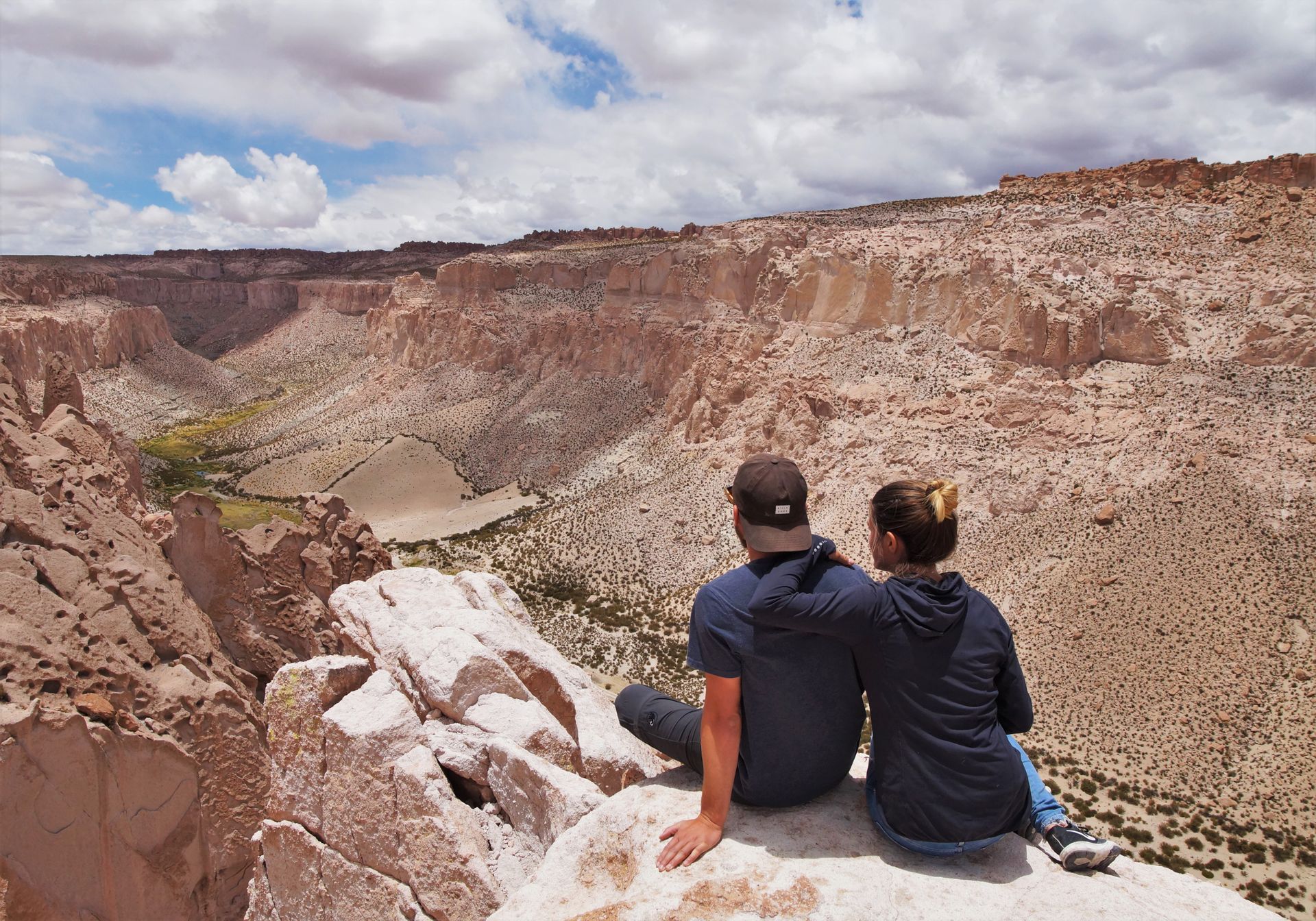
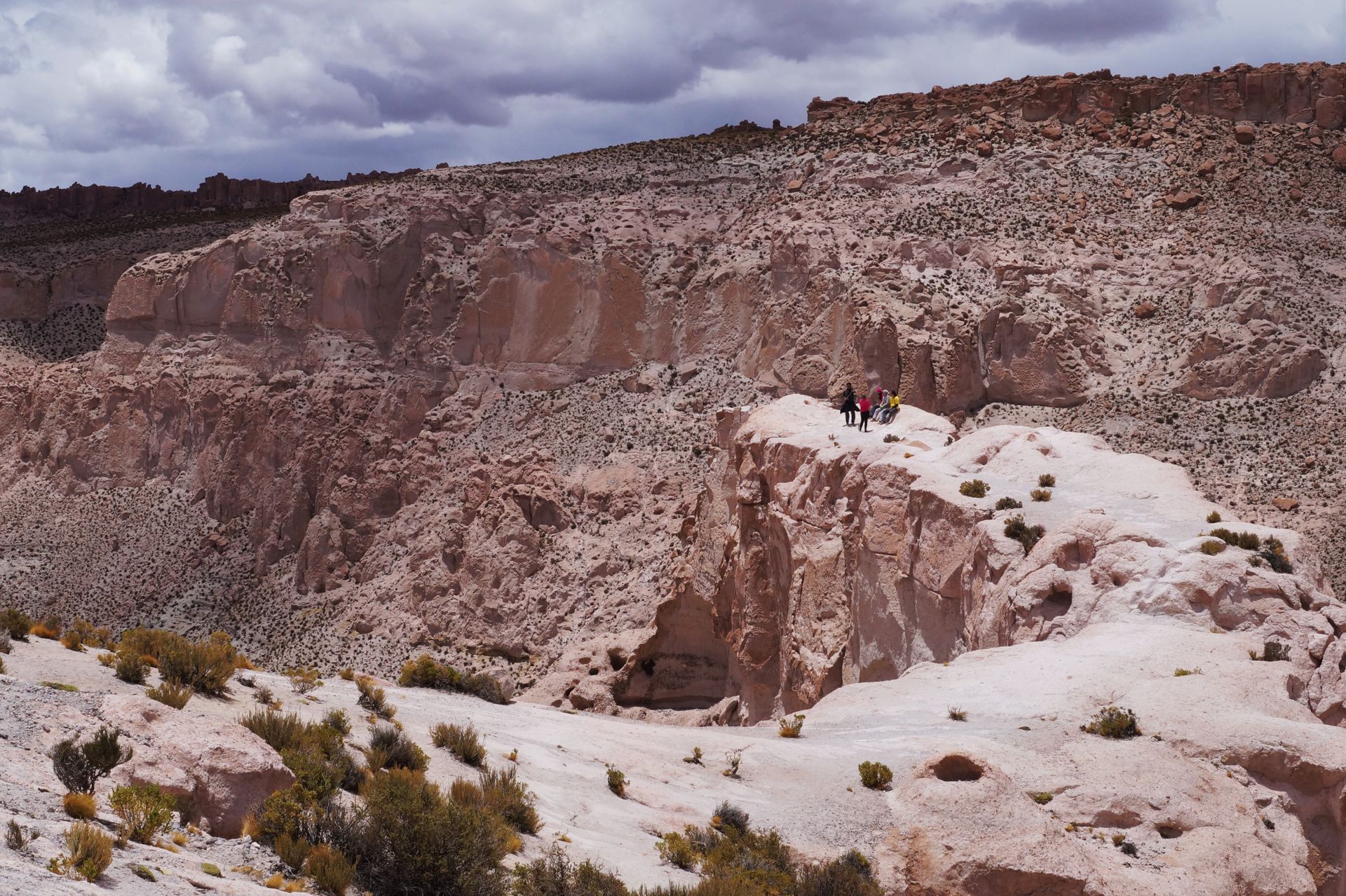
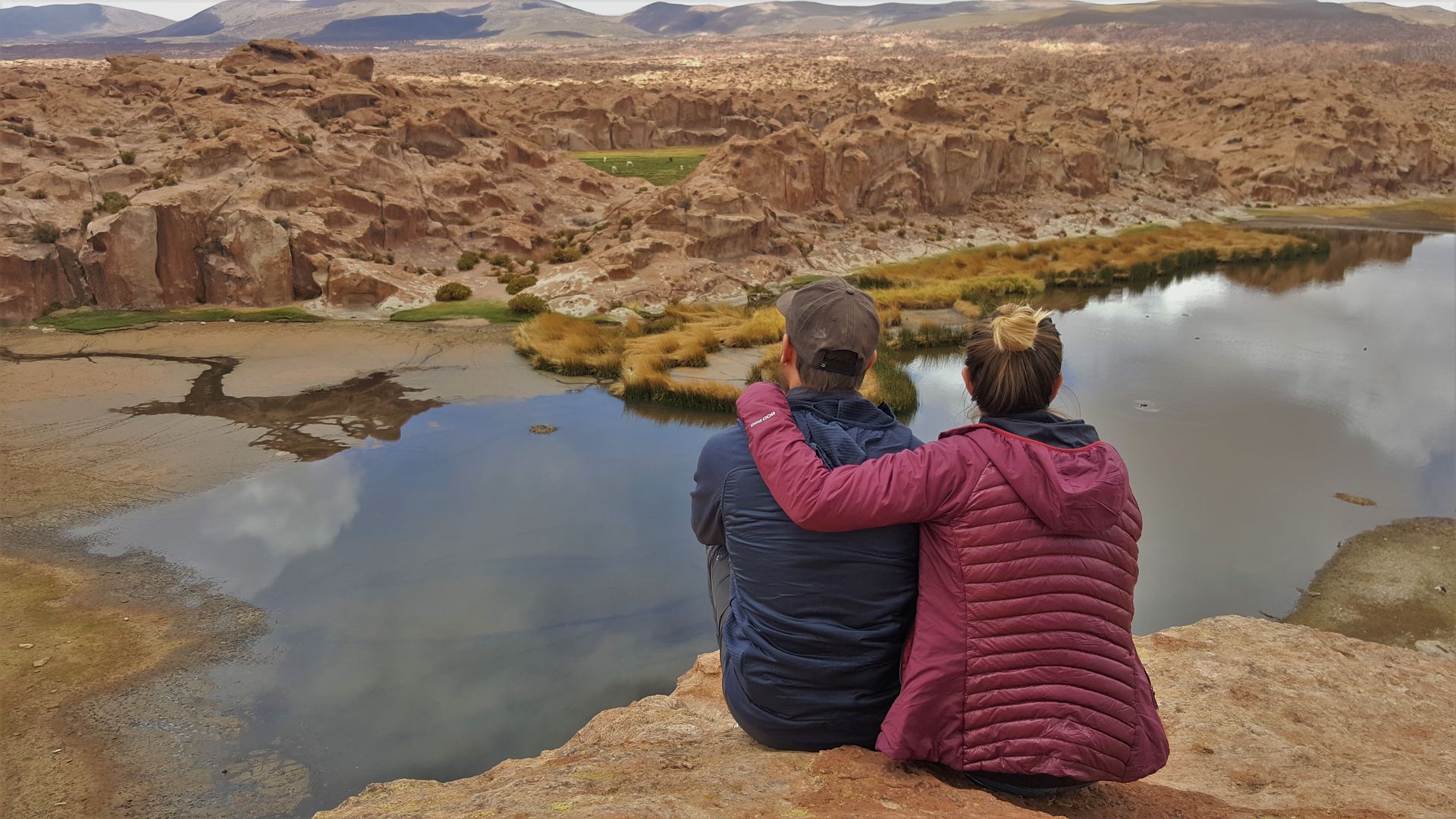
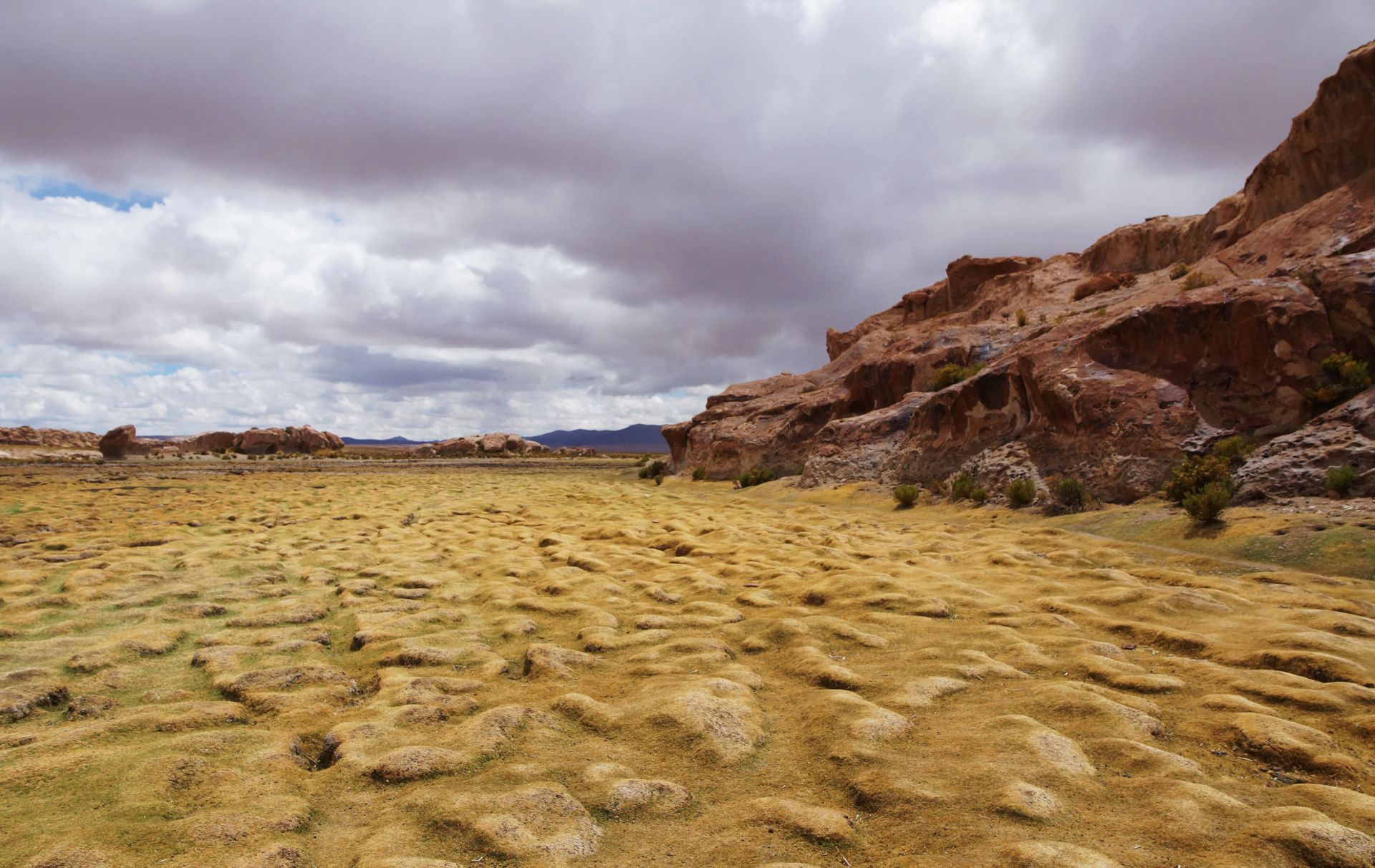

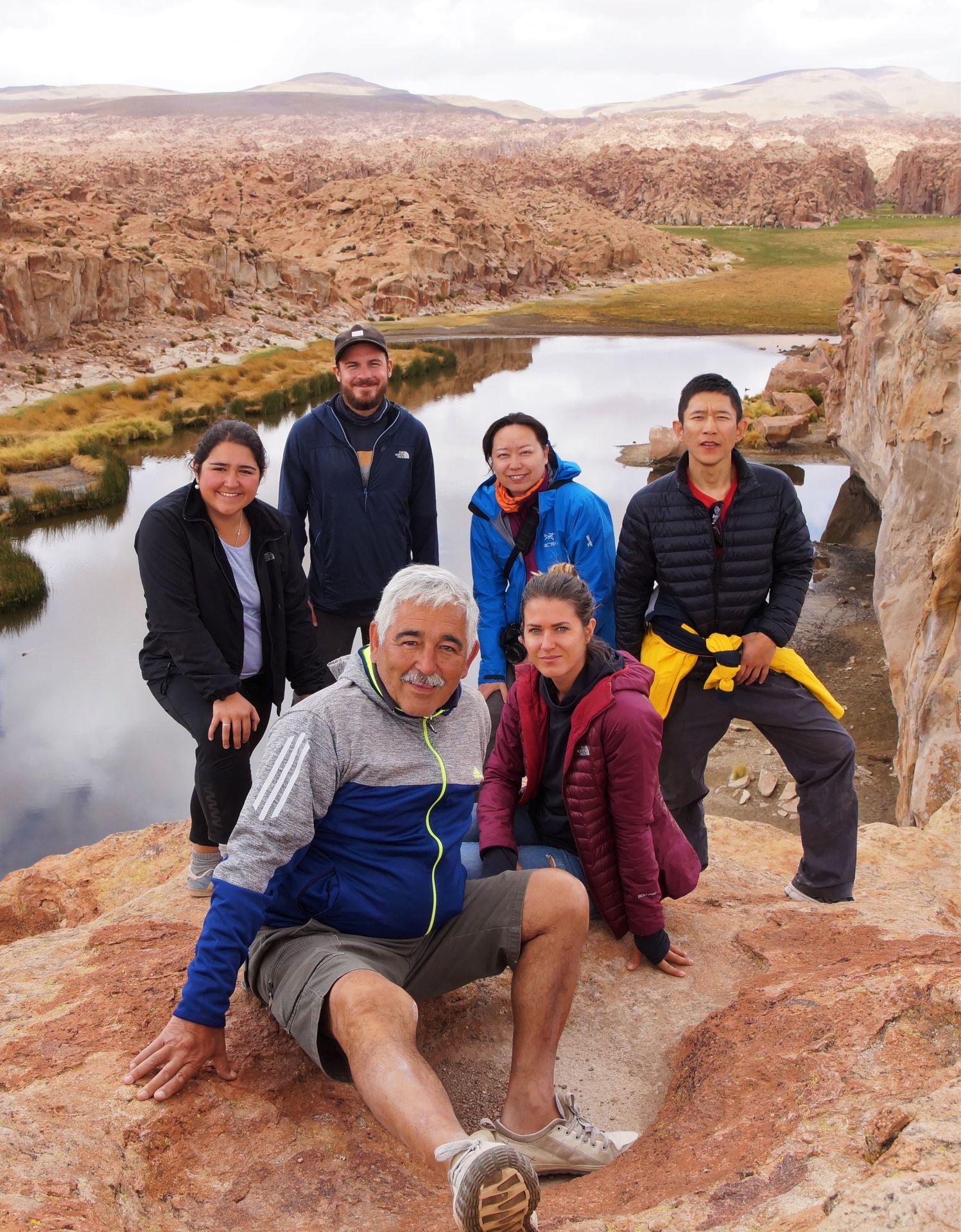
For lunch, we returned to a small and pretty run-down village - Alota. In the afternoon, we briefly stopped at a 'bar' that was not recognizable as one, where we had the opportunity to buy homemade beer from the region. We bought one quinoa and one coca beer, which we later tasted at dinner. However, both tasted horribly! On the drive to the next place to sleep, we passed many herds of llamas and at one point, we could get very close to the animals, which we naturally did. Emi couldn't continue without taking photos...
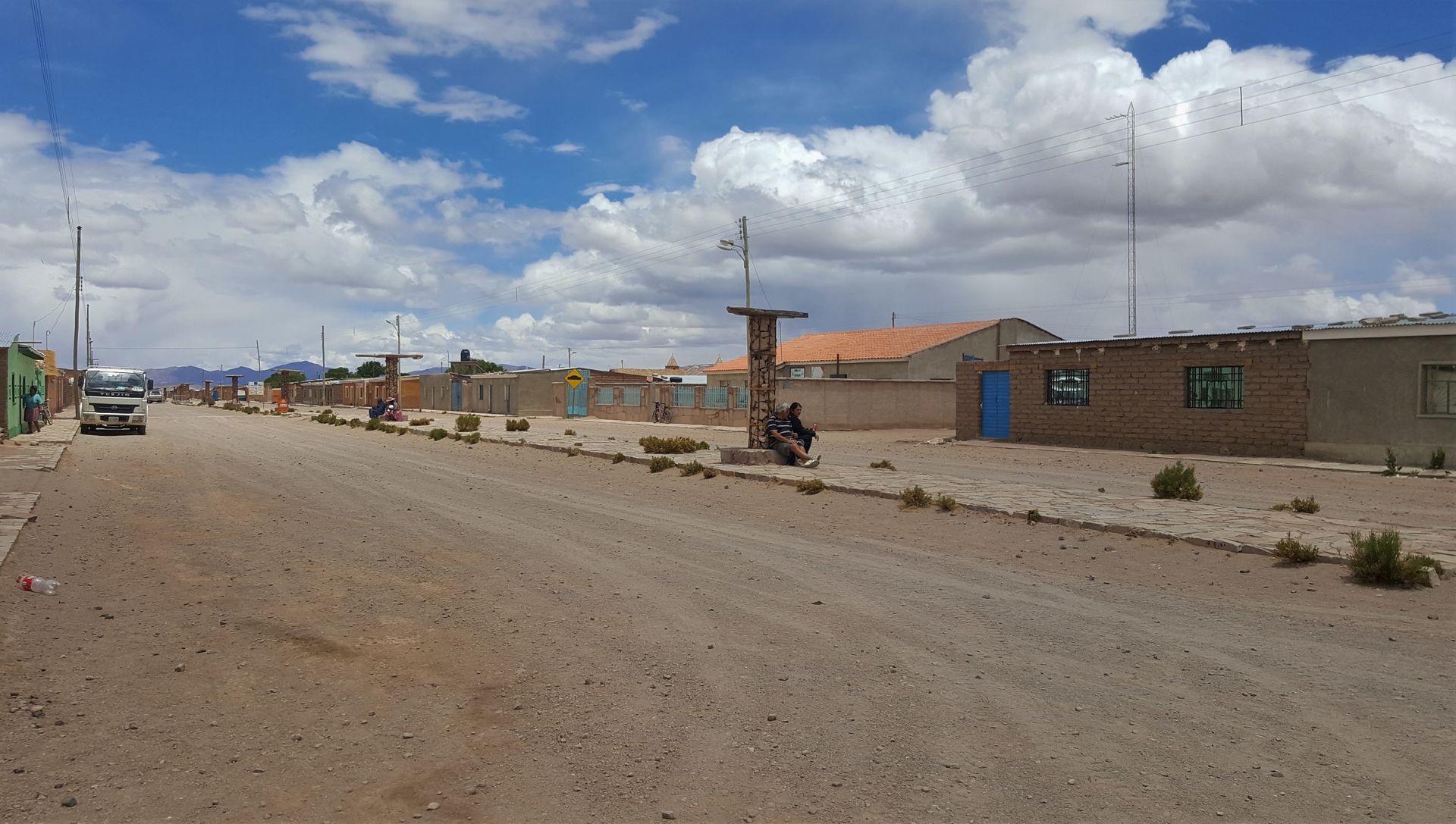


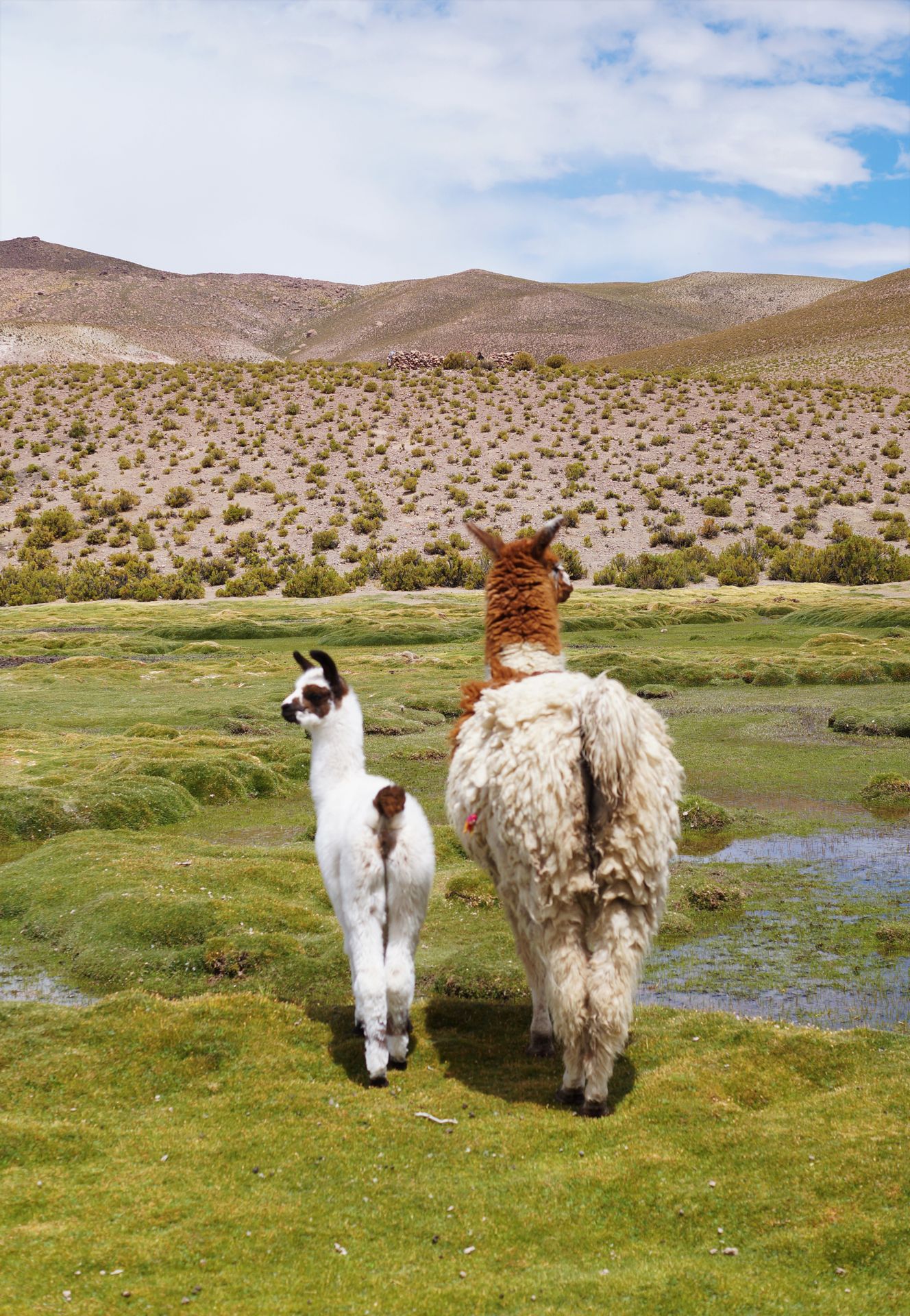
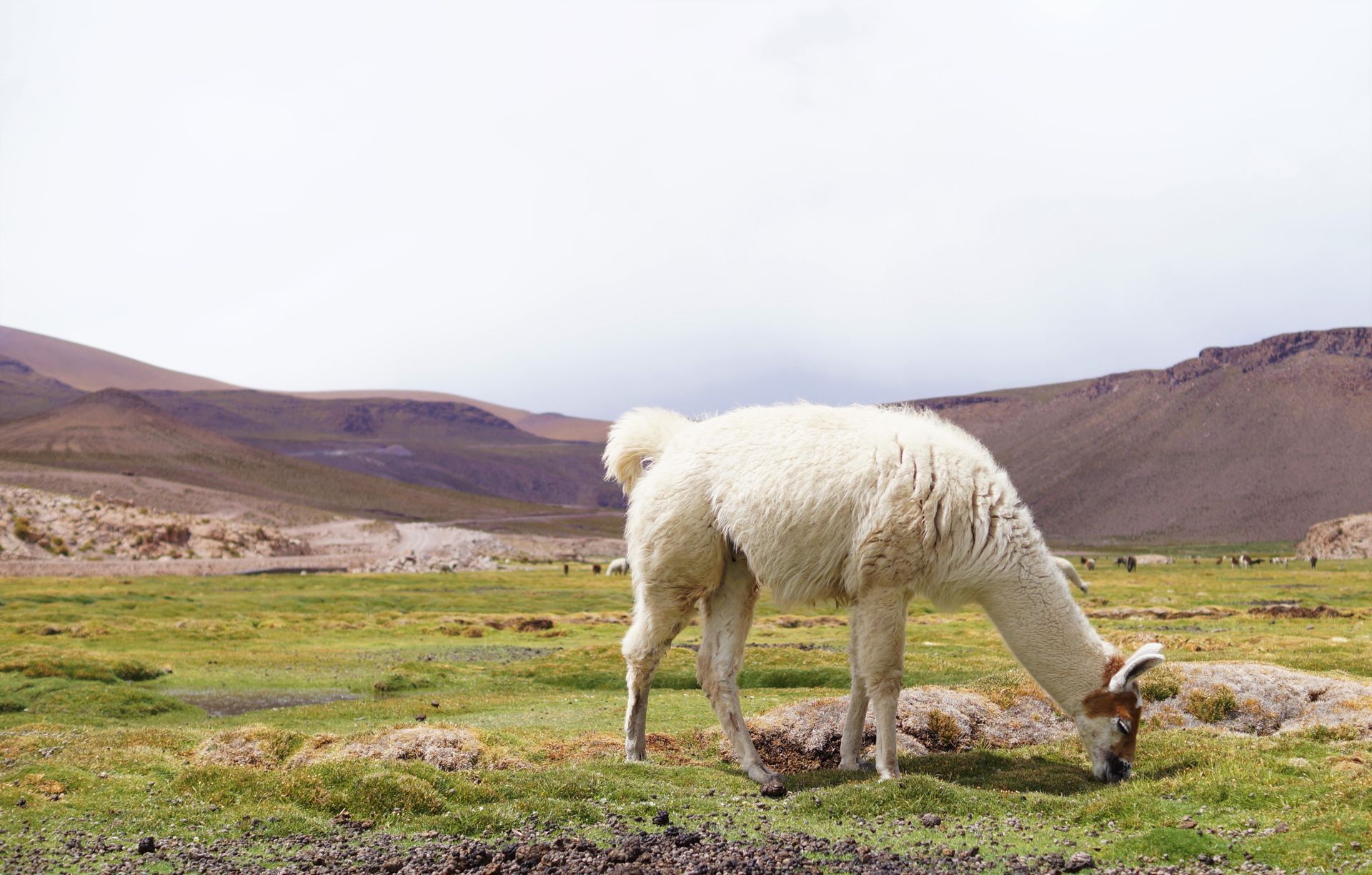
We were one of the first jeeps to reach the accommodation for the second and last night. There, it is a attraction that you can stay in 'salt hotels'. You might imagine such accommodations as luxury igloos in the Alps - but we were miles away from that. Shortly after our arrival, it started raining heavily and a storm was approaching. I don't even want to imagine what the 'roads' looked like after the rain. The lightning struck very close, which caused an incredibly threatening noise at this altitude. Shortly before a lightning strike, all the lights in the accommodation flickered briefly before there was a 'BOOM' and the electricity went out in the entire hotel. There wasn't even running water - not even for flushing the toilets, which became extremely uncomfortable with about 50 people.
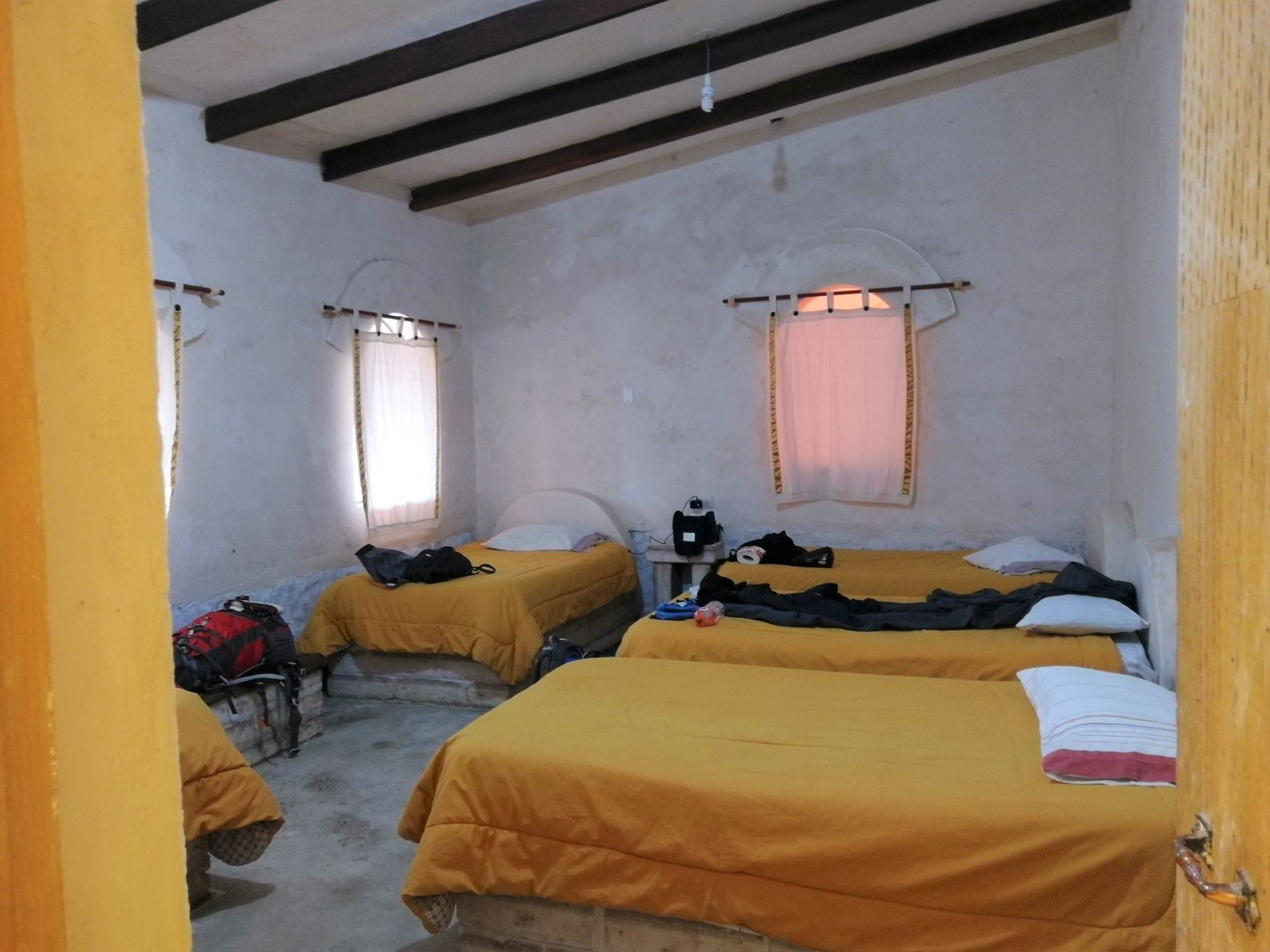
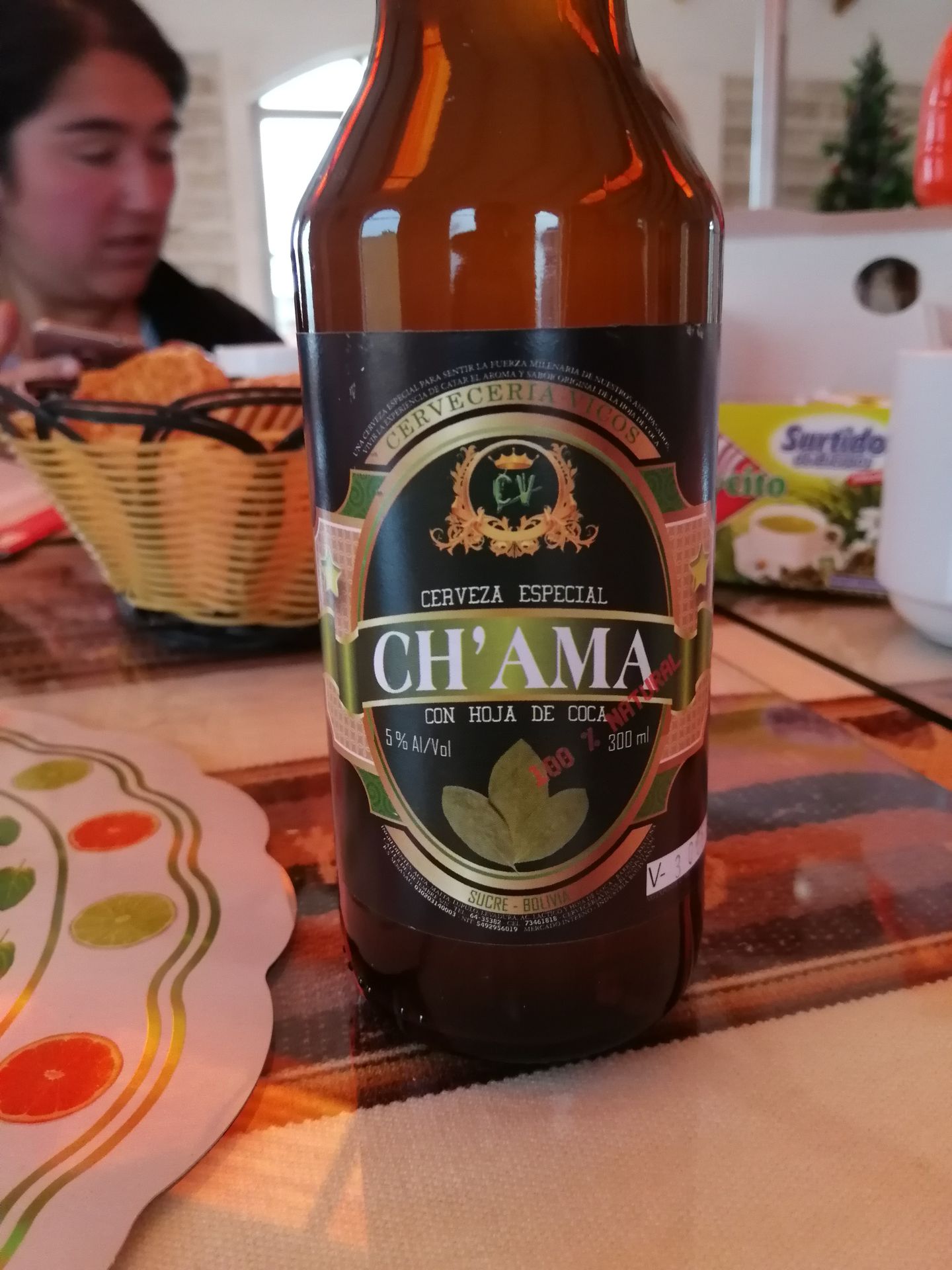
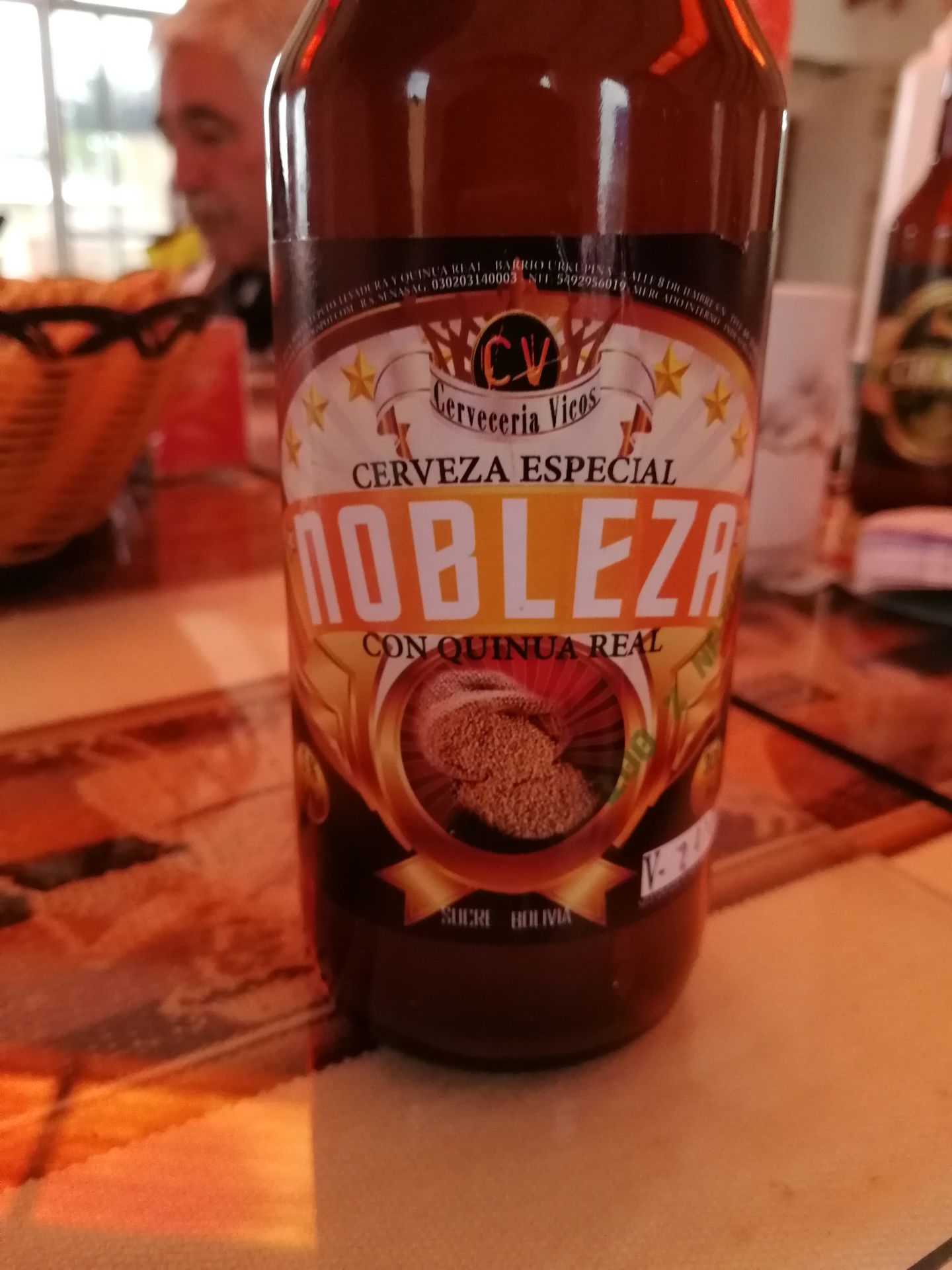
In candlelight and headlamp, we waited for dinner, which was further delayed by the numerous organizational problems. At some point, the wait was over and I have to admit, it was worth it. The soup was damn tasty again and there was grilled chicken with French fries! They also put a bottle of Bolivian red wine on our table - I would have preferred water, but thanks to Papa Toni constantly refilling, we ended up drinking a few glasses. With a full stomach and a light buzz, we could finally go to sleep!
At 4 o'clock in the morning, it was wake-up time. We packed and loaded everything in the dark. In the cold outside the jeep, we managed to at least brush our teeth - because there was still no electricity and running water. At 5:00 am, we set off towards the salt desert. The early departure was actually intended for us to admire the sunrise in the desert. Unfortunately, the desert was mostly underwater - due to the thunderstorm the day before - which made the drivers worried that we would not be able to drive away after parking. Furthermore, it was slightly cloudy, so the exact time of sunrise could not be determined. So we could only admire the orange hues in the sky during the drive. However, the several centimeters high water layer in the salt desert had a huge advantage - we had the perfect mirror effect. As with many other situations on our trip, we were also damn lucky this time, as everything had been bone dry the day before!
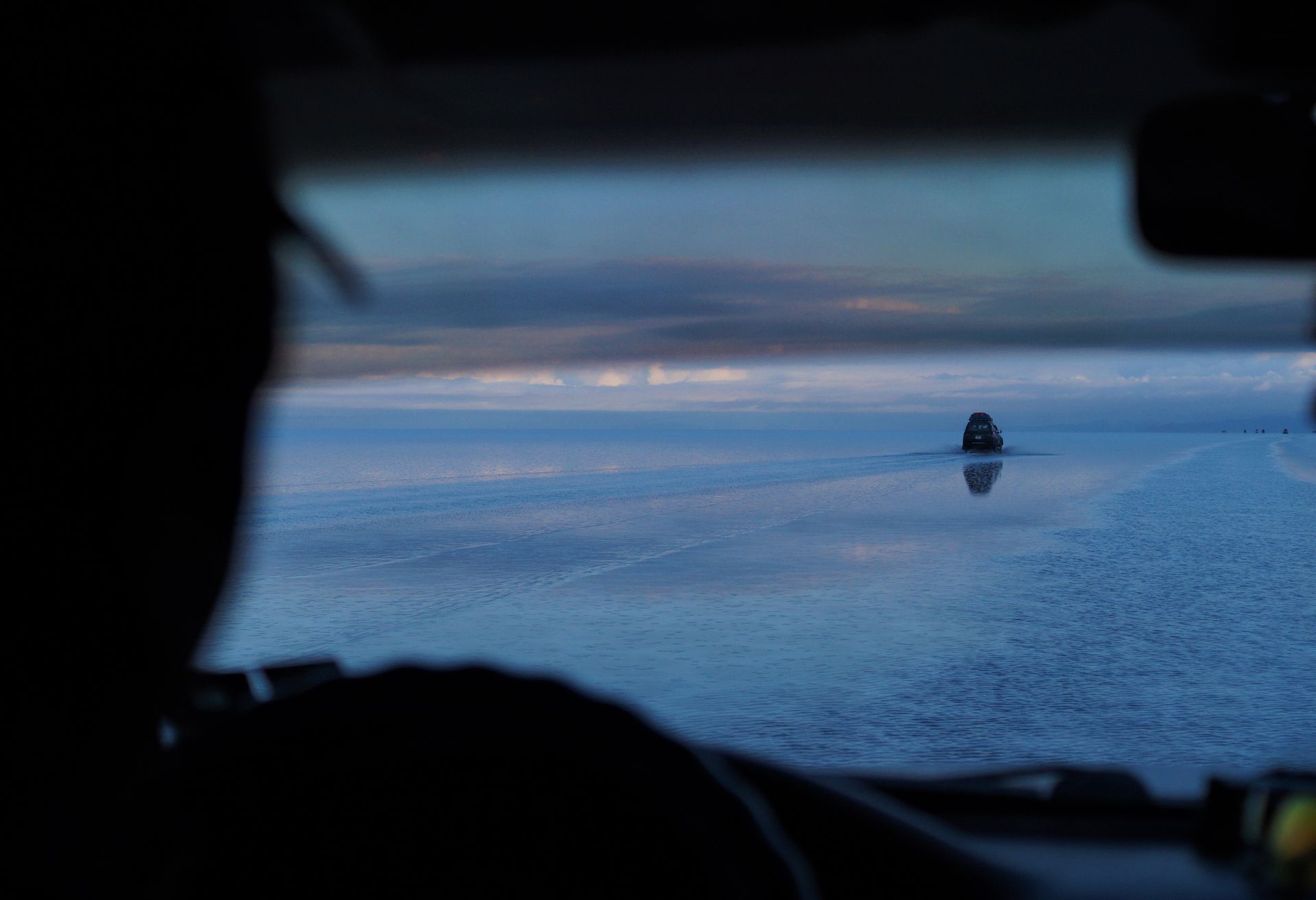
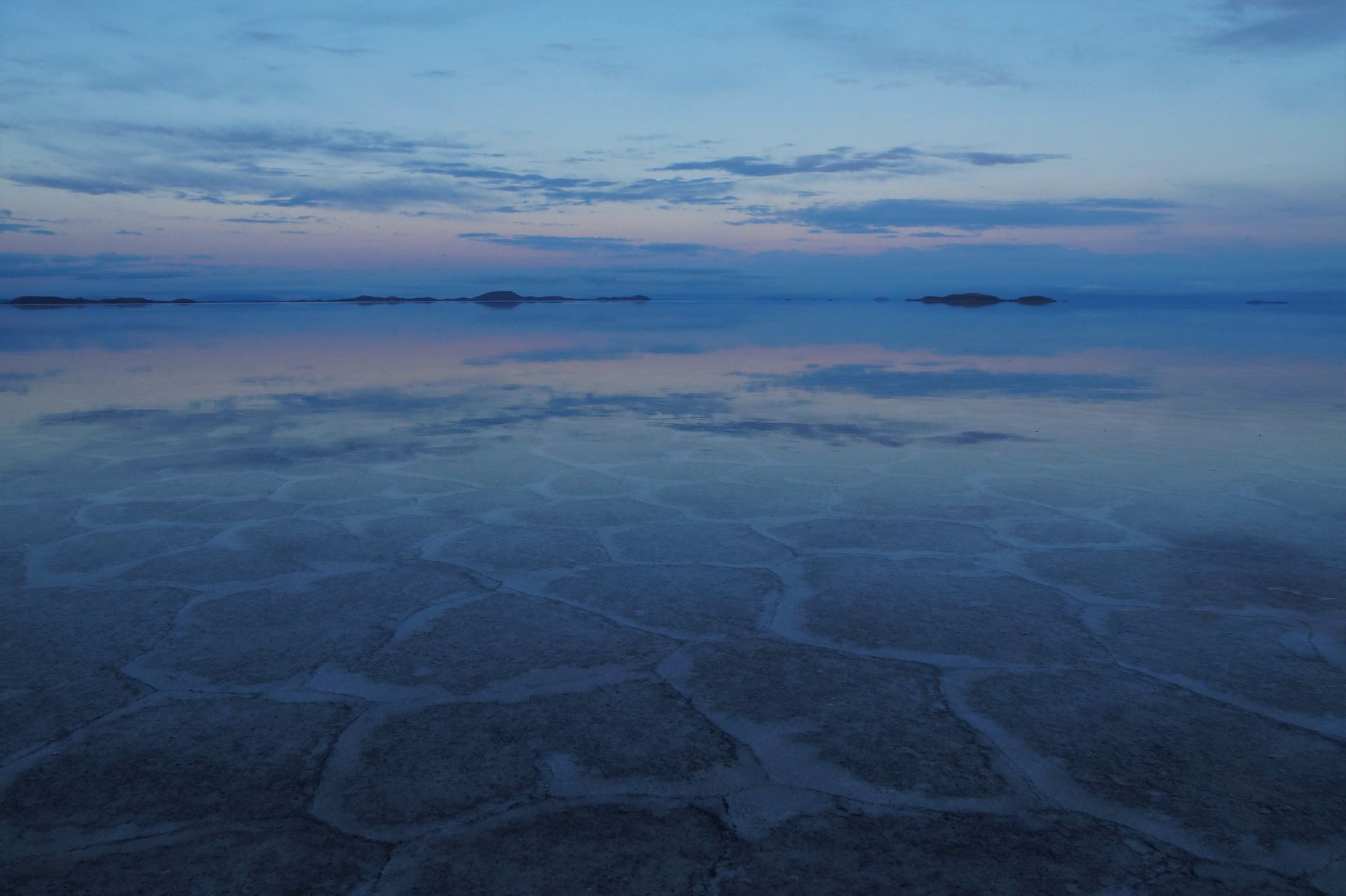
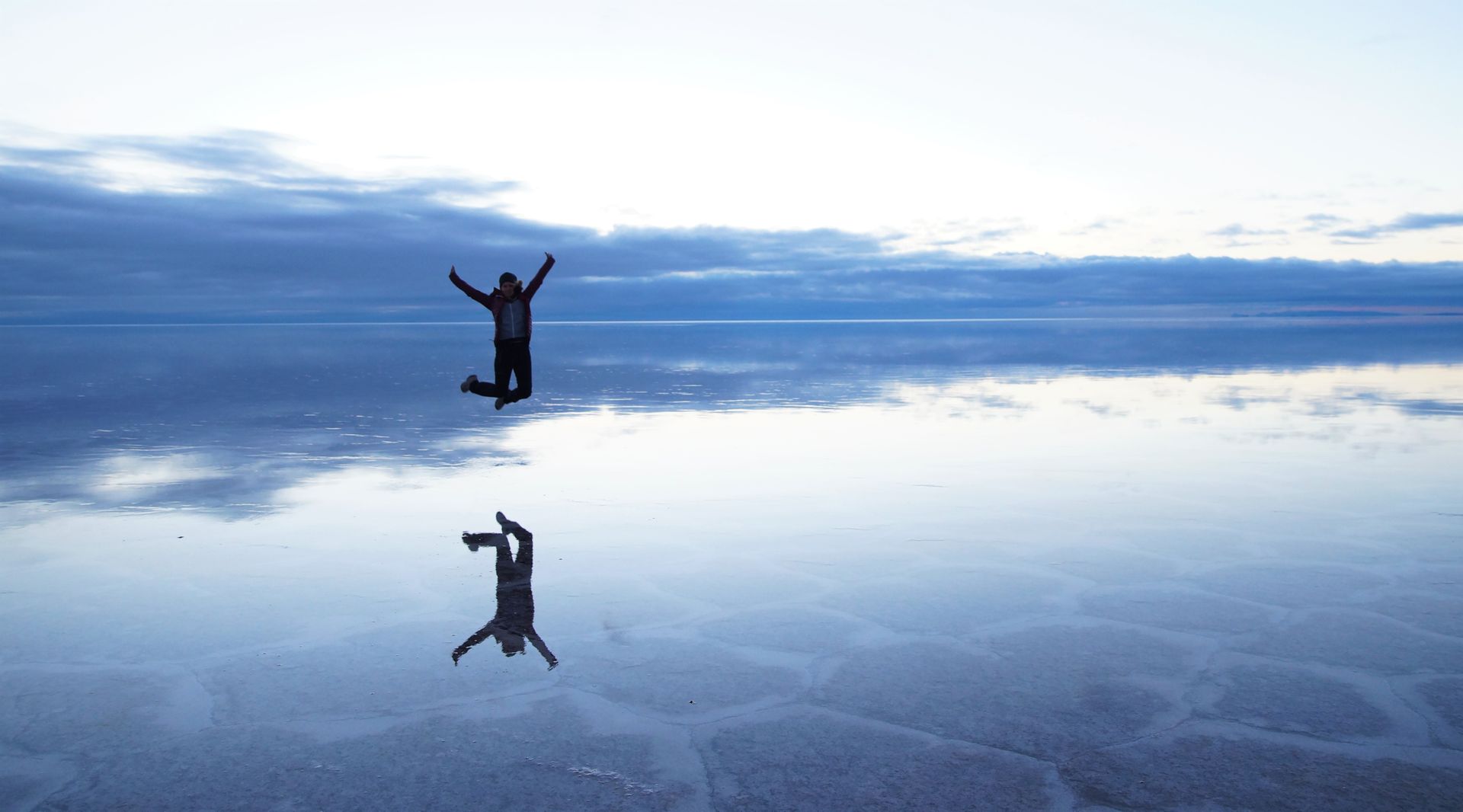
In time for breakfast, we reached a small island in the middle of the Salar, where there were a variety of towering cacti to admire. Moreover, from the summit of the island, there was an incredibly good view of the completely surreal surroundings.
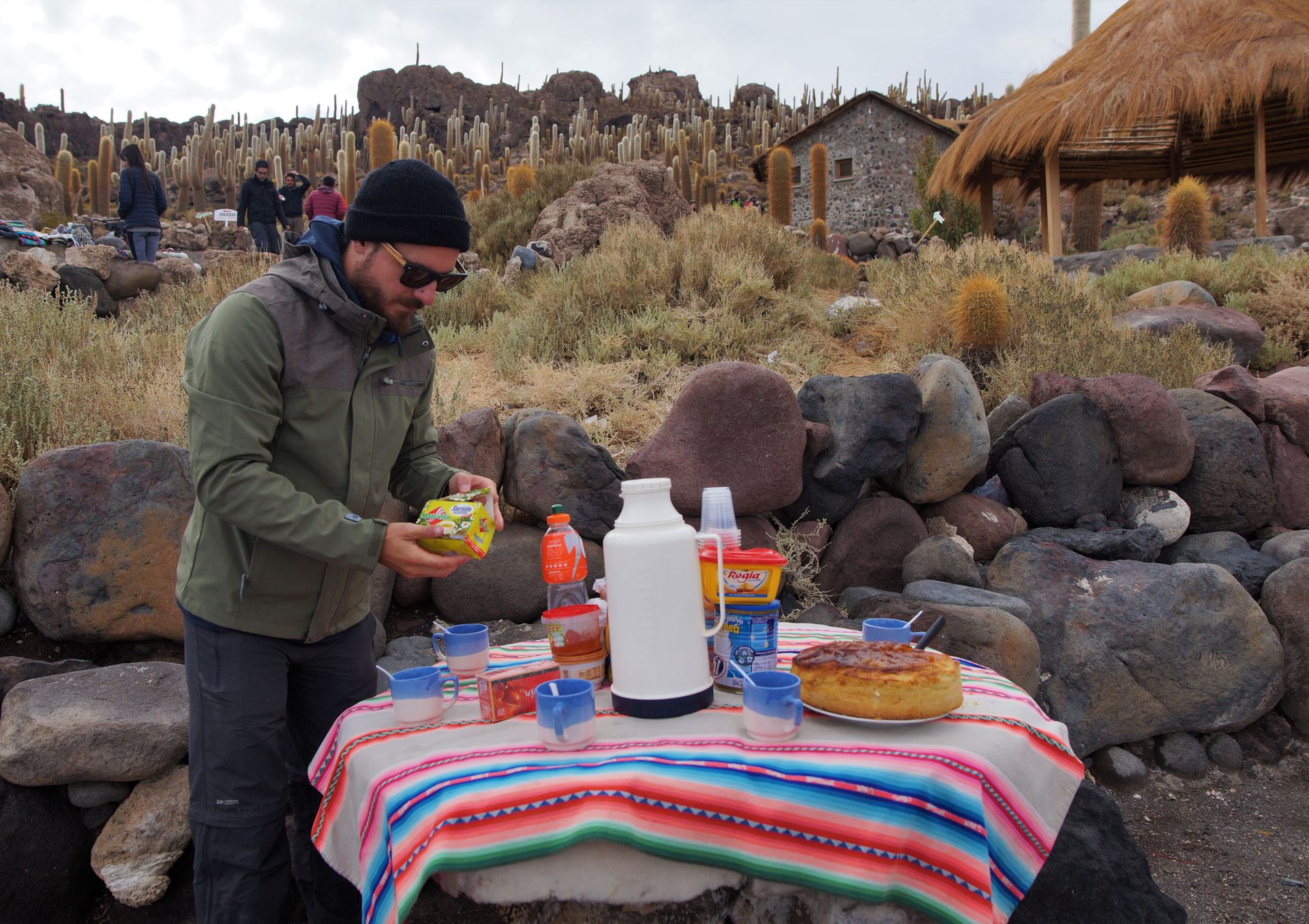
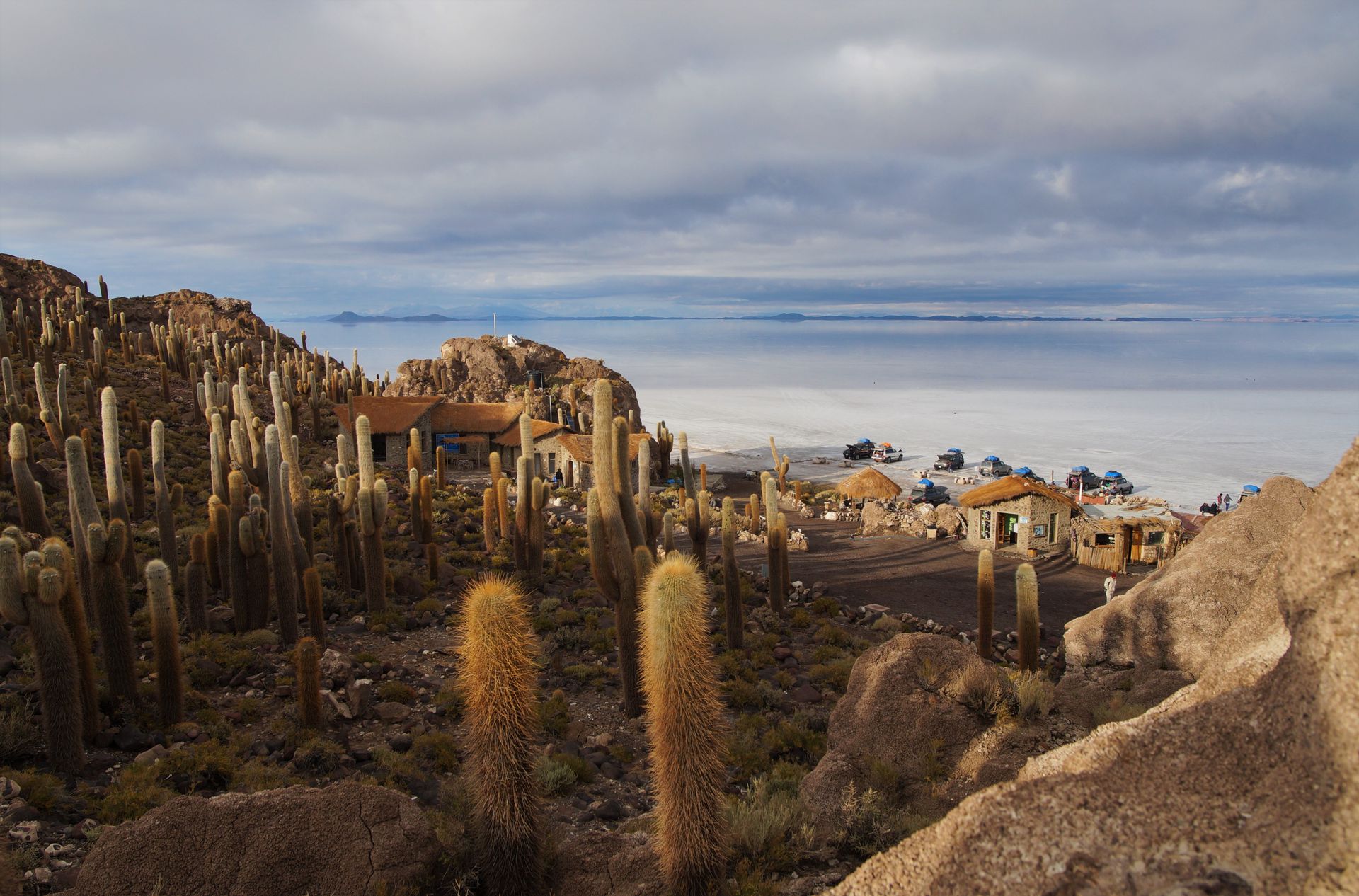
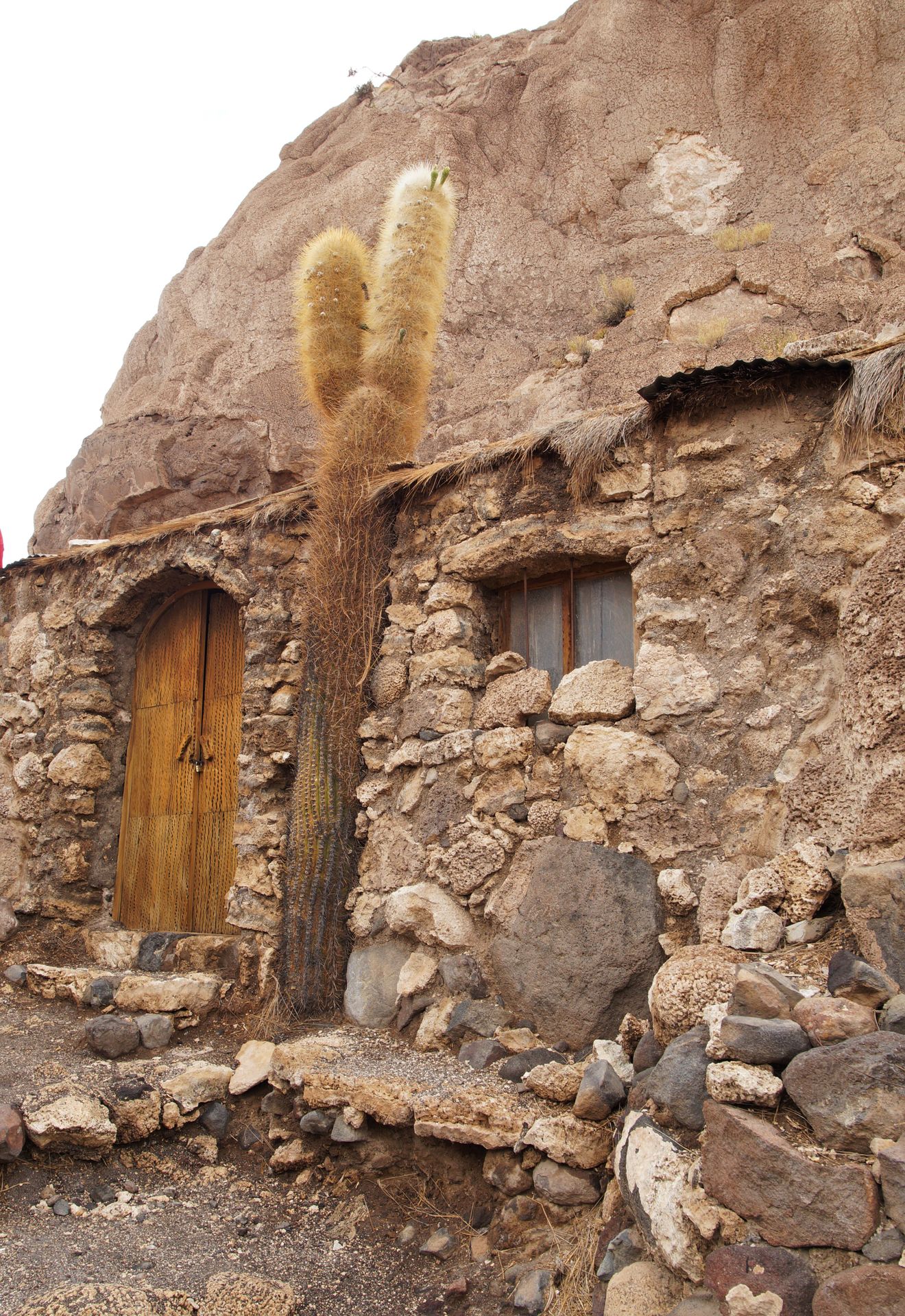
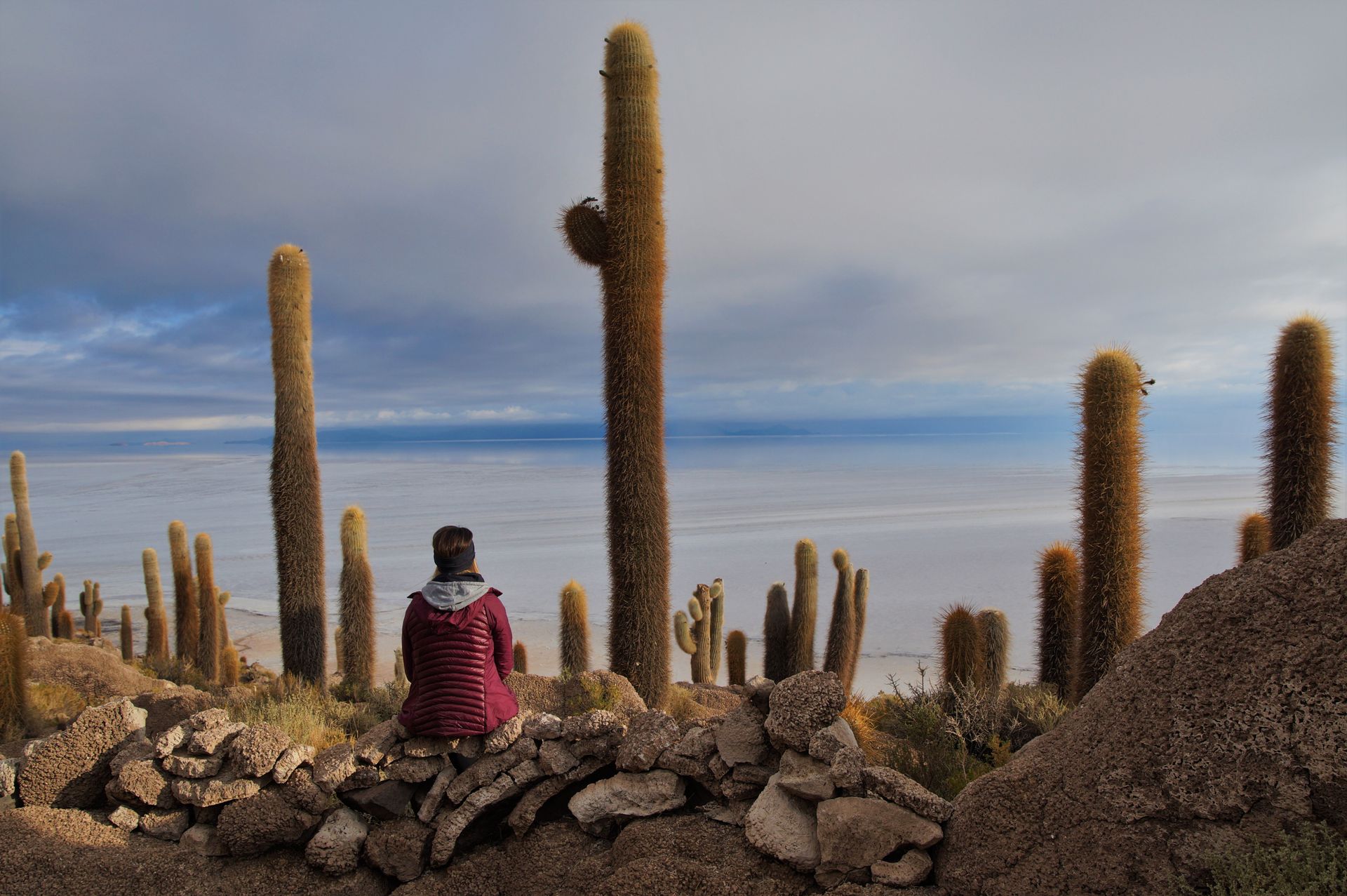
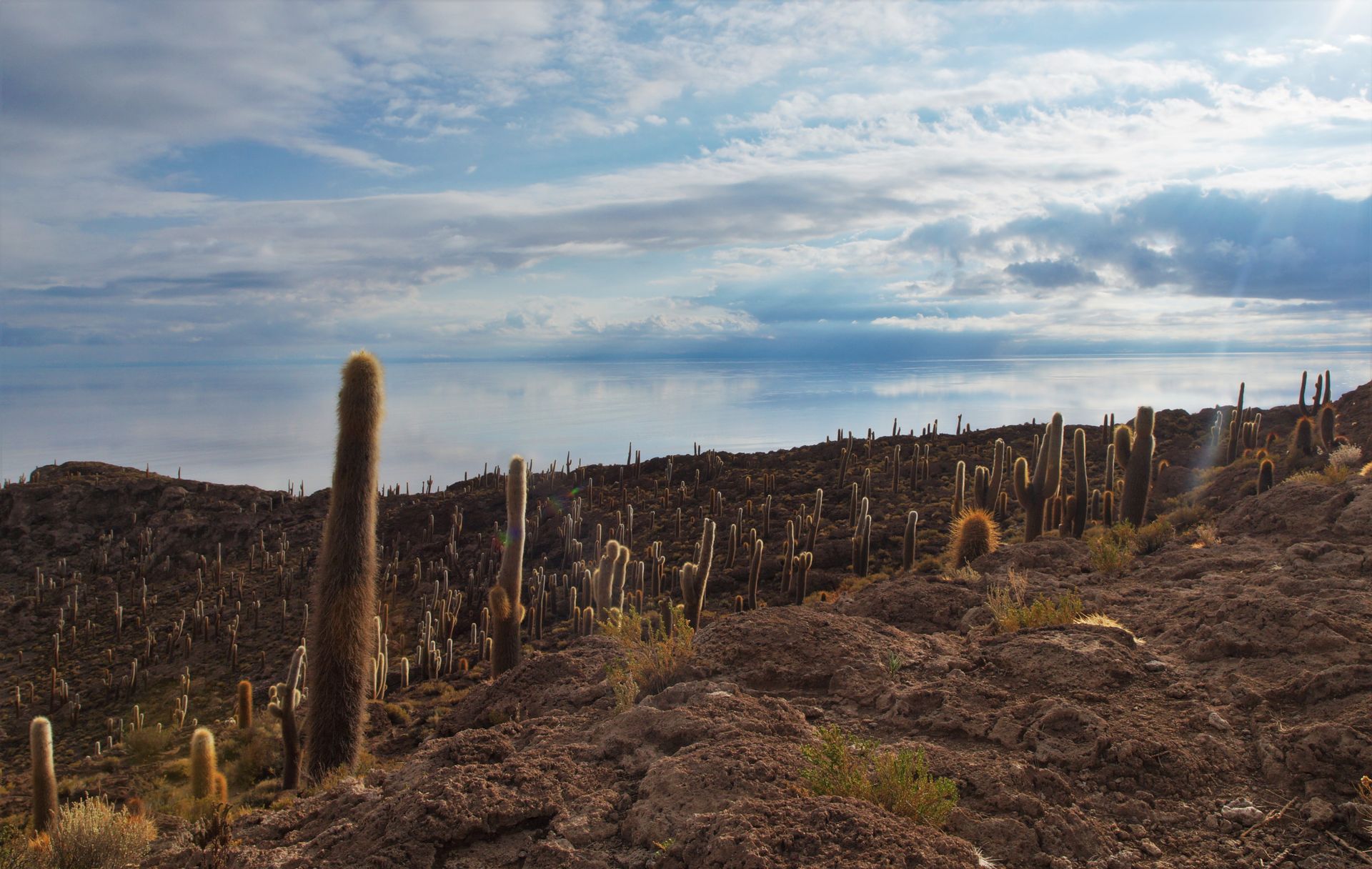

After breakfast, we tried to take one of the famous Salar de Uyuni illusion photos. The idea is to use the endless white background for optical illusions. However, it is not that easy at all, and we also relied on the photography skills of our Chinese fellow travelers. They assured us that they had some experience with these photos - bullshit! The results were extremely unsatisfactory, and due to the schedule, we had to cut the whole thing short. Nevertheless, we want to present the most passable result...
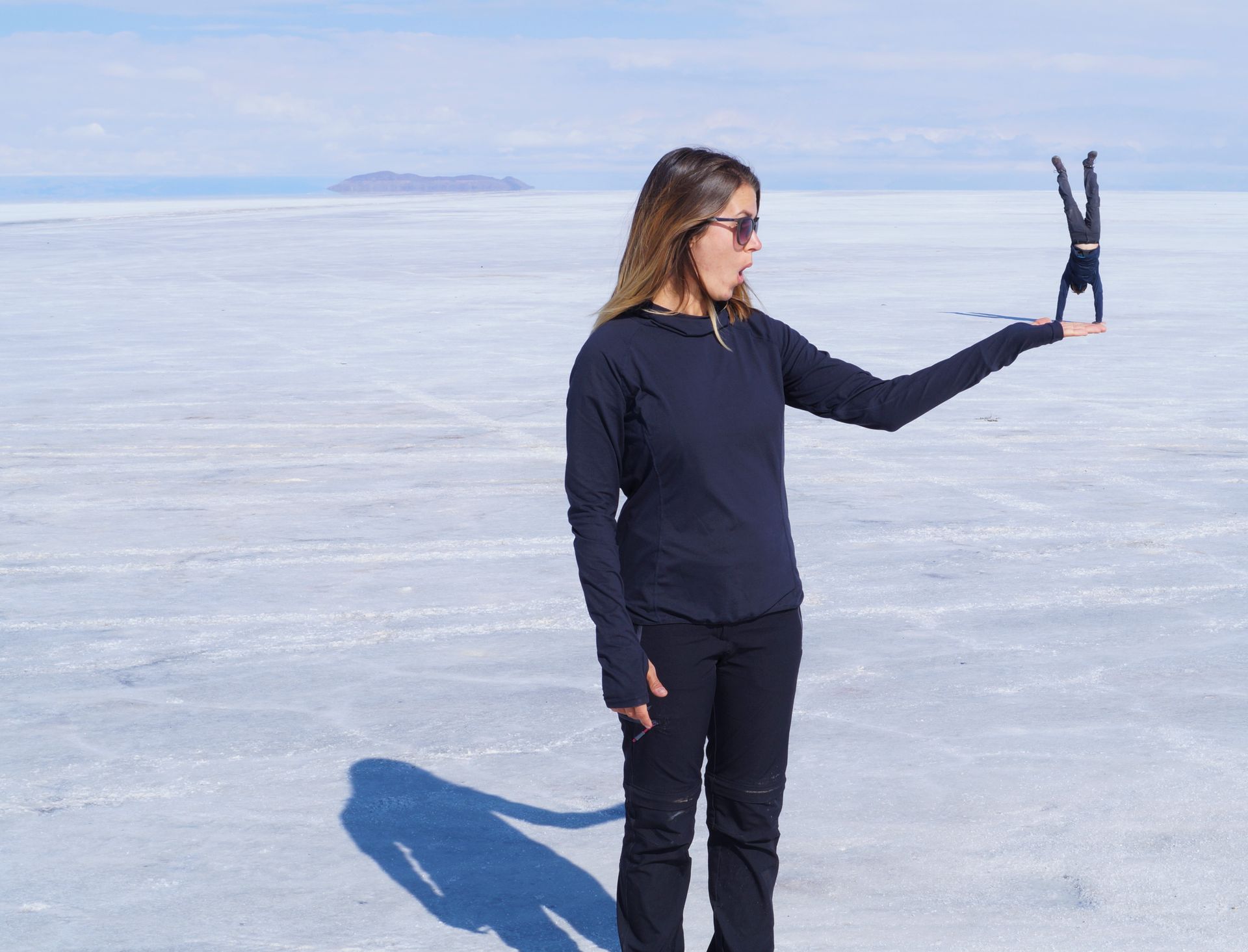
Afterwards, the absolute highlight of this tour followed. We drove about two and a half hours at a walking pace, with our mouths wide open, through the salt desert, and had an absolutely absurd view. Due to the mirror effect in the water, it was difficult to determine where the water ended and the sky began. One simply had no reference point, and the horizon could only be guessed. We will certainly never forget this sight!
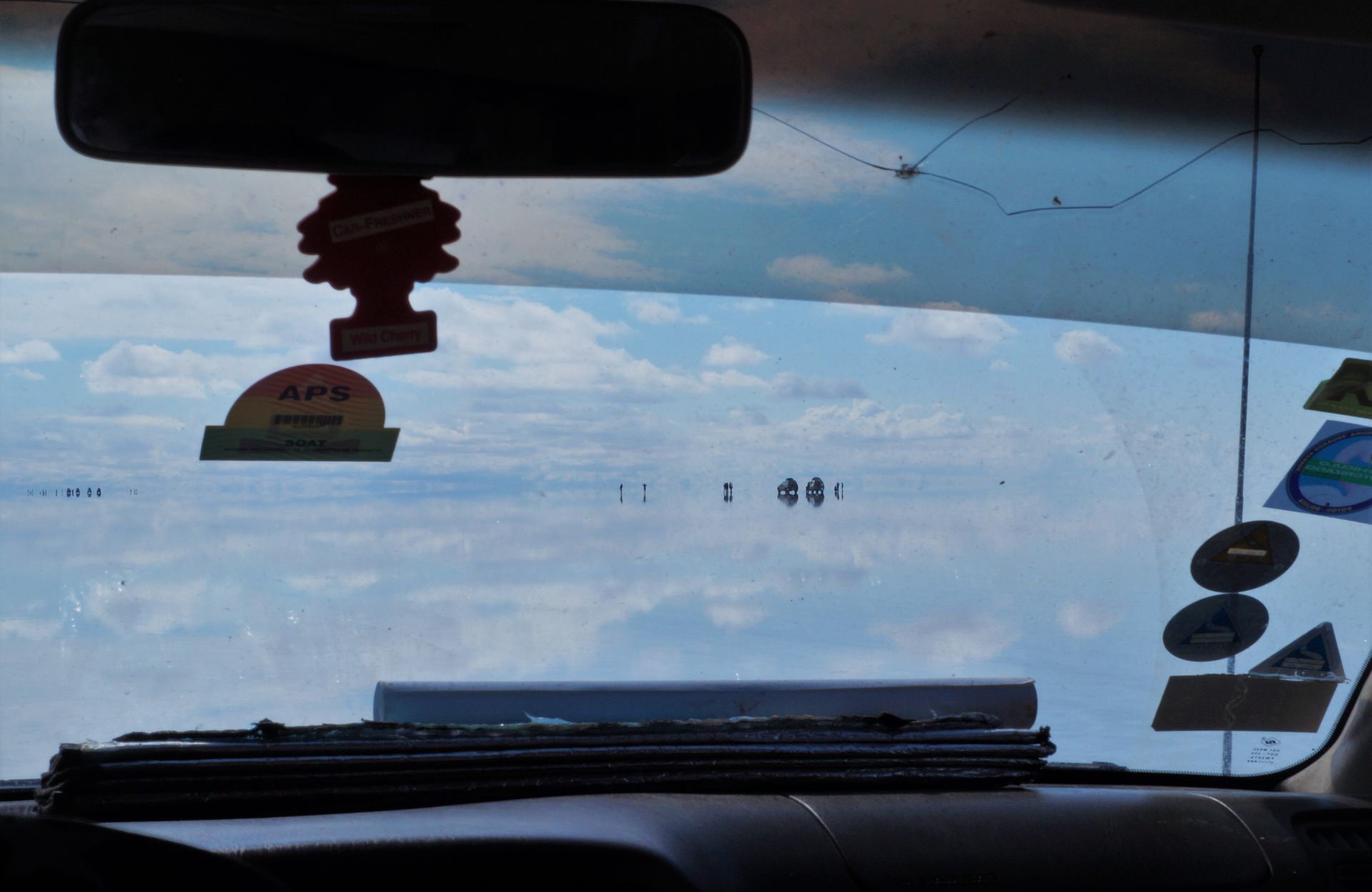
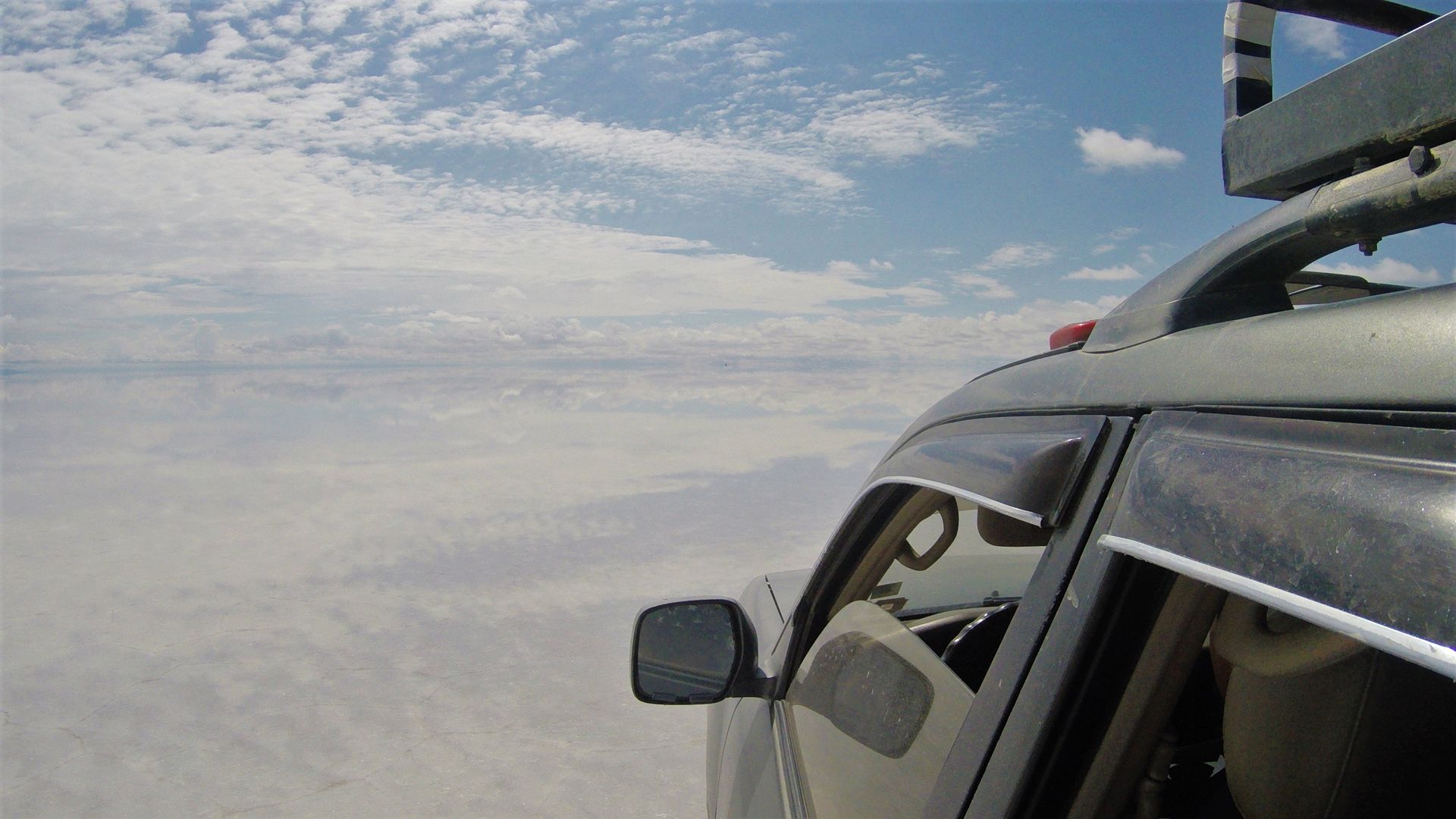
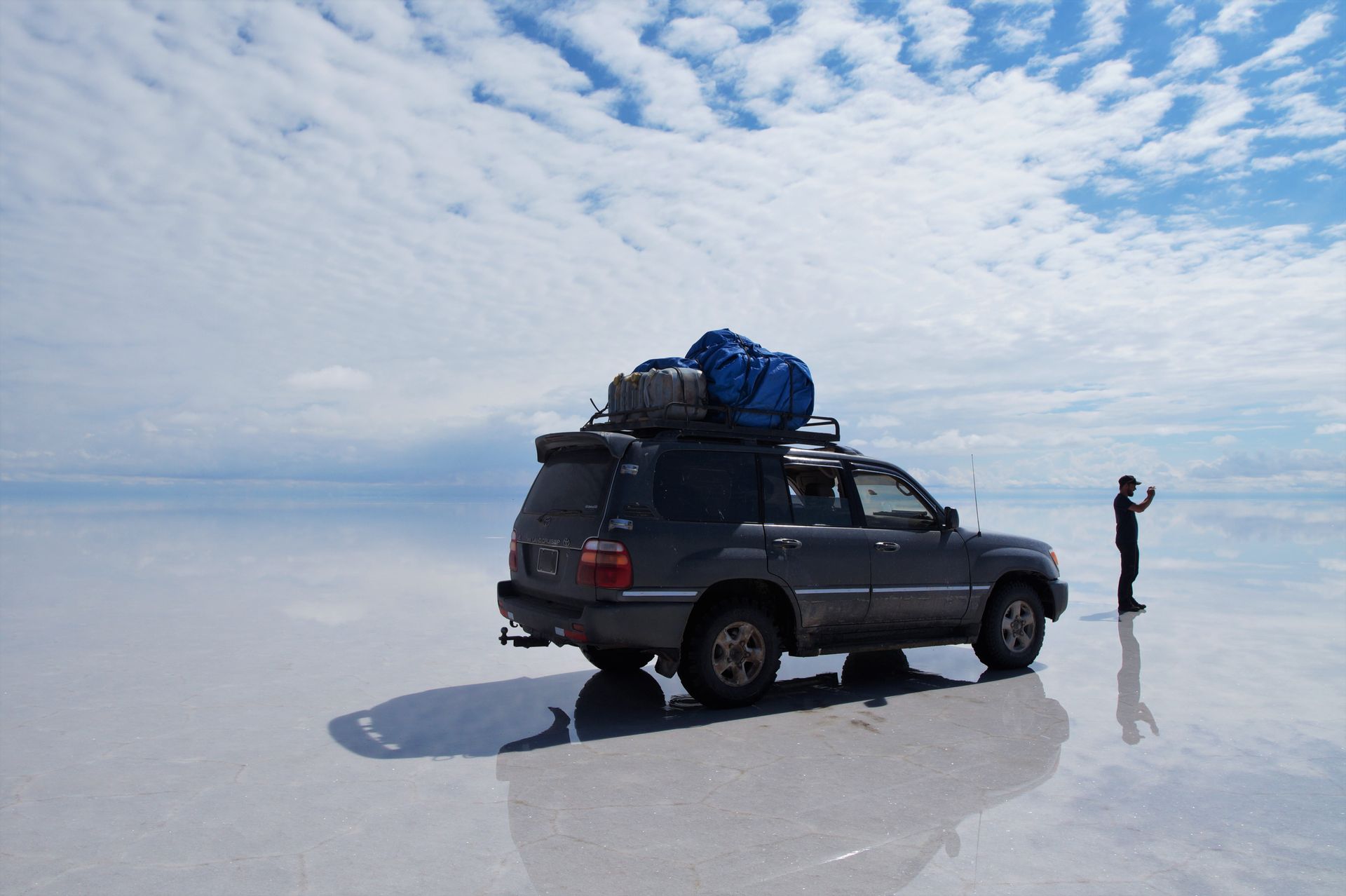
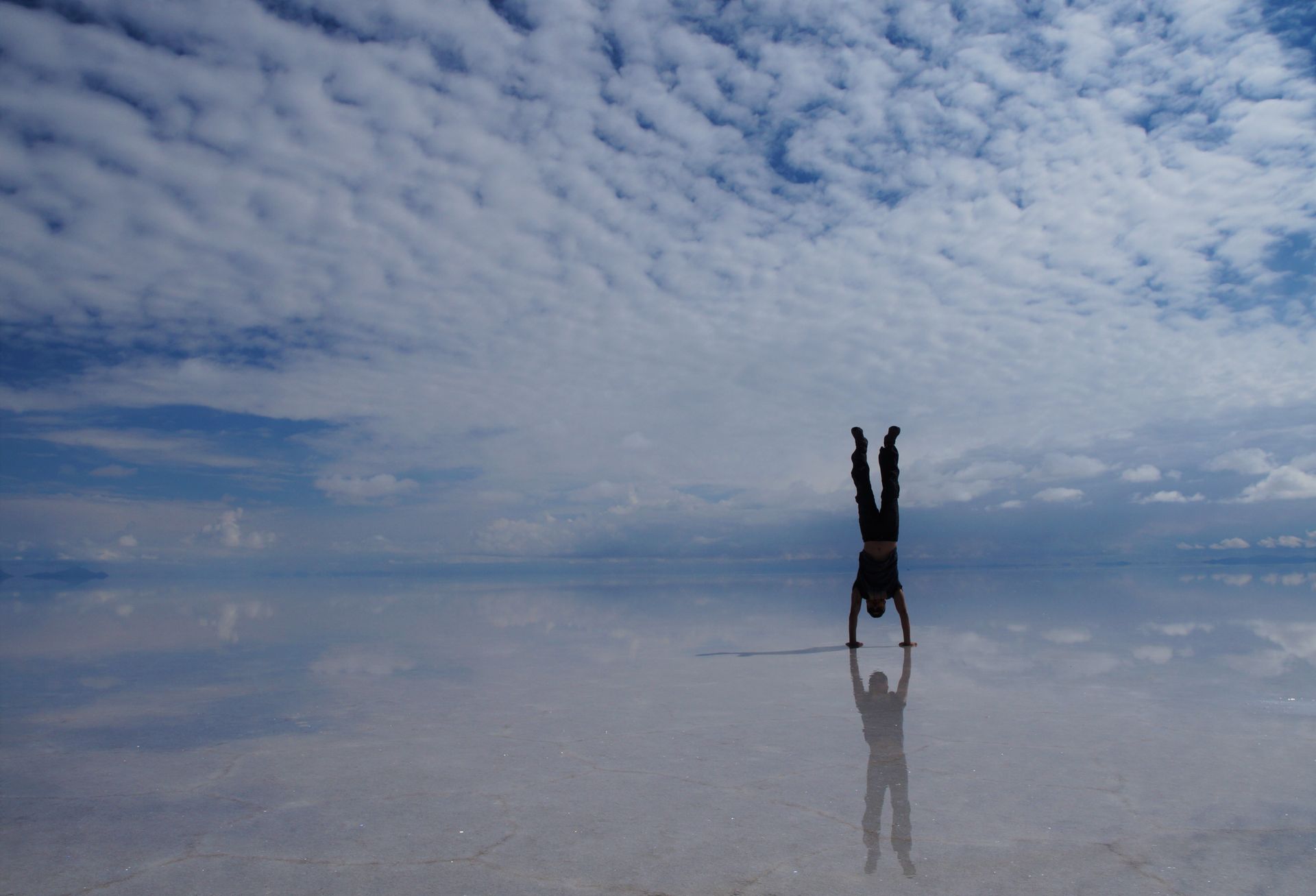


At some point, we saw land again and approached civilization, if you can call it that. We stopped in a small village along the way where all the tourists were forced to go souvenir shopping - not exactly my thing, as you can imagine. Then we arrived at our destination - the small city of Uyuni. Here, too, we encountered an extremely rustic scene. For lunch, we had llama meat this time. I'm not entirely sure if the locals also eat it or if it's more of a part of the show. When I saw the meat, I was sure that I would not try it. Emi was a bit more curious and bravely took a fillet, but after a few extremely tough bites, she had to admit that it was inedible.
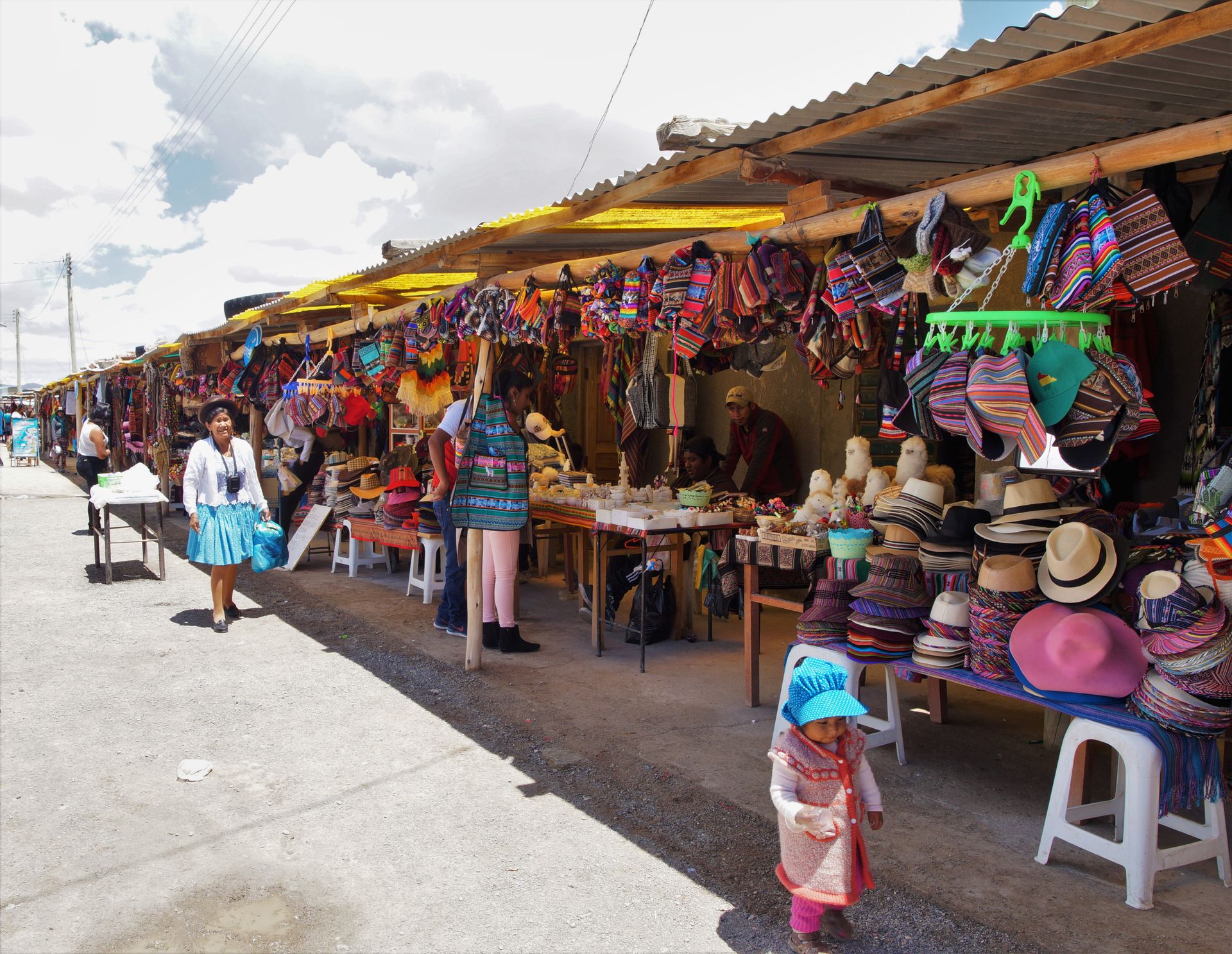
Before we were dropped off in the 'city center', there was a short visit to the train cemetery in Uyuni. At this point, we were not very enthusiastic about old rusty trains anymore. I thought to myself that it could be an interesting business model, and that it might even be suitable for the Austrian Federal Railways...
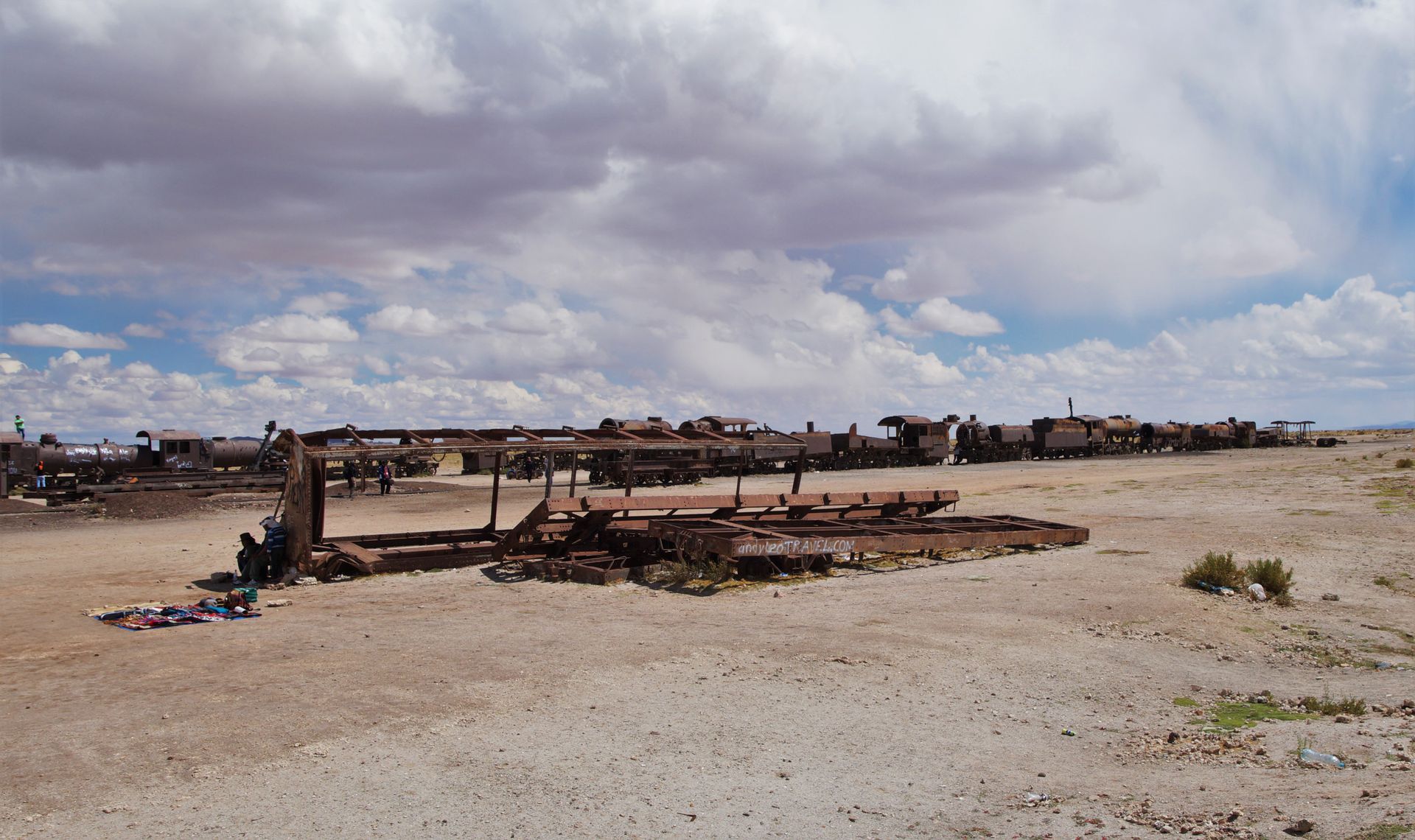
At 3:00 pm, we had made it, the tour ended at the travel agency in Uyuni. We just had to kill time until our 45-minute flight from the ridiculously tiny Uyuni airport to La Paz. At 11:00 pm, this incredibly long day finally came to an end, and we fell into bed completely exhausted but extremely satisfied.
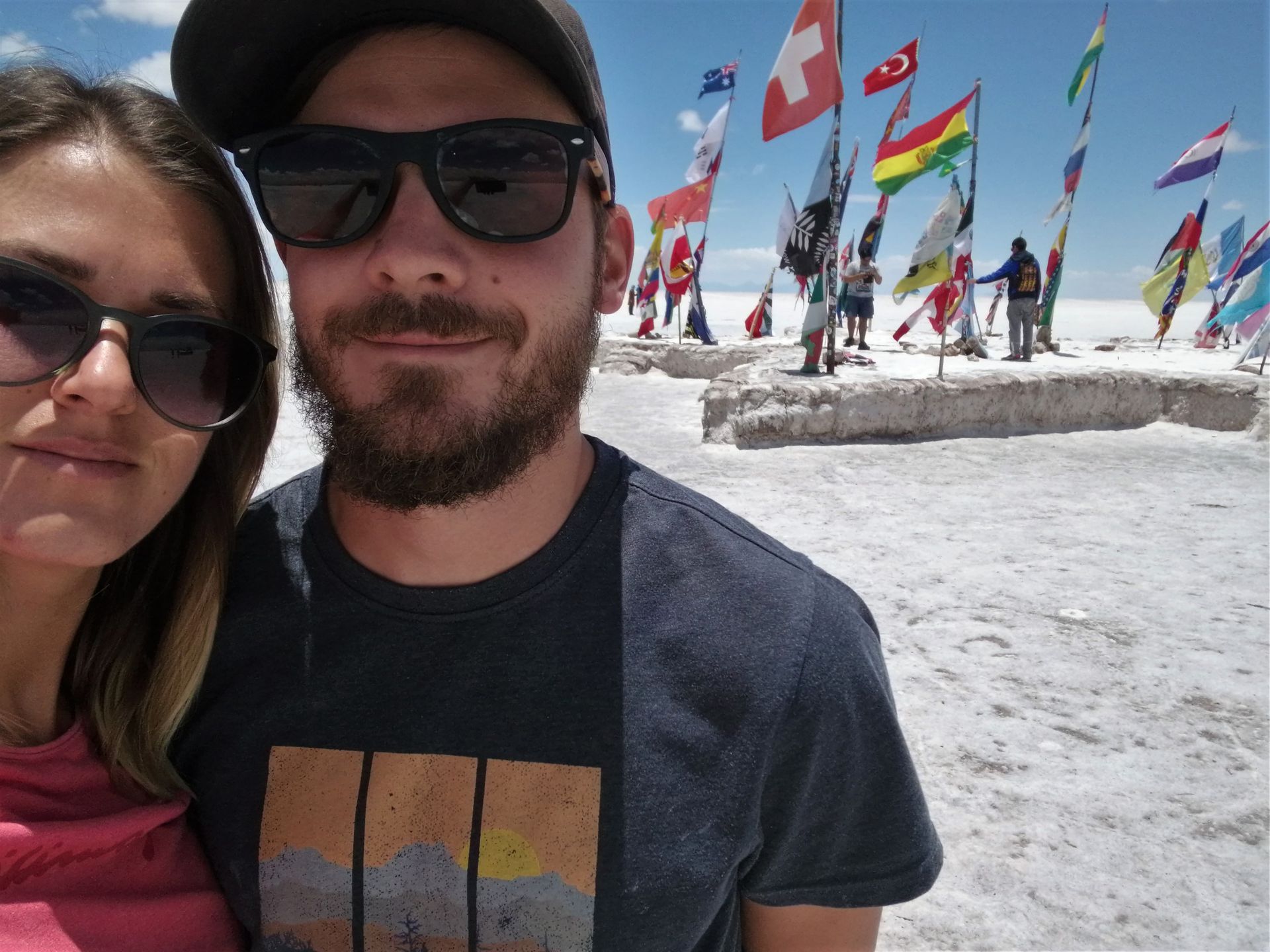
Conclusion:
The tour was worth every penny! Driving for three days in a 4x4 vehicle through difficult terrain was pure adventure and nature. The landscape in southern Bolivia is absolutely incredible. In the villages and small towns, you can see that Bolivia is the poorest country in South America. Unfortunately, I have no other word than 'ugly' to describe the scenery in the villages, but this does not necessarily have to be seen as negative. It simply adds more adventure, and the impressions are more lasting than in a well-known, comfortable environment. The people here in Bolivia are just as simple and straightforward, but extremely kind and lovable. Also, the Spanish language in Bolivia is finally somewhat understandable for us. So we can't wait to learn more about this country and the people who live here.
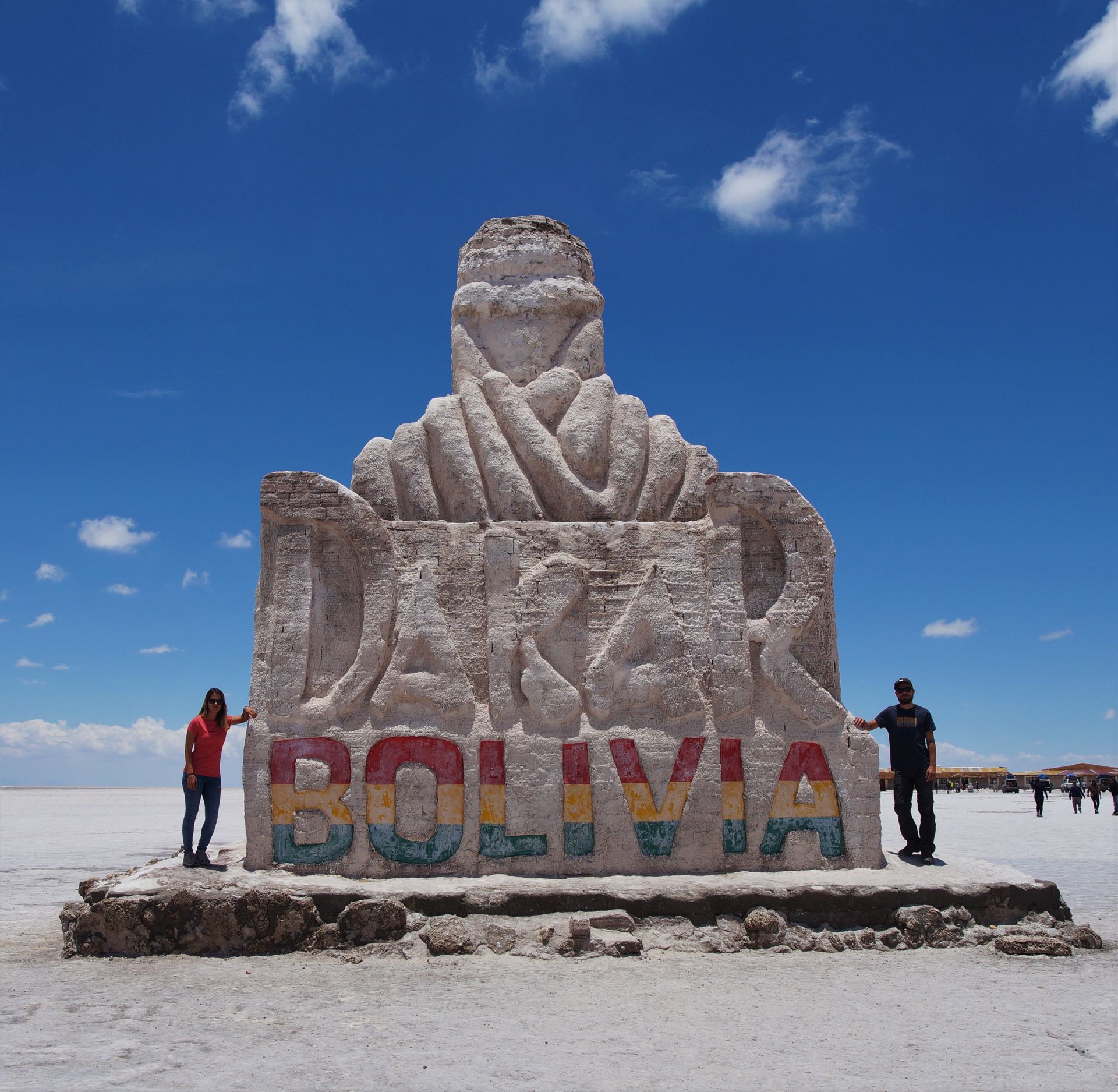
Hasta pronto!
E&L
>> Next stop: La Paz <<
Subscríbete ao Newsletter
Resposta (2)
Elisabeth
Omg 😮 so eine schöne Landschaft, und die Süßen Lamas . Viel Spaß weiterhin noch Emi
Danke Lisi! ;)
Informes de viaxes Bolivia
